I finally went to Japan! It was really nice. I found myself enjoying through both the ups and downs. Many things happened in the planning and execution of the trip. In this post I reflect on what happened, what I enjoyed and not, what I learned, and what I hope to do next.
Ideation
The initial idea was sparked many years ago (maybe it was 2019?), thrown around occassinally when chatting with Leo or with the Unyu group. But that idea stuck at being just an idea as there was no more concrete planning that happened since then. Also the Covid travel restrictions happened so I couldn’t really act on it int the past few years. Then last year around August, after more deliberations and encouragements, I took the risk and booked the flight tickets.
Once I booked the non-refundable tickets, the journey started becomnig real. I even thought of a quote from the anime A Place Further Than The Universe:
If you can still turn back, it’s not really a journey. When you hit the point of no return, that’s the moment it becomes a journey.
Hinata Miyake
Planning
The huge task of planning for the trip started. Since it was still many months to go till I can apply for the visa, I committed that every Tuesday evening that I commit to work on this.
It was an enormous task, but breaking it down into many little pieces helped a lot. When booking the trip, I knew I would visit the mainstream places: Osaka, Nara, Kyoto, Fuji, and Tokyo. So I broke the task down into planning what to do on each places.
I read up those travel guides and I also reached out to some friends and families who had or was going to visit Japan to share their itineraries. Then I put the locations as pins in Google Maps. Then I created an Excel sheet to plan for the visit of those places that are close together.
One thing I hoped I learned much earlier was that I should’ve used itinerary builder apps like Japan Travel by Navitime which takes into account travel time between the places. In the end, I still use the app too (importing manually from my Excel sheet) since it gives a more accurate travel time and during my travel execution, it helped a lot in the navigation.
In terms of accommodation booking, it was actually quite easy and risk-free. Using sites like Booking.com or Agoda, they provided free cancellation until like 2 weeks before the check-in date. I waited for days where Shopback gives higher cashback before booking with them. One thing I learned from this experience was that Agoda has a dark pattern in charging your card by adding a 5% mark-up fee. I realized this too late and had to bear with that extra charge. From this forum post, you need to fulfill two specific conditions to be able to pay in the hotel’s local currency.
Visa
The visa application itself were quite easy, everything was done electronically. I guess the biggest “pain” when preparing for the documents was to prepare the day-by-day itinerary. While I heard that you don’t have to make it very detailed, you do have to put some details like where you want to visit on each days.
During the application, the only major issue I found was that sometimes the picture of your passport couldn’t be read (since they process the image to electronically read the machine-readable section of the passport page), so you have to retake the picture again. The application itself took around 2 weeks to be reviewed and it was only when it’s approved that I have to pay for the application.
I had a small shock when I noticed that I received a visa for 15 days while my actual visit will be 16 days. I shot them an email to clarify if I need a longer visa. Apparently, the date of entry to Japan is counted as Day 0, and the next day is Day 1, so my 15 day visa is exactly enough for this visit.
Embarking on A Journey
When I reached Japan, I was really surprised at the weather: It was really cold! It was 7 degree Celcius, it was rainy, and I didn’t prepare any winter clothes. Thankfully there are Uniqlos everywhere. Initially I only bought some Heattech innerwears and wore them directly. While they provided huge relief indoors, when walking outdoors it was still really cold due to the wind. Later in the evening of the first day, I finally purchased a down jacket and it was totally a lifesaver.
Osaka
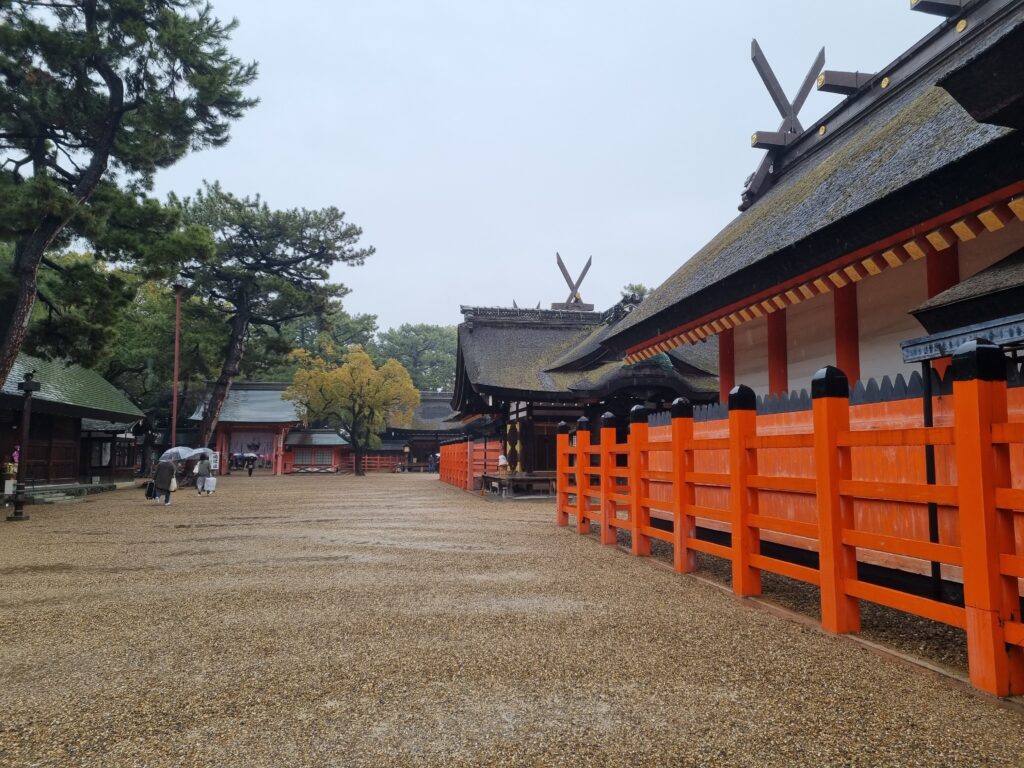


Osaka was the first city I visited. I spent three days here: two days for the city and one day for Universal Studios Japan.
I visited many of the popular tourist attractions, such as Dotonbori, Osaka Castle, Shinsekai, Nipponbashi, Umeda Sky Building, and some others. I will highlight some of the places that I enjoy a lot.
Osaka Castle was very grand and quite educational. From the station to the main building itself, you have to walk 20 minutes, it kept me thinking that people from those times must’ve rode their horses instead of walking this far.

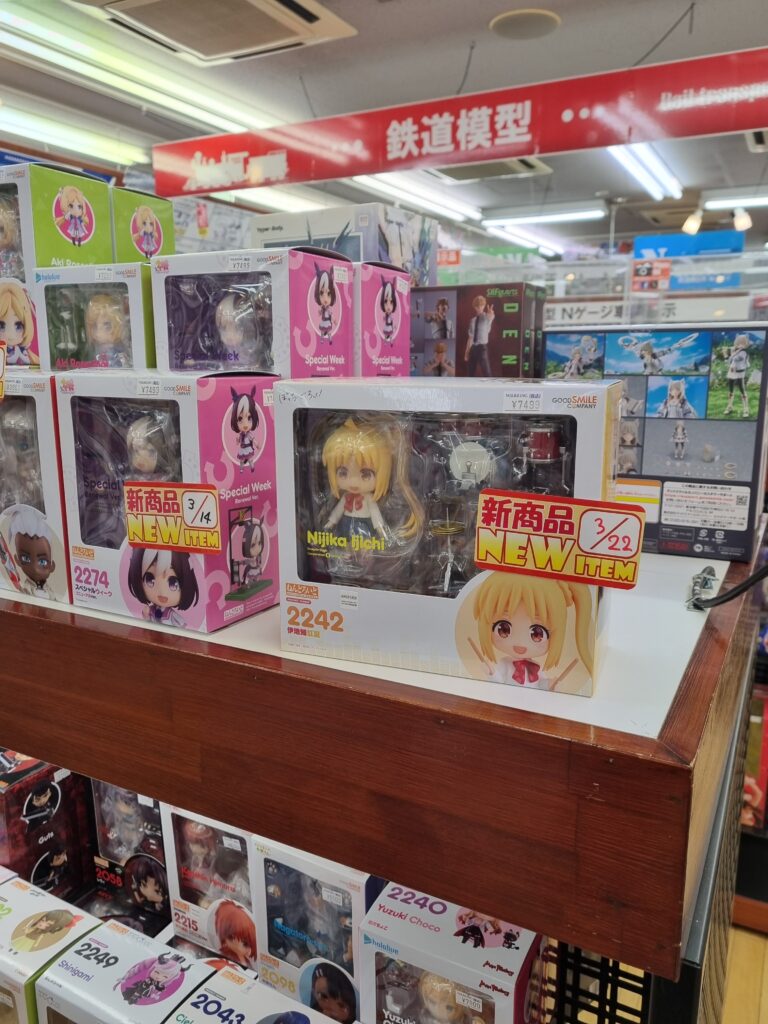
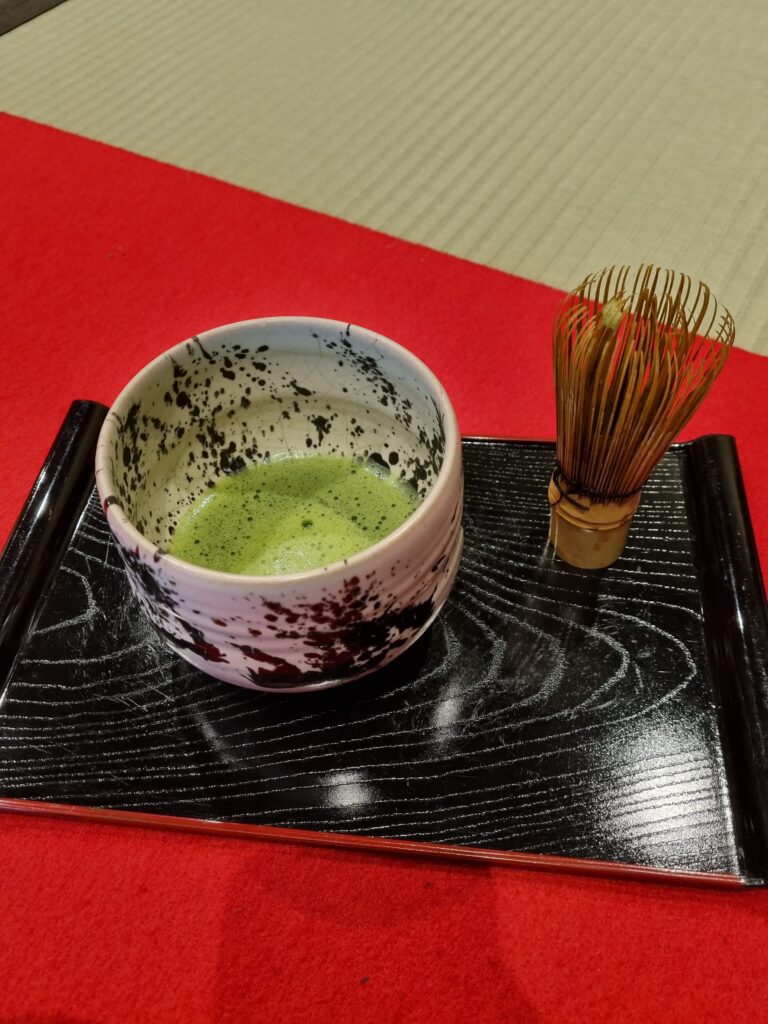
Osaka Museum of History was a hidden gem. Not much foreign tourists here and also not many signs in English, but the dioramas were amazing. It showed you the progression of Osaka from the old times through the modern times.
I felt like Osaka’s Nipponbashi was such a good place to browse hobbies items, as it wasn’t as crowded as Akihabara. I bought my first anime figurine and some music CDs.
I also attended a tea ceremony event. Although the attendees were all tourists, they were pretty good in explaining what it is and how to make matcha. While it may look simple, the tea ceremony part was actually quite difficult to do as it requires full mindfulness.
Universal Studios Japan
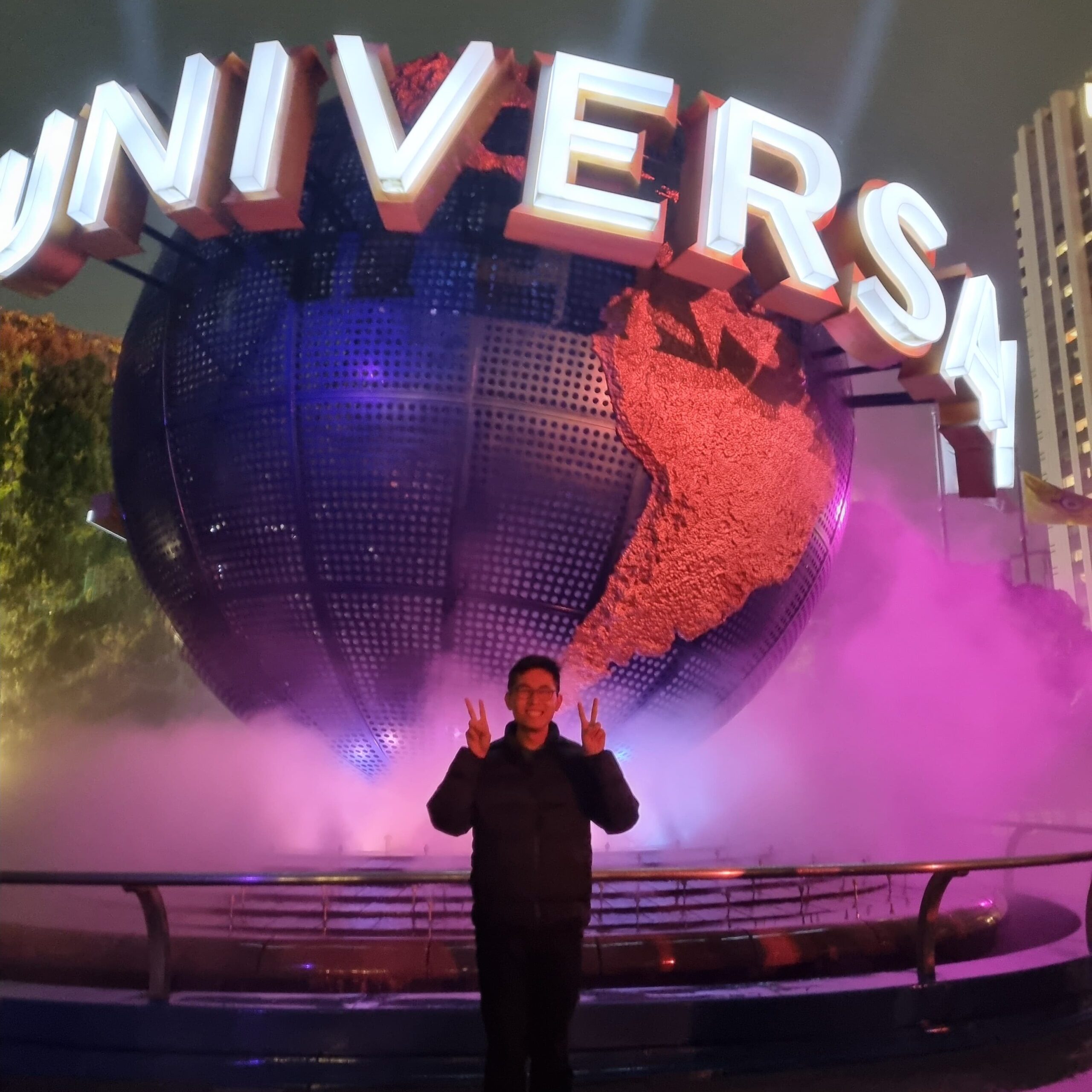
Universal Studios Japan was really nice and the express pass was totally worth the price: instead of visitting it on multiple days, you pay like double the price and finish most of the rides in a single visit.
I loved “The Flying Dinosaur” ride very much that I managed to ride it twice: once during the opening hours where the queue was very short and another time with my express pass. It was a very high intensity suspended roller coaster. Having the neighbors in the same vechile screaming hysterically in the rides also made the rides really fun.
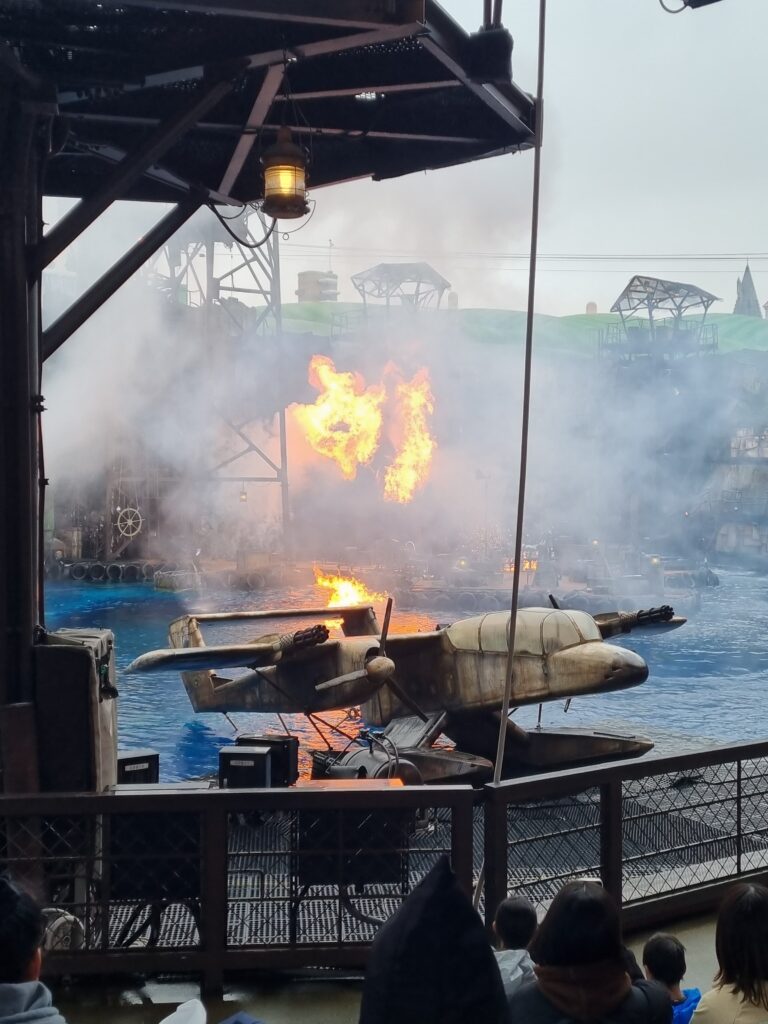
As for the shows, I watched Waterworld and the production was really amazing: so much crowd interactions, lots of cool stunts, and a lot of special effects going on in that show.
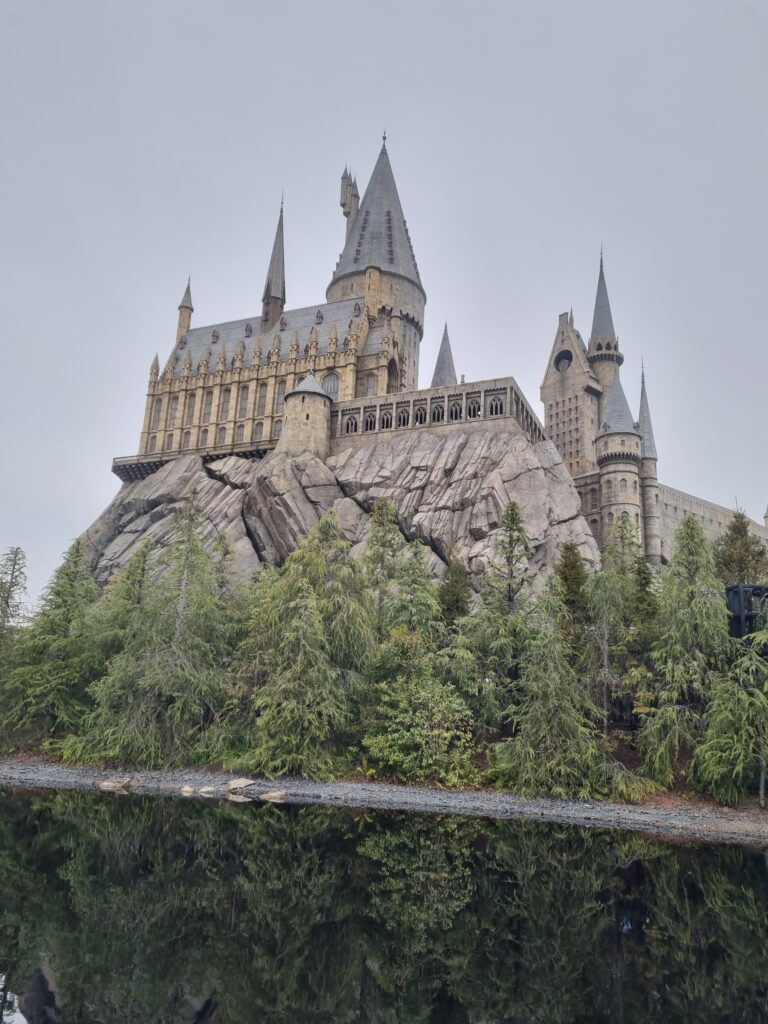
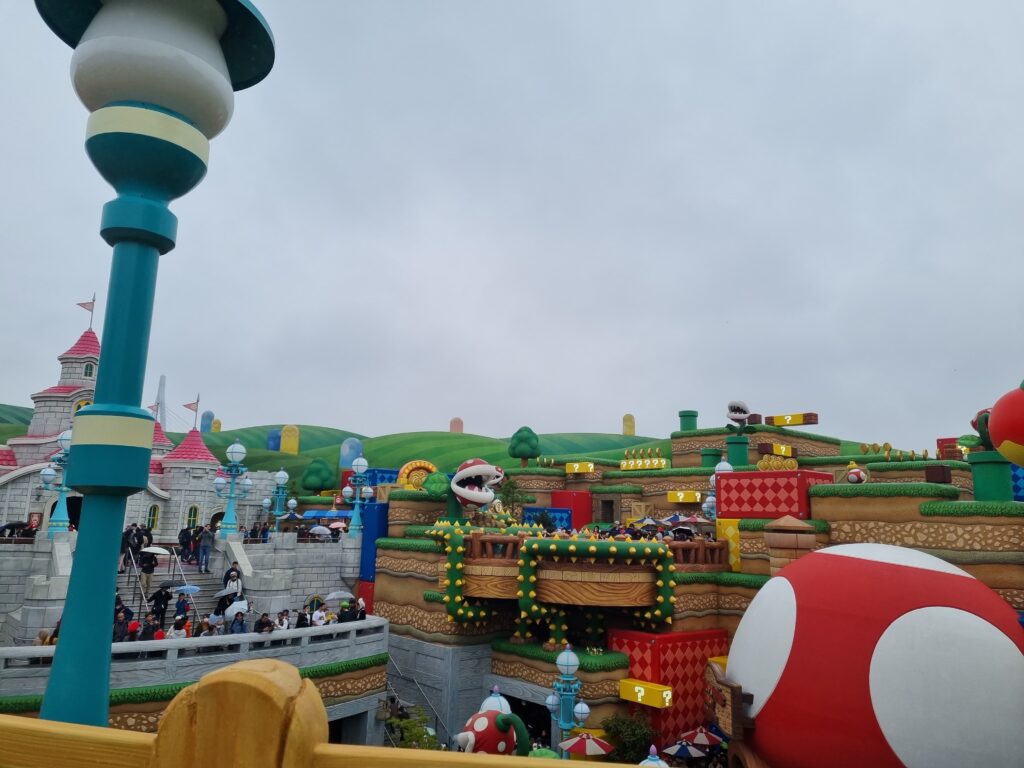
In terms of special locations, I felt like the Super Nintendo World and The Wizarding World were a bit overrated. While it looked nice in photos, I thought that they were too crowded and became a challenge to enjoy peacefully.
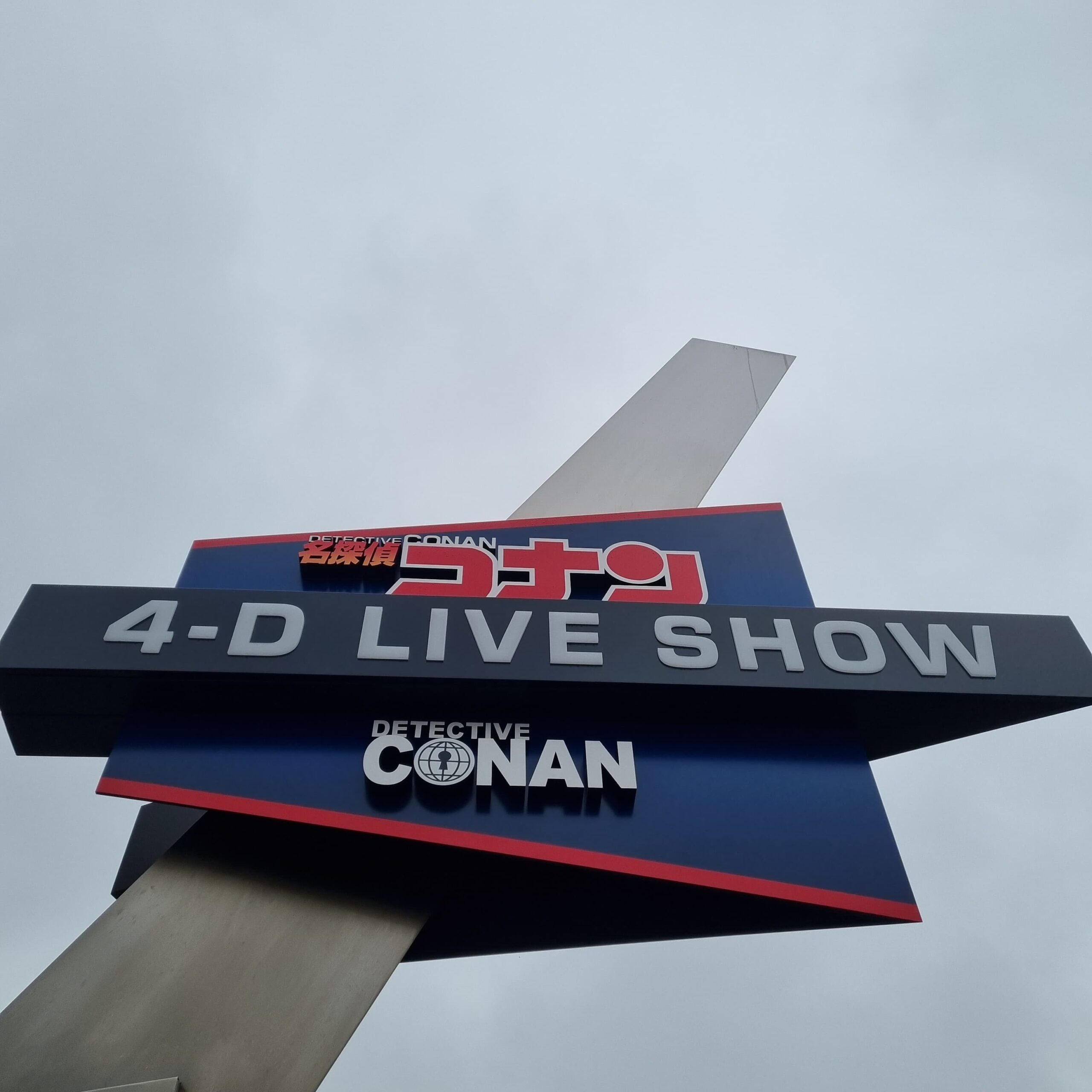
USJ is also the place for anime lovers, as many of the rides and shows were themed with different anime titles. I watched the Conan 4D Live Show and it was a great experience! It combined 3D cinema with live action actors performing in the stage and even in the audience area.
Nara
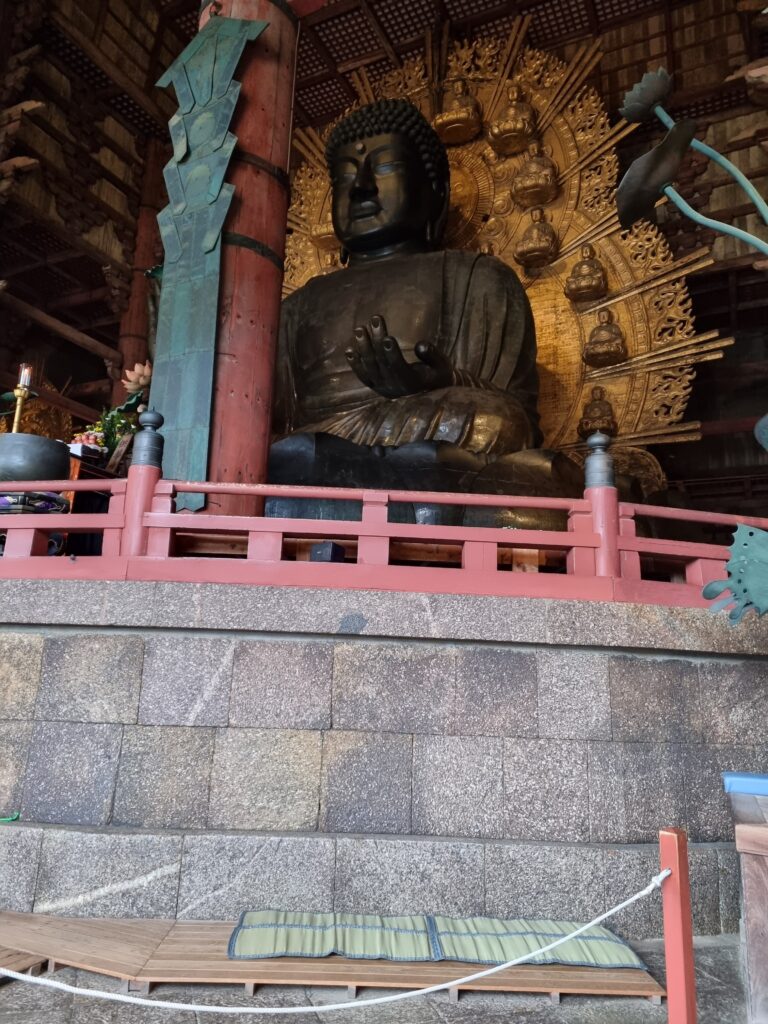
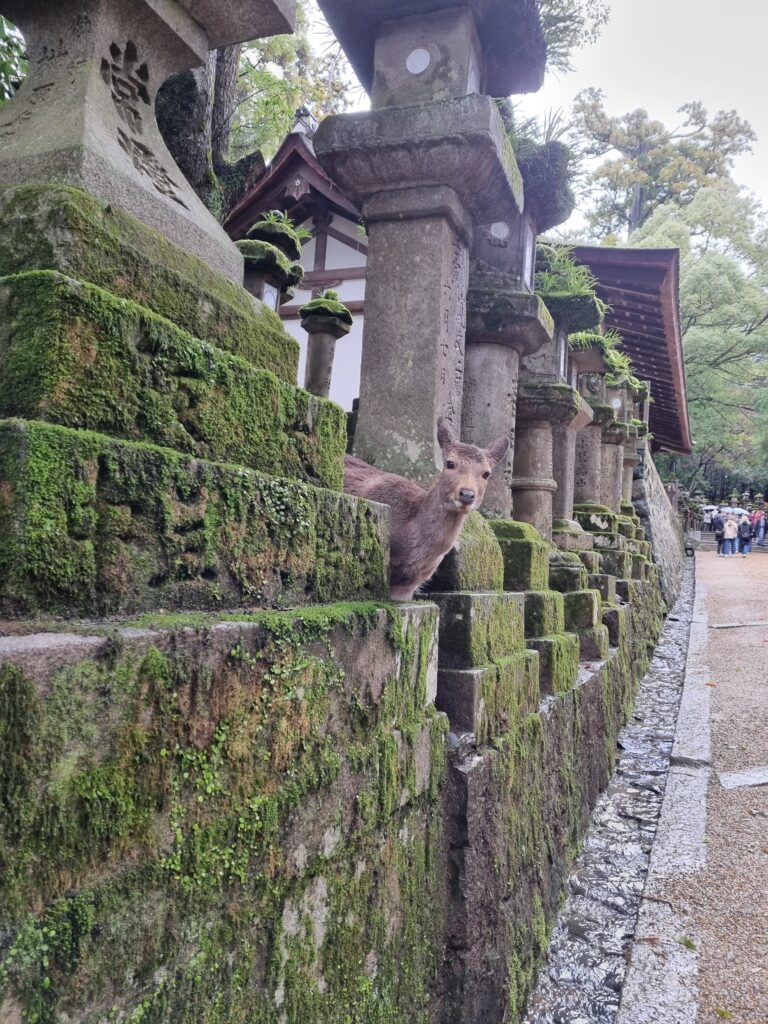
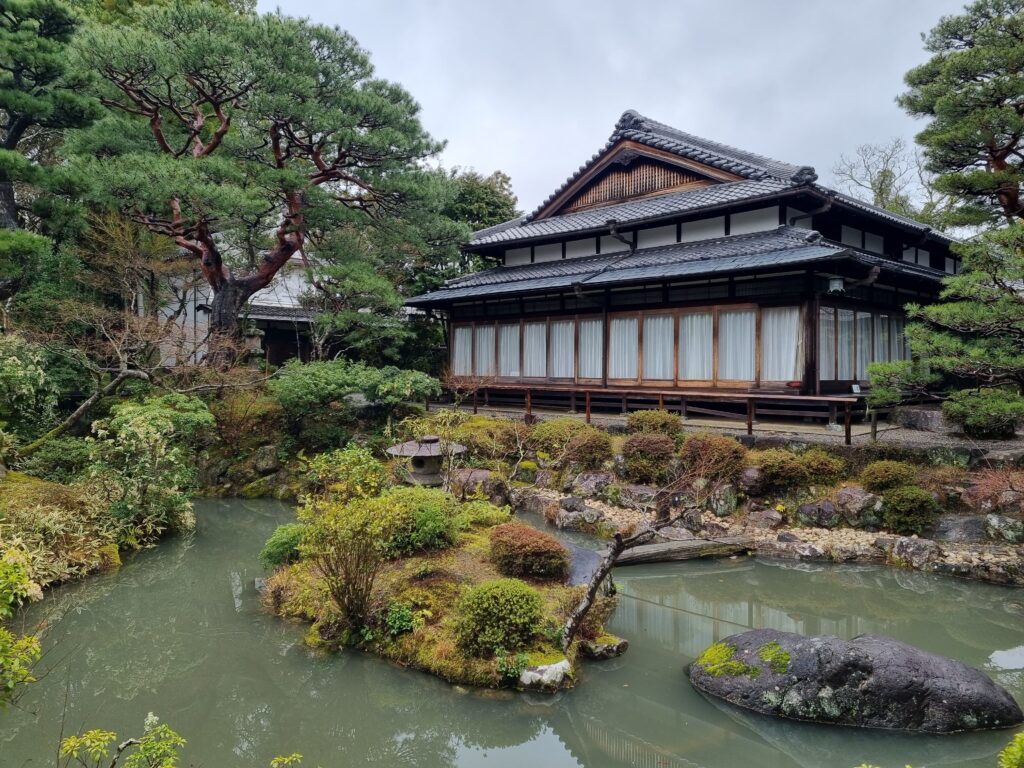

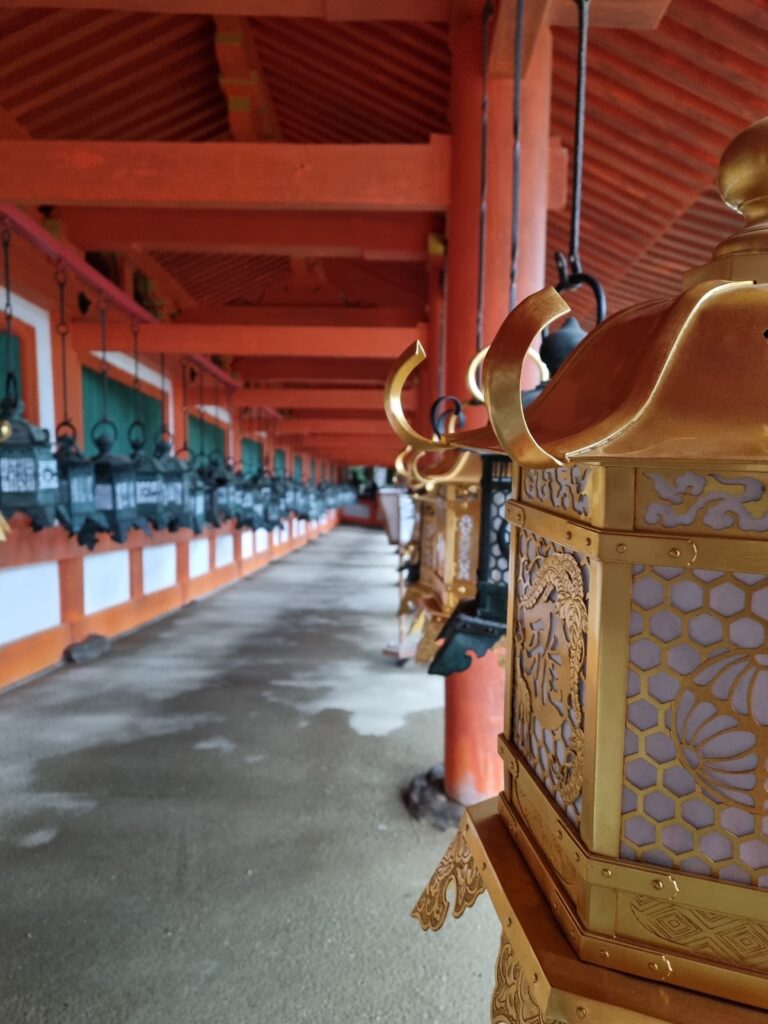
Initially I planned to spend only half a day but ended up spending almost a full day there. It started with light rain, but it become really heavy around noon. I visited Yoshikien Garden, Todaiji temple, Nara National Museum, Kasuga Taisha shrine, and Tohfukuji temple.
The deer encounters were quite fun. If you don’t give them the crackers quickly, they will chase and “attack” you. I wonder what trained them not to attack the crackers sellers directly.
Thinking back I should’ve taken the bus to and from to Kasuga Taisha shrine since it was quite a long hike. I enjoyed the shrine as it was very serene under the backdrop of a forest, with occasional deer encounters.
Kyoto
I spent five days in Kyoto. I visited many places, some are really popular, some are really enjoyable, and some are way overrated.
When I reached Kyoto, my knee started to hurt and had to walk quite slowly in specific way to not trigger the pain. I managed to buy a knee support to reduce the pain. It was definitely a hindrance since my first few days were very intensive in terms of walking and hiking. However, as much as possible, I tried to take the busses, trains, escalators, and elevators. It kind of helped and by the end of my Kyoto days, the pain was mostly gone.
Nijo Castle
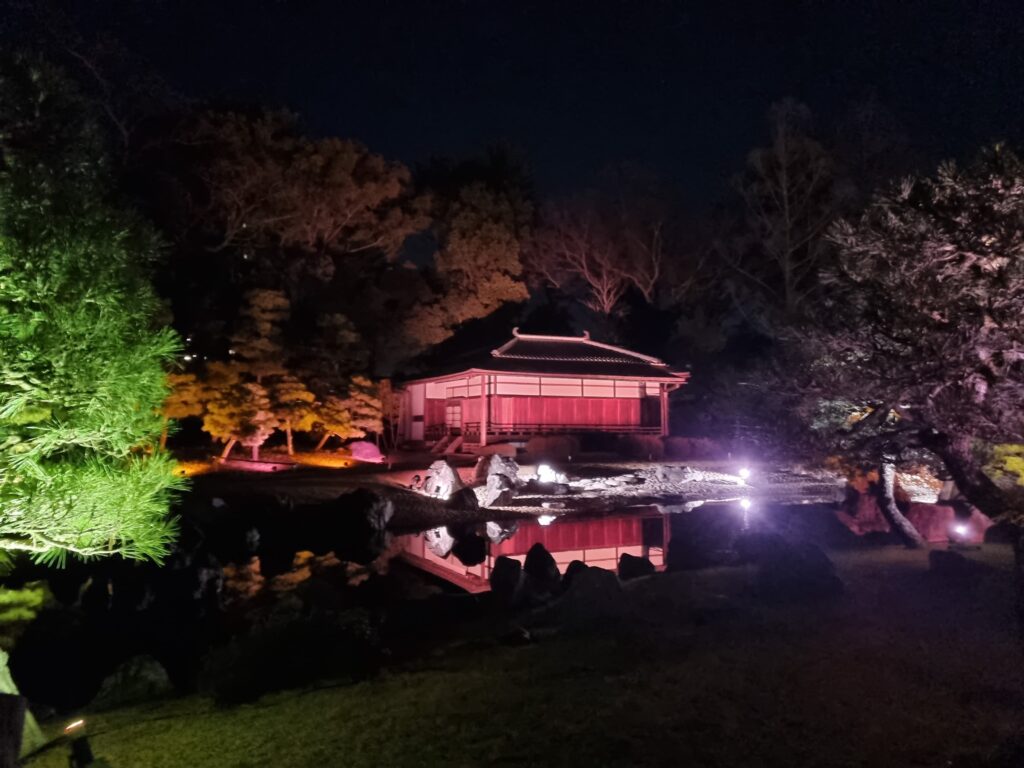
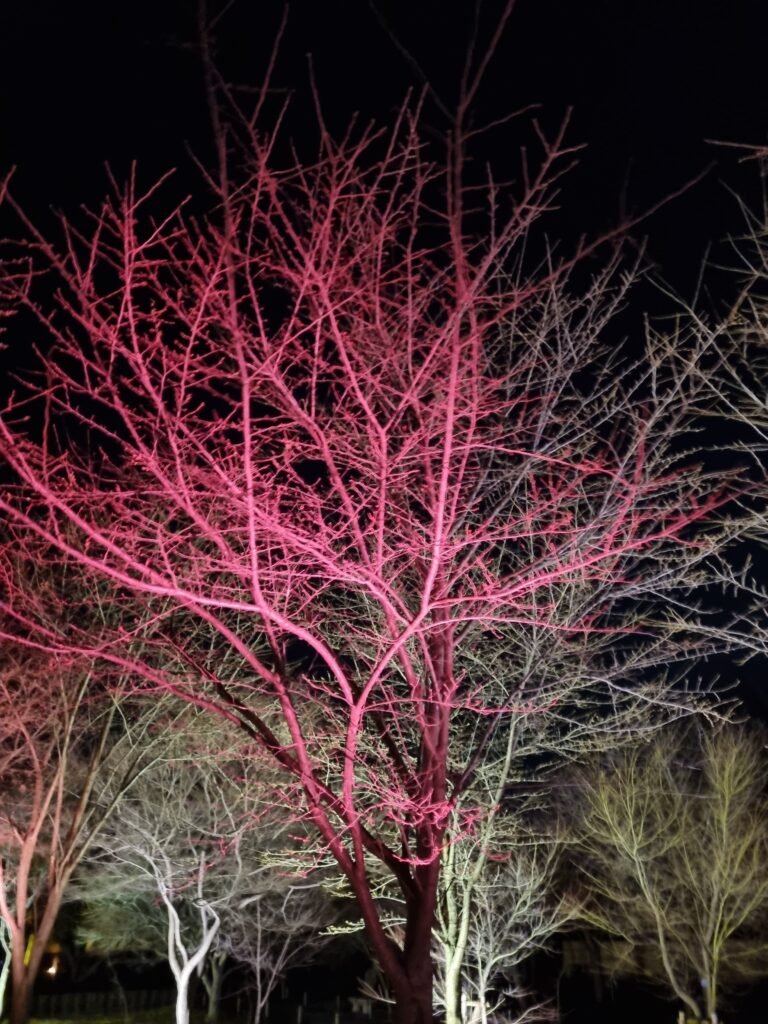
I visited Nijo Castle twice. The first visit was for a sakura night viewing event that lighted up the trees at the garden area of the castle. To be honest it was quite disappointing since on the day of my visit, most of the trees haven’t bloomed yet. Since there’s nothing to view, the visit was also quite short.
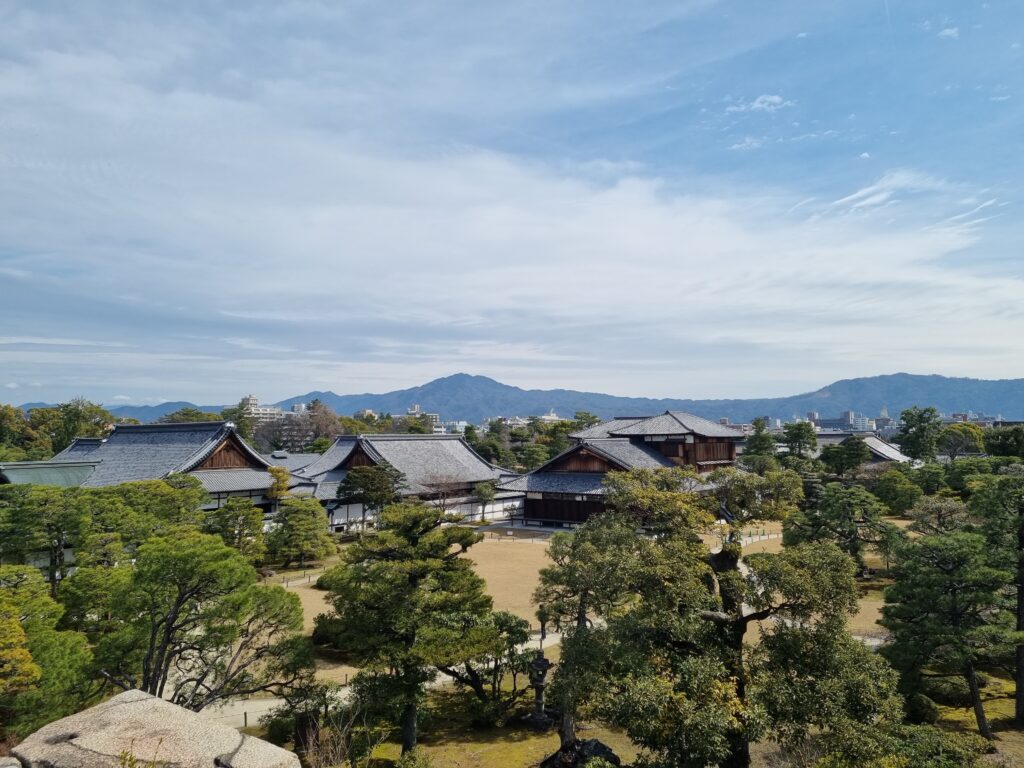

The second time was during the day, where I went to the inner castle area and indoors. The indoors were very impressive. The doors and ceilings were decorated beautifully with delicate paintings. This was the residence of Tokugawa shogunate and it was also used as the meeting place for the start and end of the shogunate power over governing Japan. It was indeed a very important place for Japan’s history.
Kyoto Imperial Palace
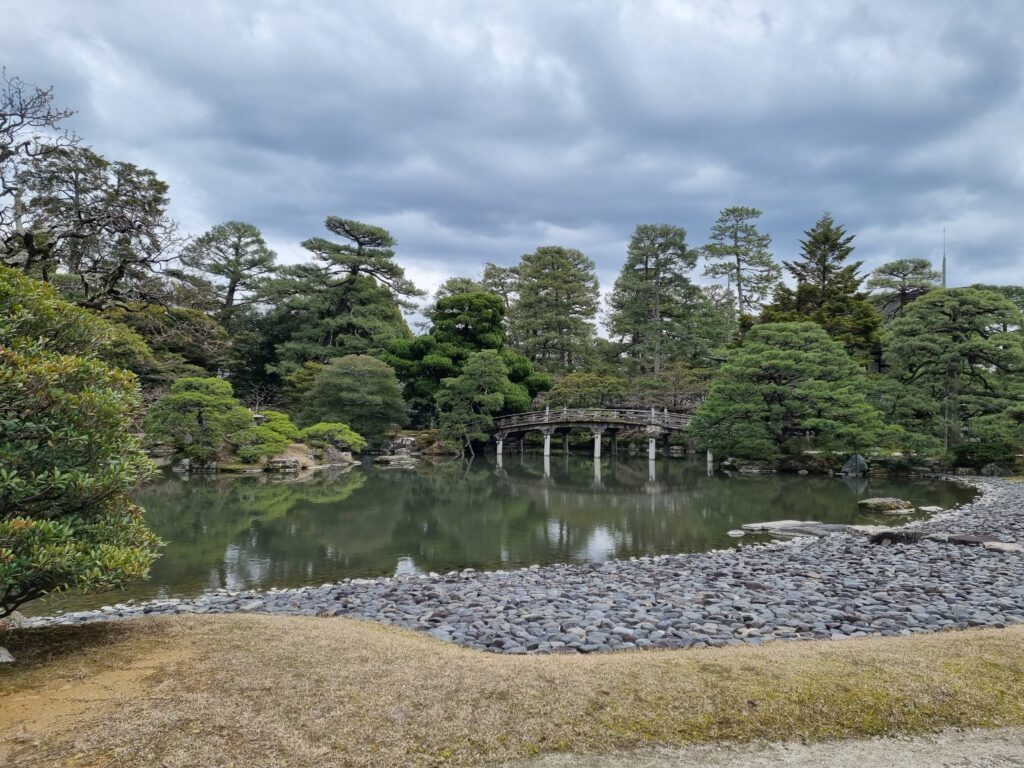

Kyoto Imperial Palace was really huge! Similar to Osaka Castle, it took quite a long time to walk from the roadside to the palace area. I found it amusing that the guards at the entrance were not usual security guards, but Japanese police. Visitors weren’t allowed to enter the buildings, but there are already a set route to view the buildings. I found that the buildings grand and royal, while surrounded by beautiful Japanese garden.
Temples and Shrines
I visited many temples and shrines in Kyoto. Along the way from place to place, I spotted many more that weren’t in my list and I skipped them since I didn’t have enough time if I were to visit all of them.

I think the most enjoyable one was Heian Shrine. It has a huge garden and was really peaceful on my visit. Perhaps it was because it was raining and it was almost closing time already.
I was impressed with Sanjusangendo temple’s collection: it has 1001 statues of thousand-armed Kannon (Avalokitesvara). Though no picture was allowed indoors, the display was really impressive.
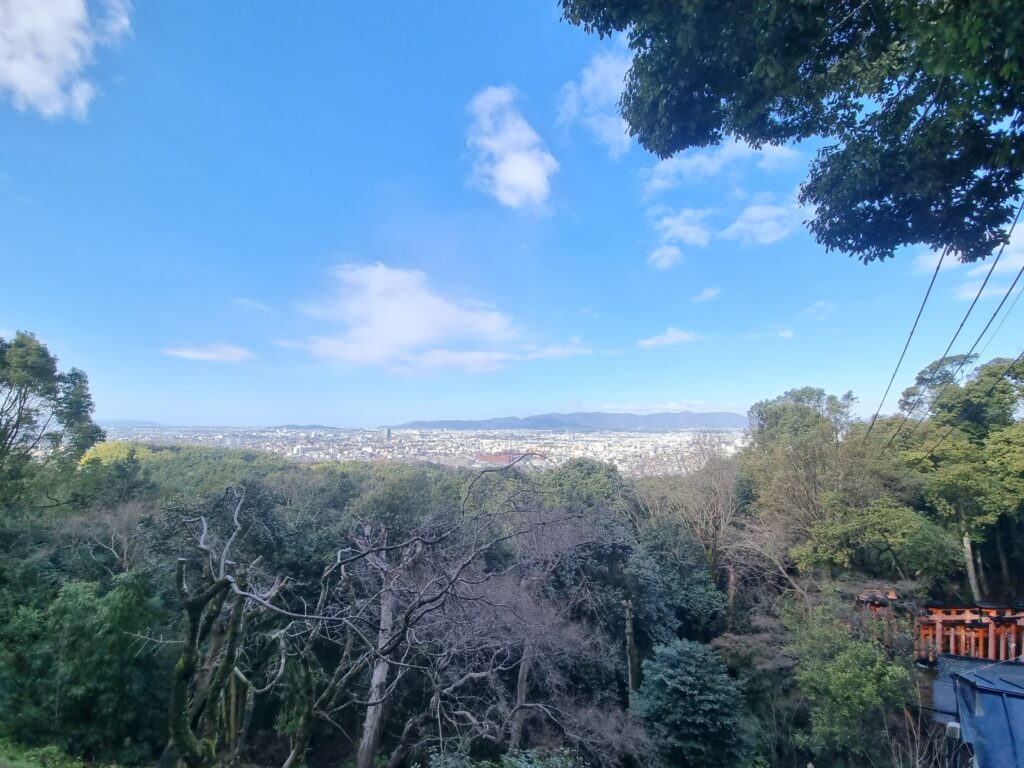
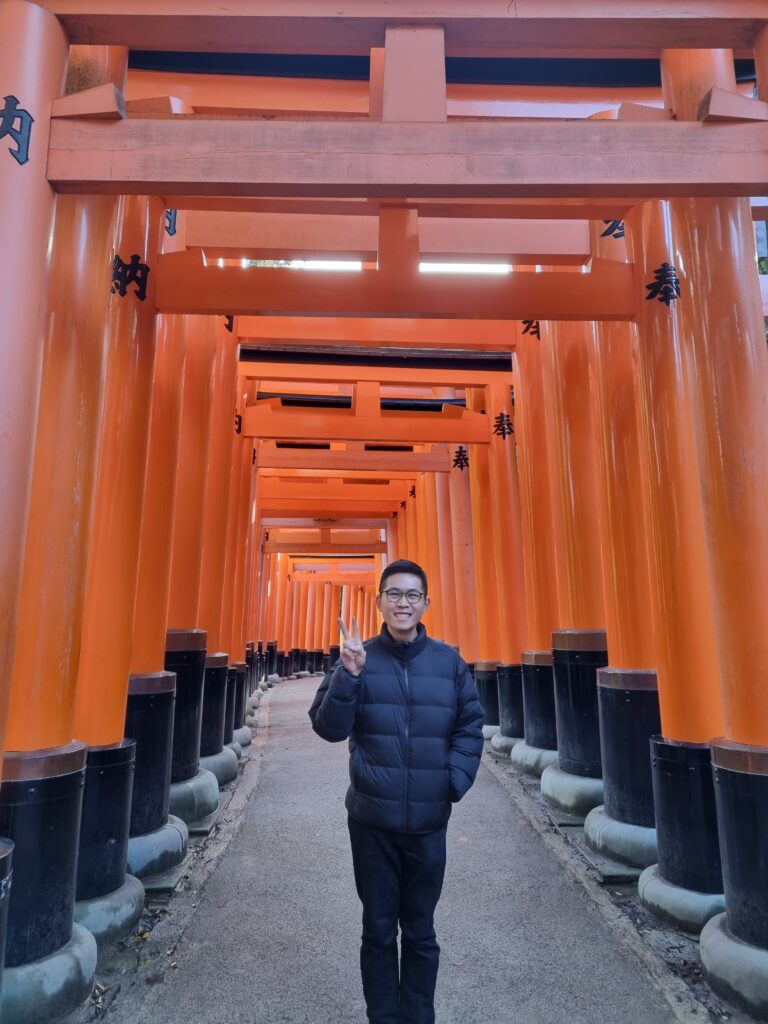
When I visited Fushimi Inari-taisha shrine, I tried to hike up the mountain but gave up halfway, slightly a bit after the lake area. My main concen wasn’t about going up, but when going down. That day, my knee pain will be triggered if I walk down quickly and had to step slowly in a specific way to not trigger the pain. Still, the scenery there, even if only halfway up, was pretty good as the weather was clear.
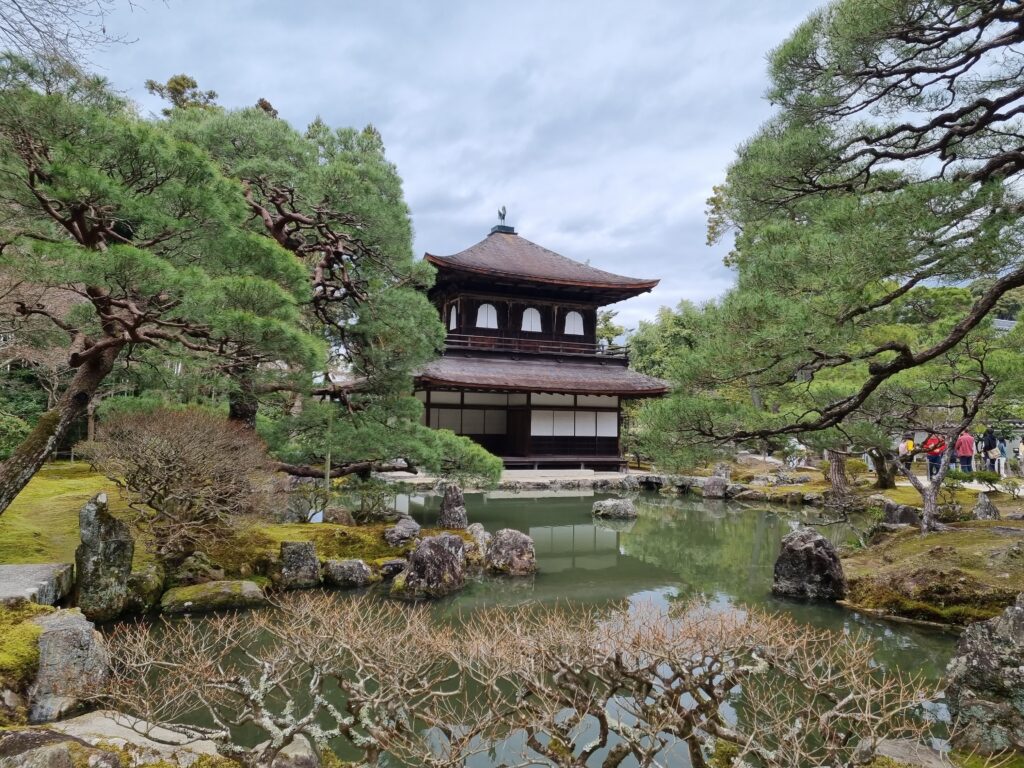
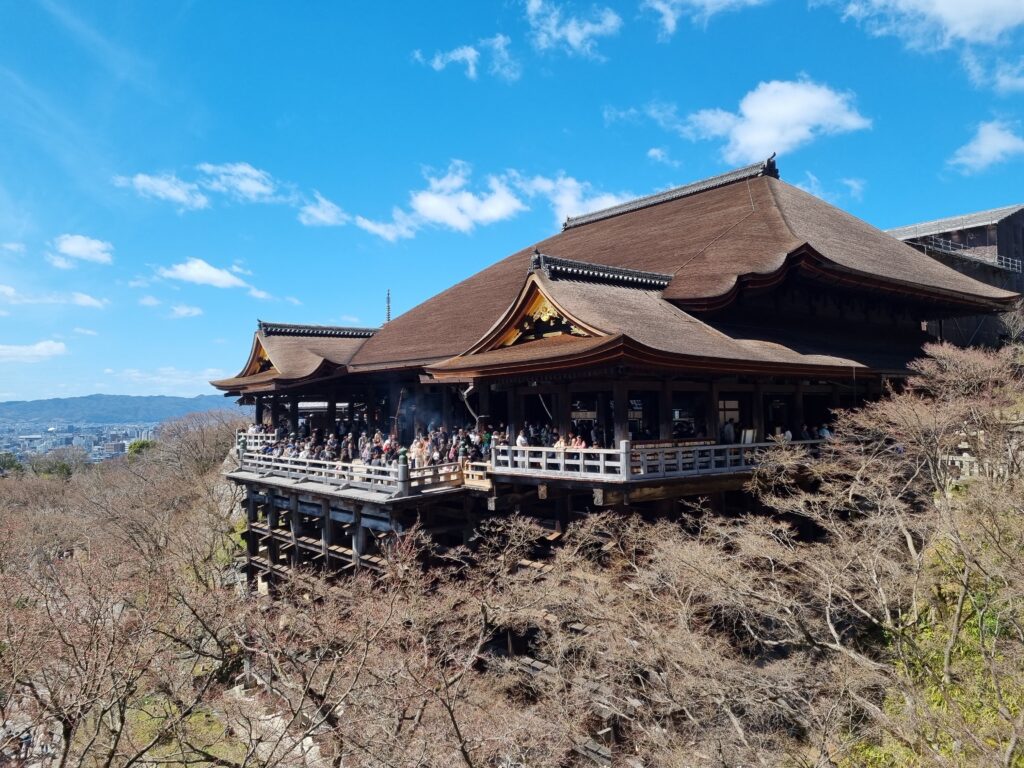
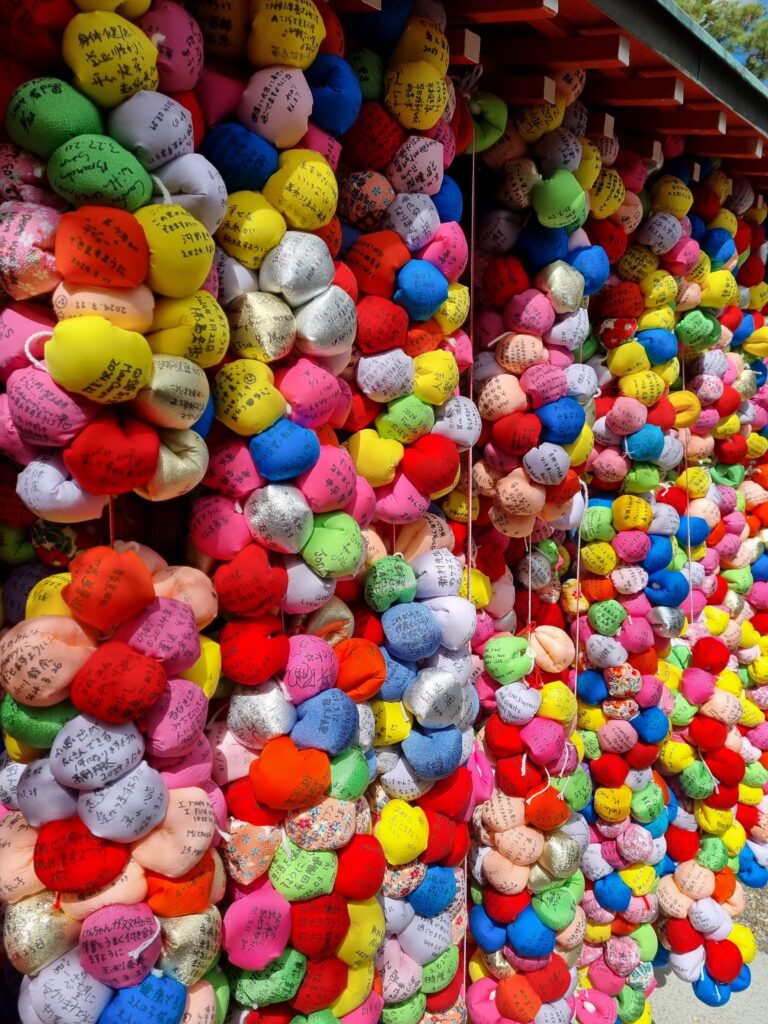
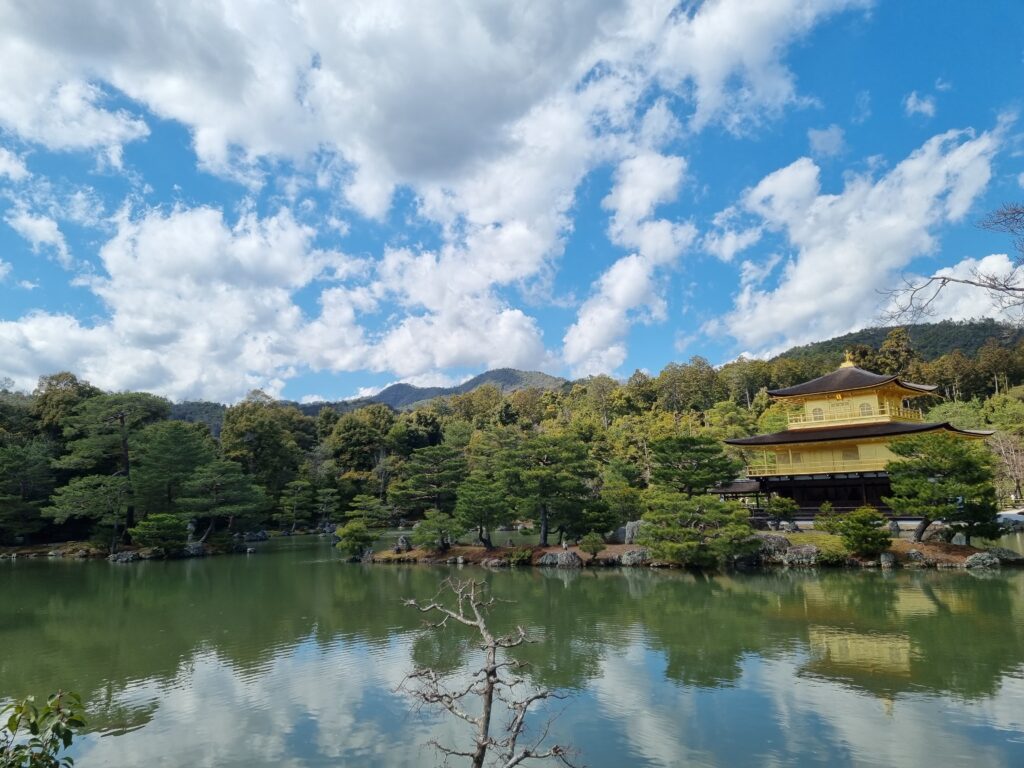
I didn’t really enjoy those crowded temples and shrines like Kiyomizu-dera and Kinkaku-ji. I felt that I didn’t learn much from visitting those and because of the crowds, I couldn’t enjoy the serene atmosphere that temples & shrines supposed to bring.
Demachi Matsugata Shopping Street
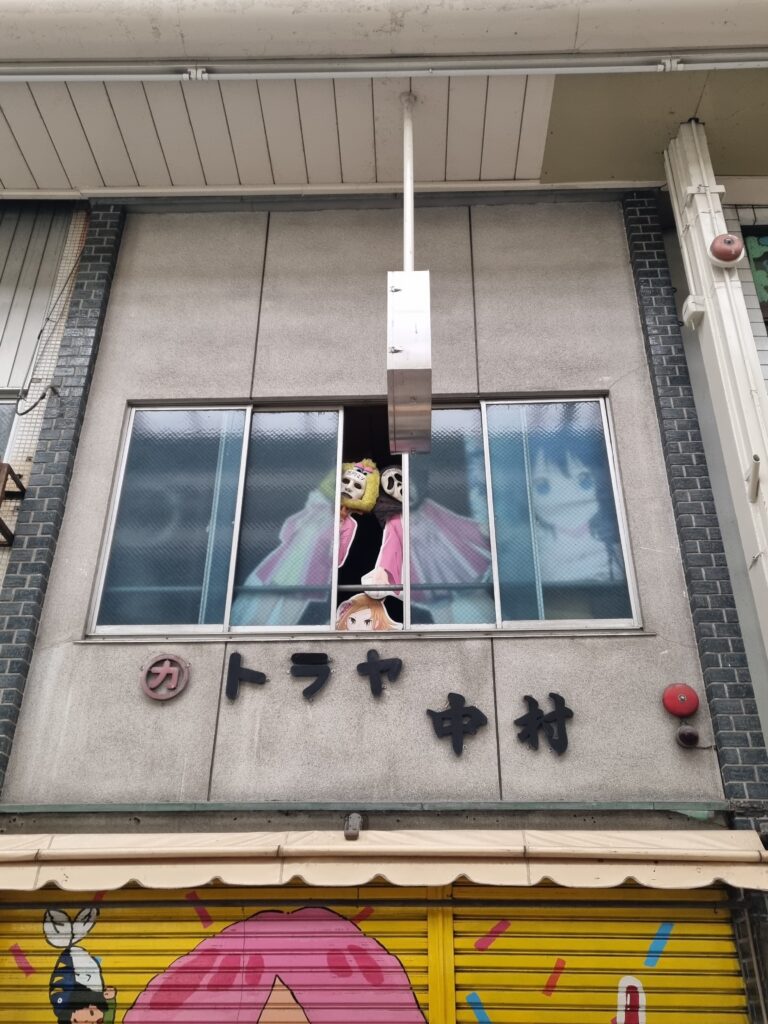
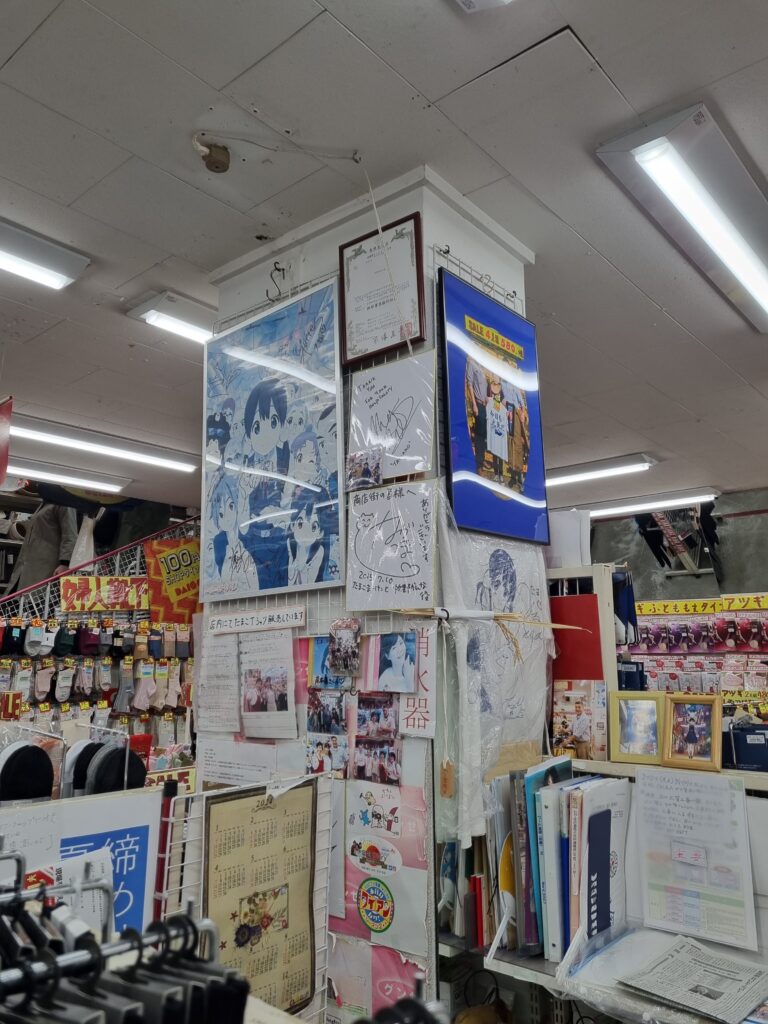
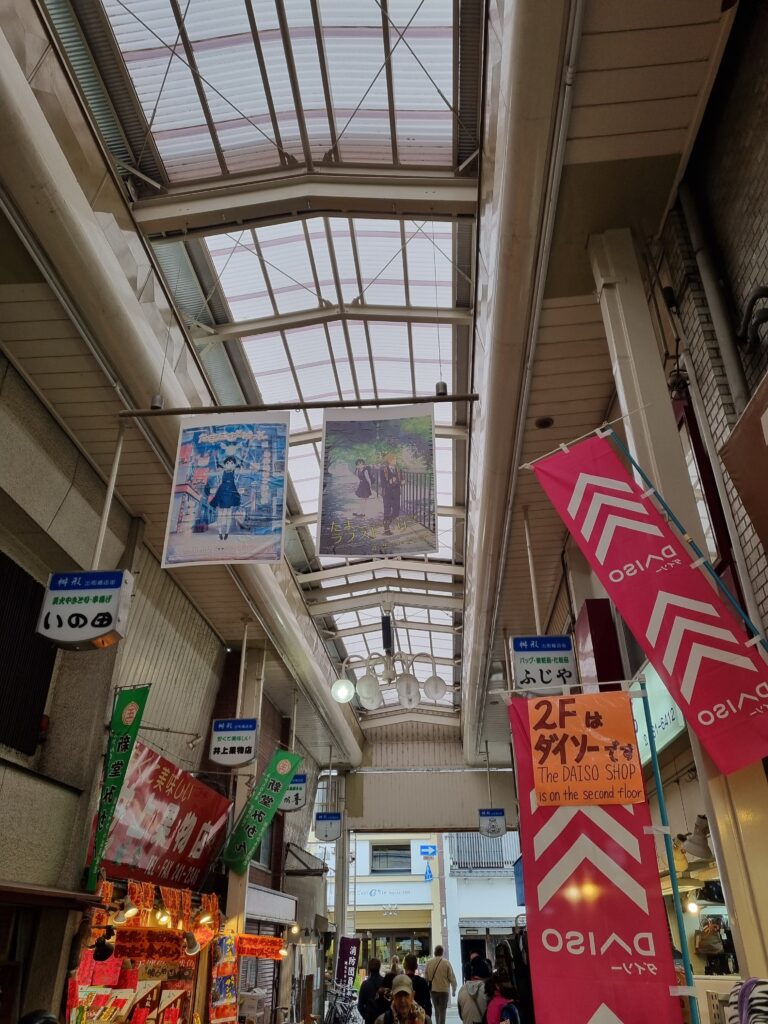
My first anime pilgrimage site is Demachi Matsugata Shopping Street since it was located very close to the Kyoto Imperial Palace. It is the location for Tamako Market which aired more than 10 years ago. When I visited, there were only a few relics of the anime left in some corners of the street. The place itself seemed like catered for the residents’ day-to-day lives and didn’t really suit me as a tourist since they mainly sell groceries and daily needs.
Arashiyama
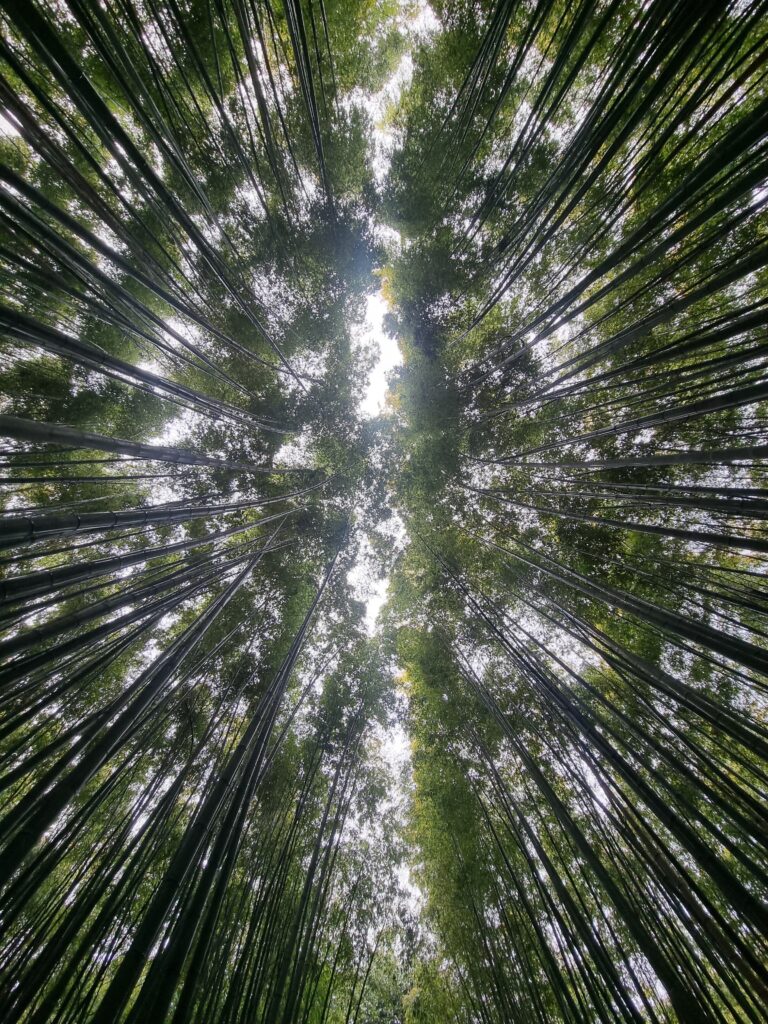
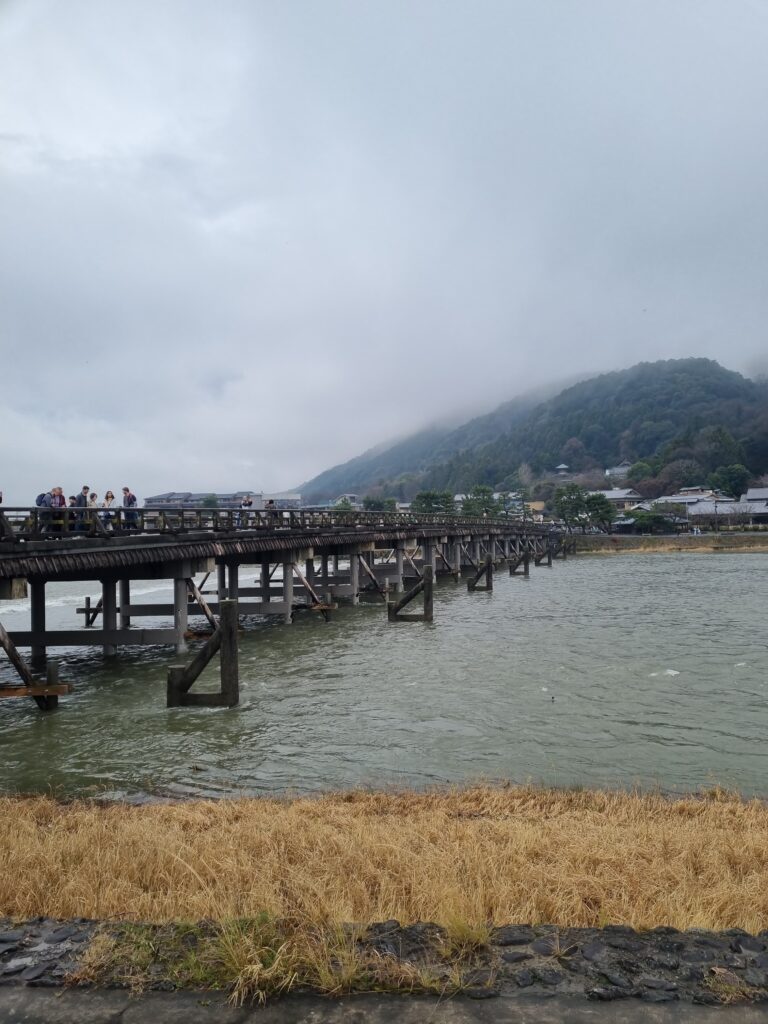
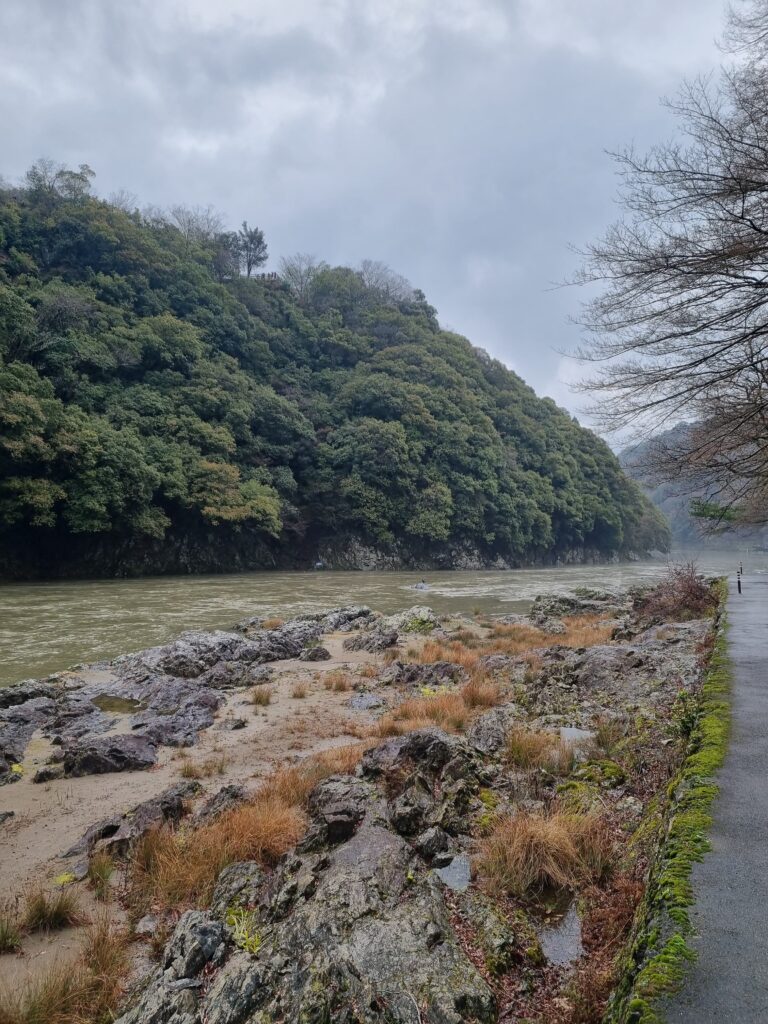
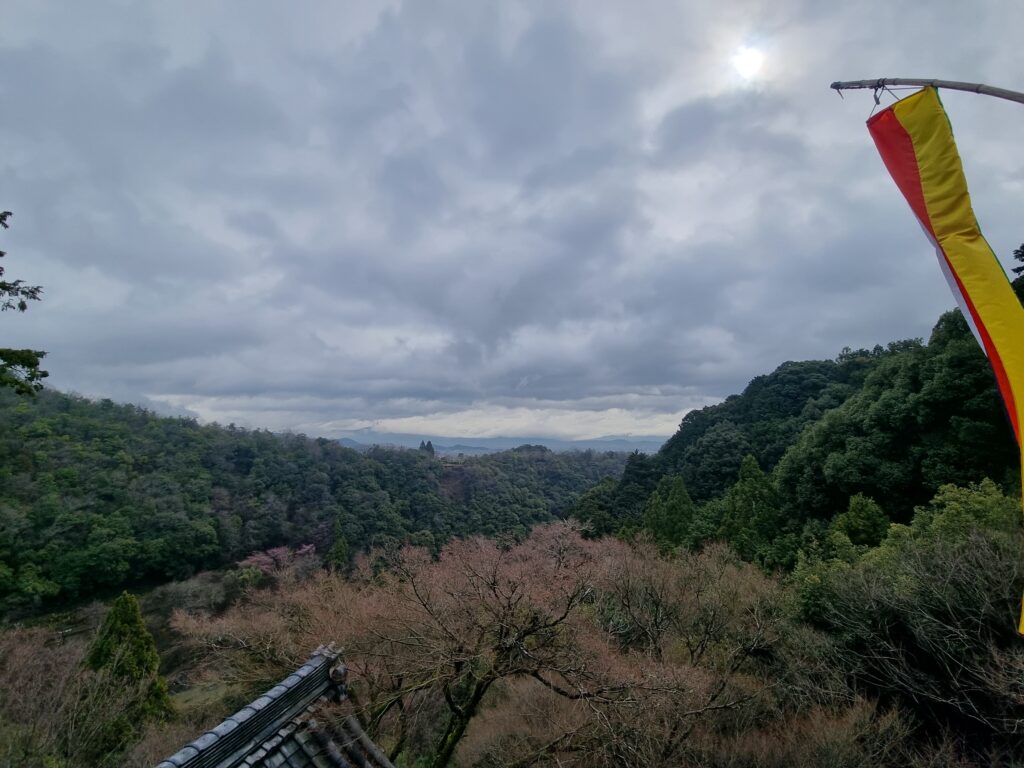
I arrived in the Arashiyama bamboo grove a little before 8 am and the crowd was manageable. The weather was cloudy with light rain. The bamboo grove was a little bit underwhelming since it was not that big. I walked further and explored the area along the river (Katsura River) and really enjoyed it there as it was really serene.
I crossed the Togetsukyo Bridge and walked even further and hiked to a Daihikaku Senkōji Temple, since I saw the signs that said “best view of Kyoto”. However it was really far and upon reaching there, the view wasn’t that great anyway, since the weather was cloudy and therefore I couldn’t see far into the Kyoto city itself. The walk was really nice though since it was really quiet with a nice view of the river. It was the journey that has better experience, and not the destination.
When I returned to the other side via the Togetsukyo Bridge, I was glad I went there early, since the the area has become extremely crowded. I ended the Arashiyama visit with Tenryu-ji Temple visit.
Kyoto Railway Museum
Kyoto Railway Museum was really awesome! There were so many full sized trains of different models over different eras that are used in Japan. It has various steam locomotives, electric commuter trains, and even the bullet trains. Though most of the placards are in Japanese, there were QR codes with explanations in English, so it’s really convenient.
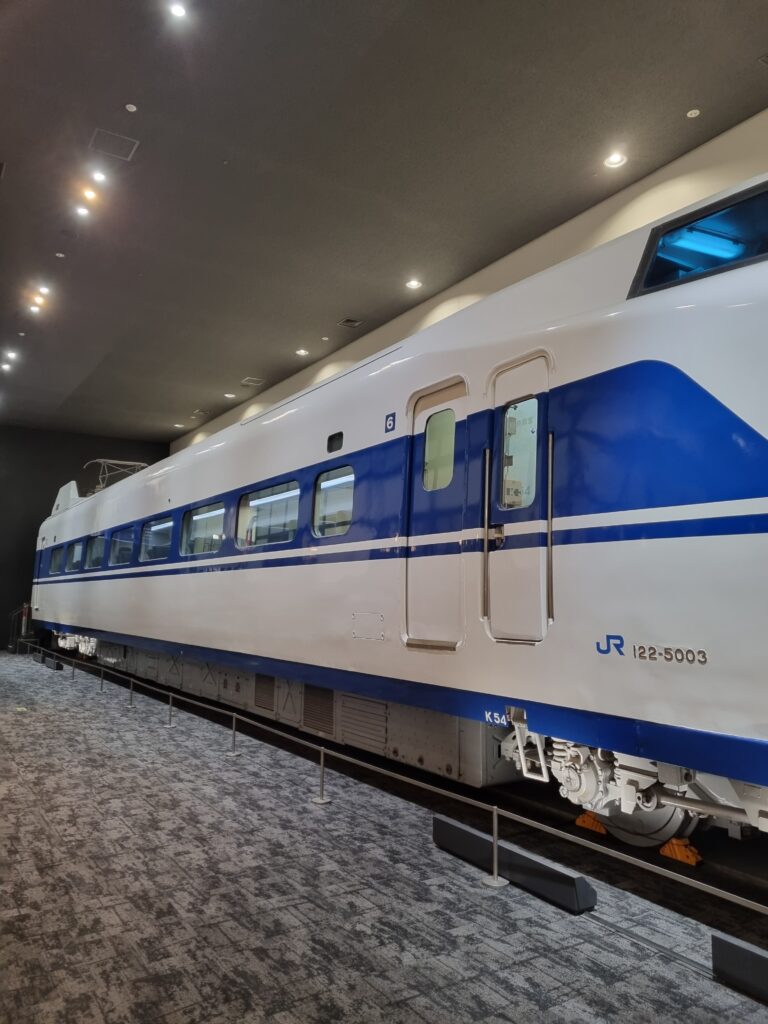
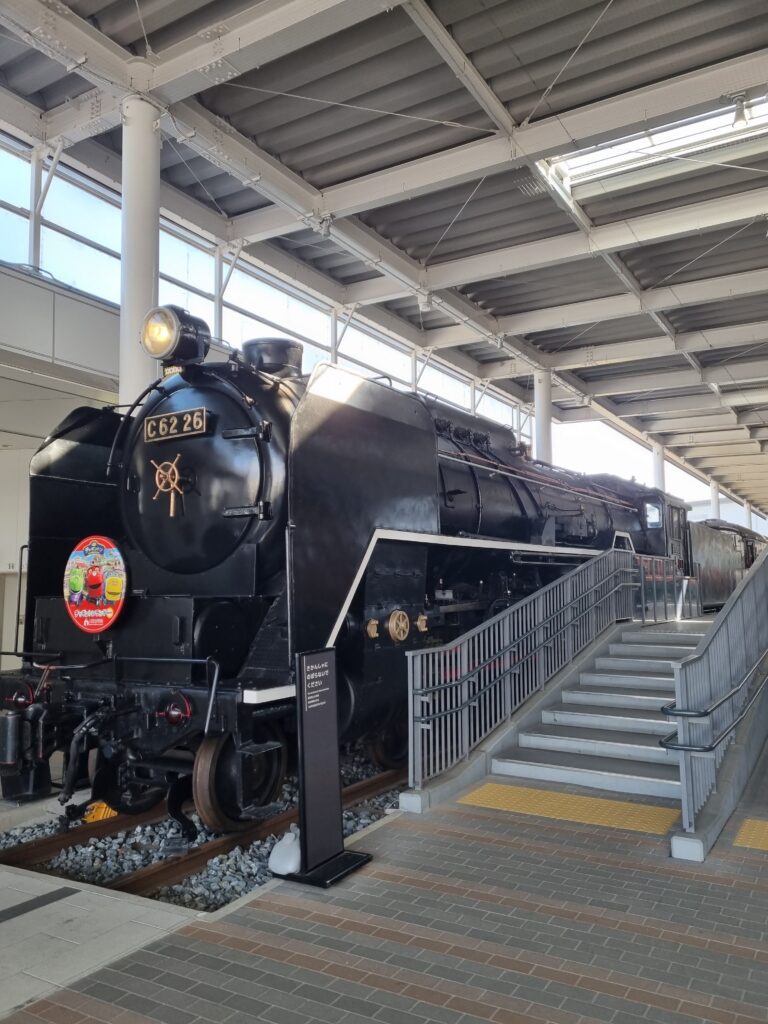
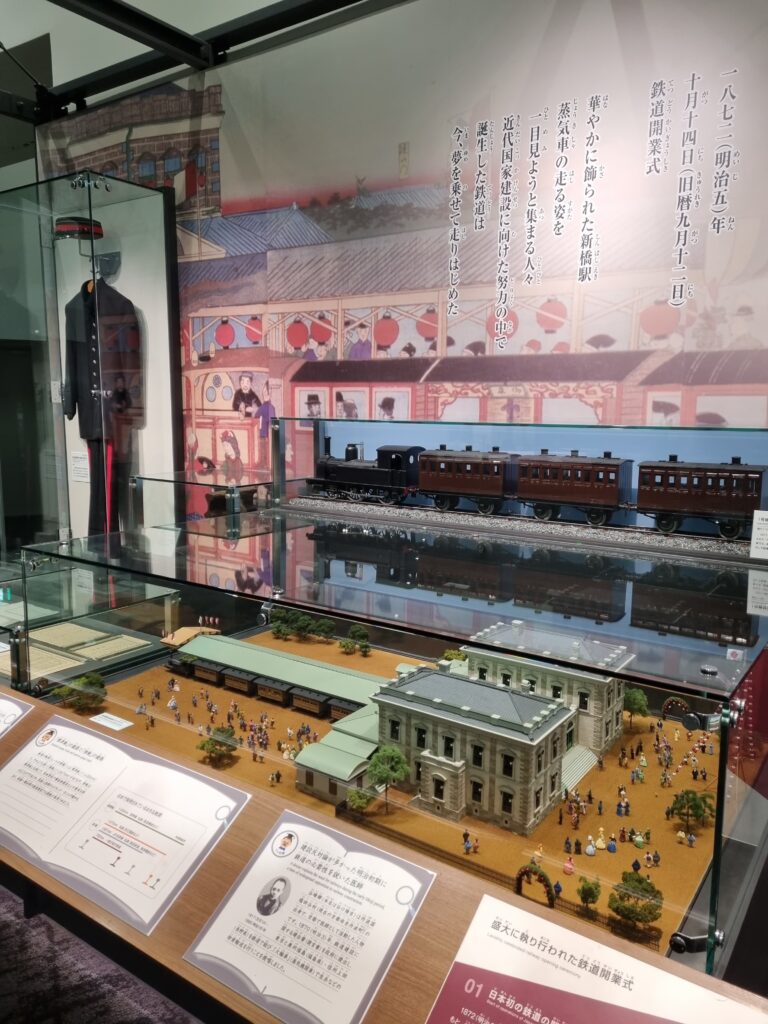
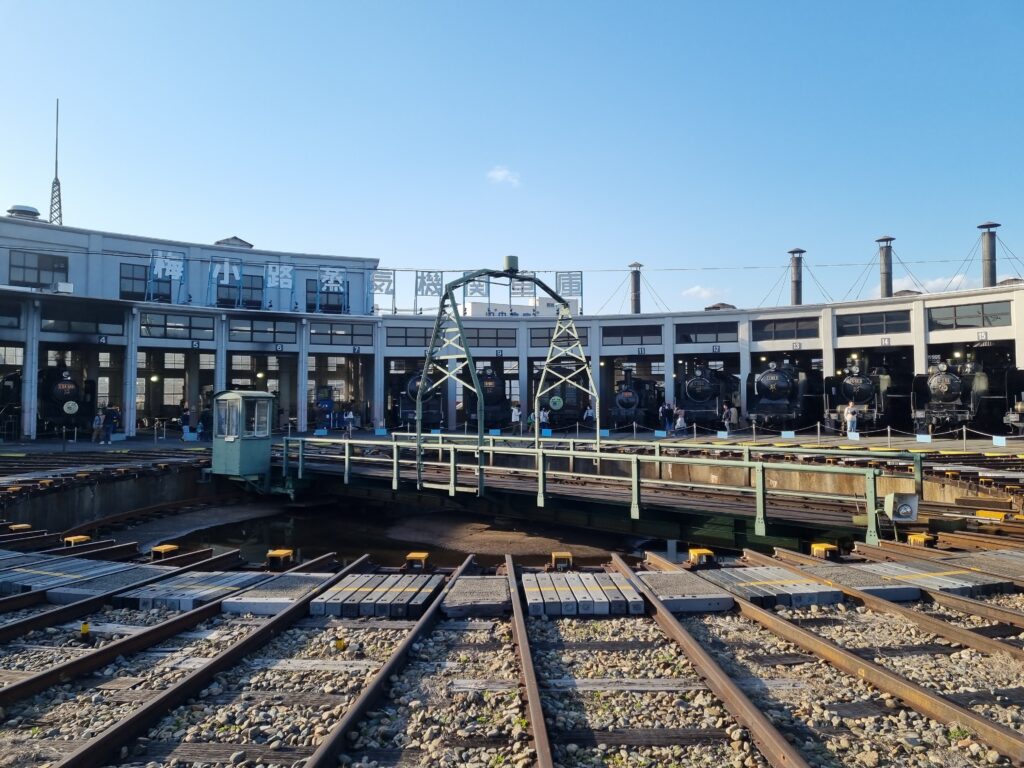
The museum started with general explanation of history of trains and how trains were introduced to Japan around the 19th century. The train systems were started by different kind of companies and then at one point of time they were all nationalized and electrified. However this national company (“Japan National Railways”, or “JNR”) went into financial difficulties and was broken up into several private companies and that’s why now we have multiple JR companies.
Besides history, it also explained a lot of engineering problems & solutions involved in a train system, such as:
- The wheel shapes
- The brakes
- The bogie
- The engine
- The track
- The bridge and tunnel
- The maintenance
- The way it receives electricity
- The signalling system
- The ticket and gantry
Those were all in full display and I was marveled at the sheer amount of exhibits and many of them were interactive.
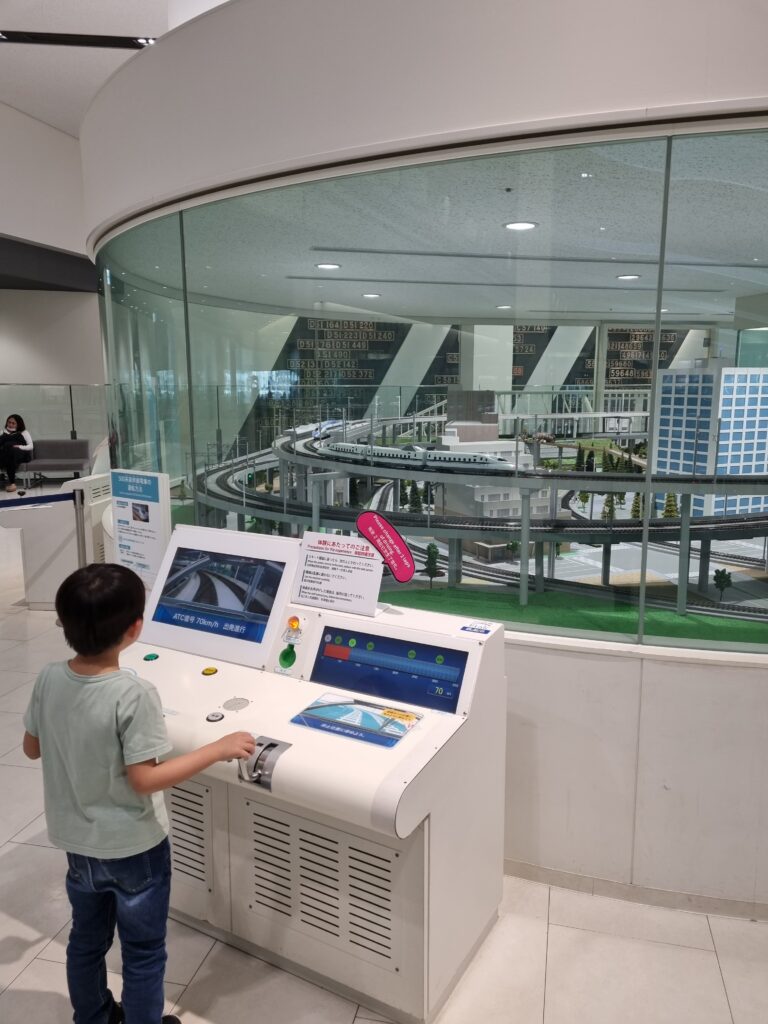
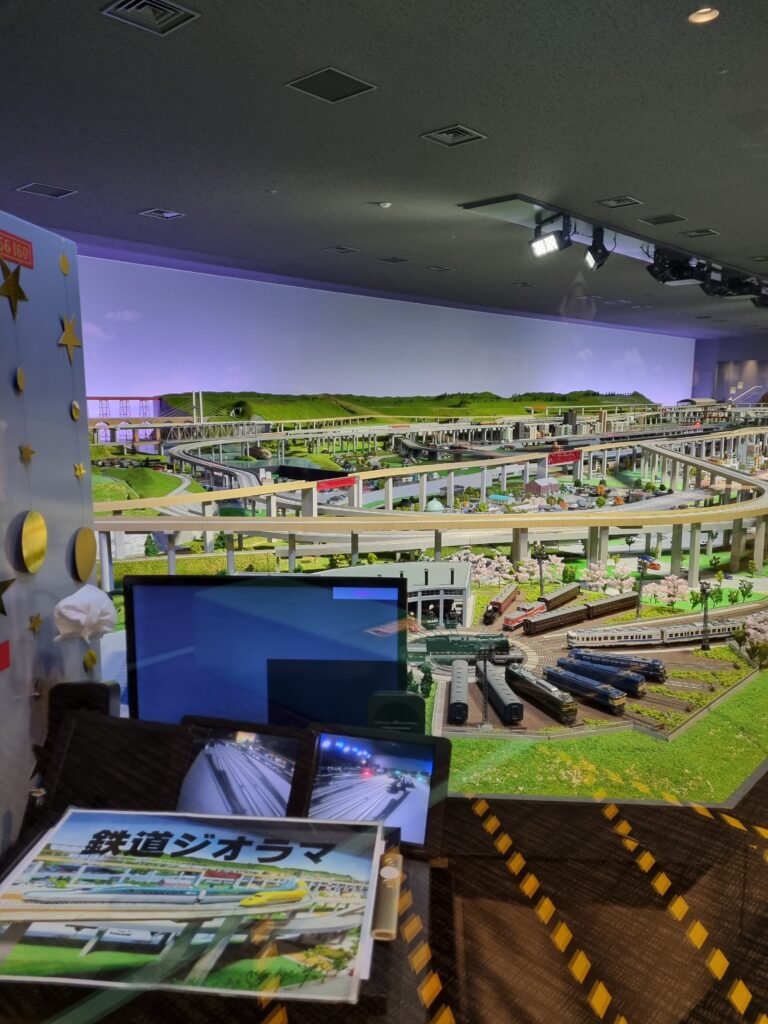
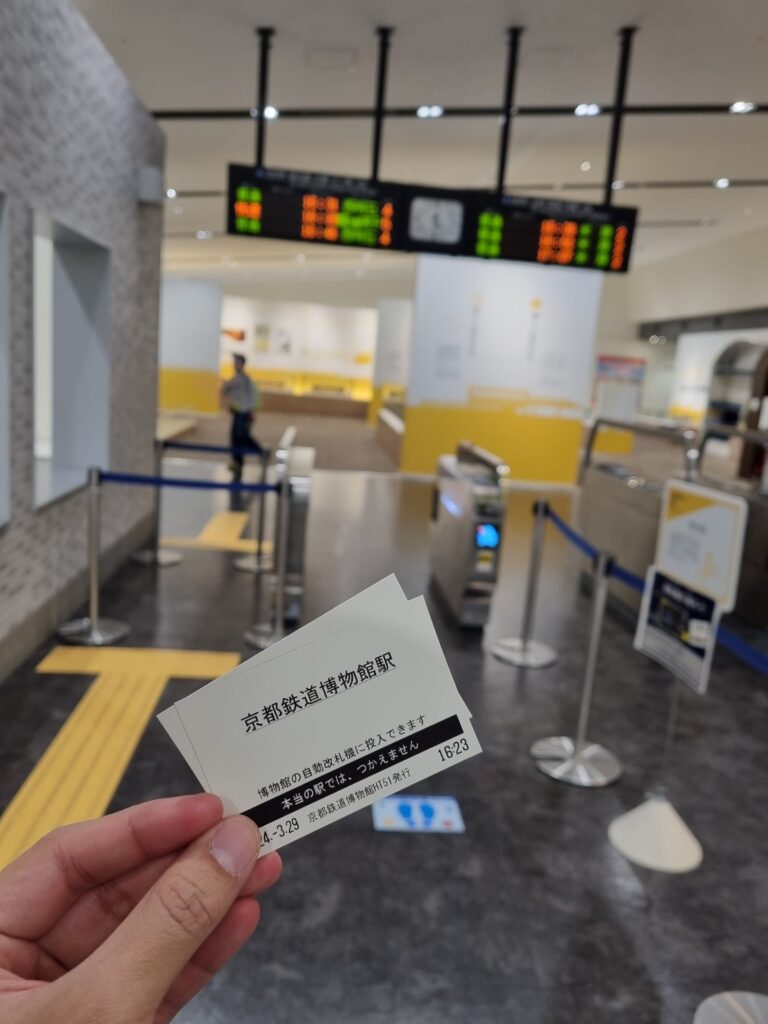
Not only that, they also had a huge room containing train diorama that had various train models and various locations in Kyoto. Really an amazing sight. They sold special ticket for you to “drive” those trains but the sessions were all sold out when I visited.
I explored the museum all the way till closing time yet I think I still miss a lot of things. I do hope I get to visit this place one more time and spend more time here.
Kyoto Botanical Garden & Garden of Fine Arts
I visited Kyoto Botanical Garden and Garden of Fine Arts on my fourth day in Kyoto. The weather was good and pretty hot.

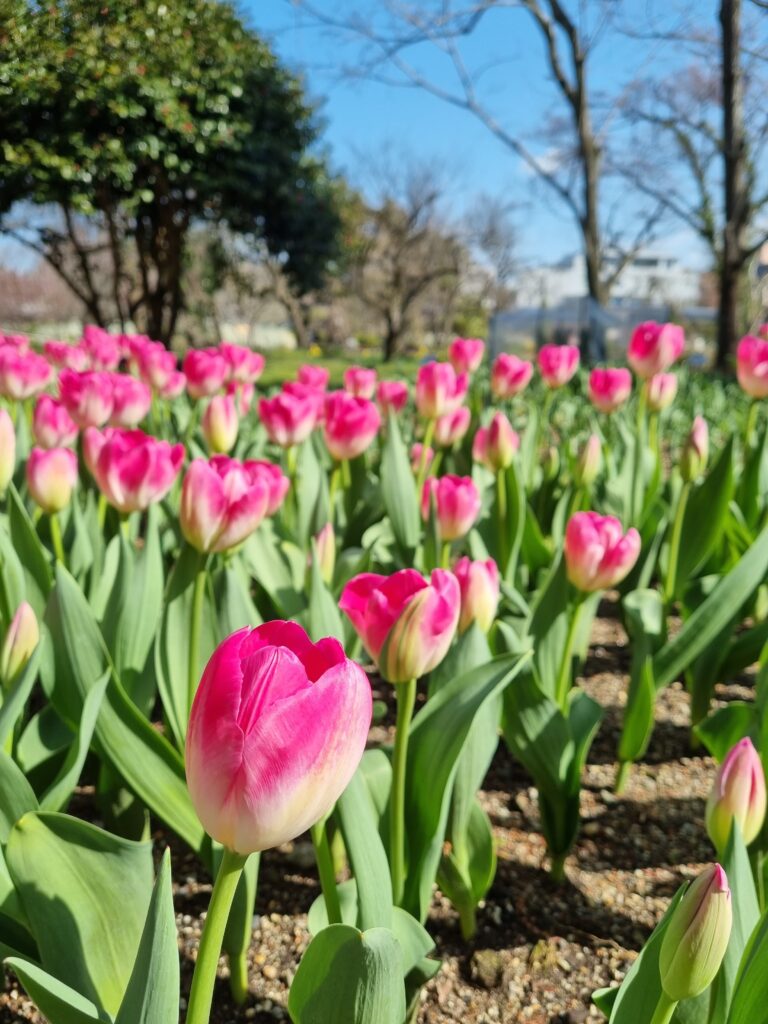
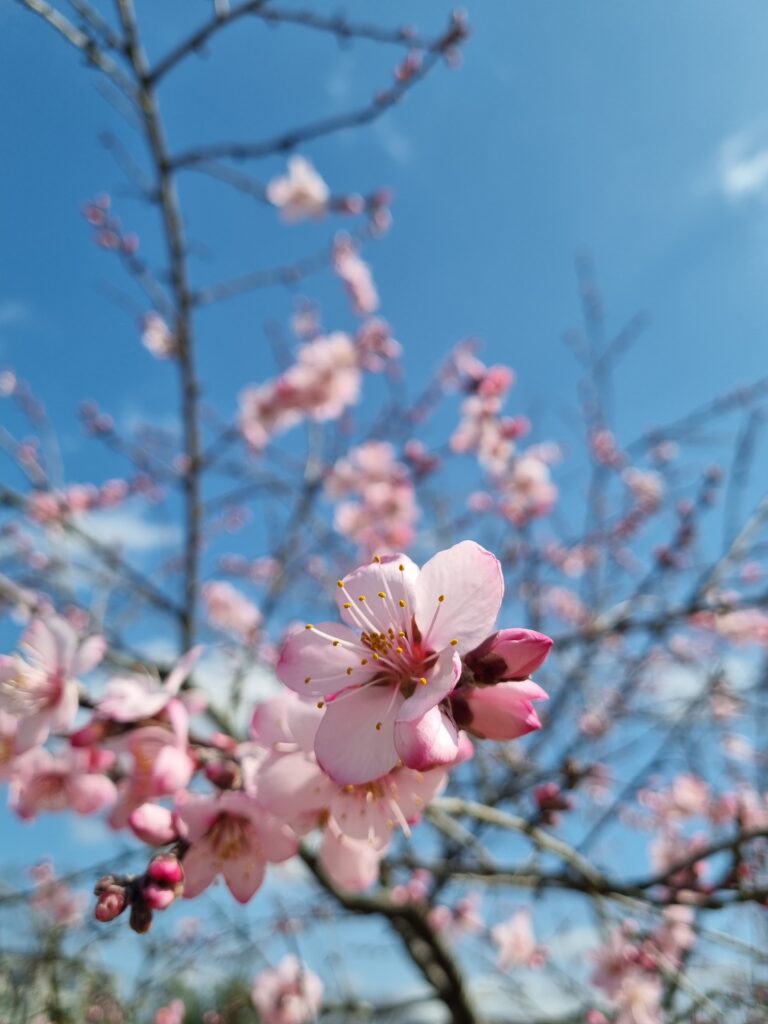
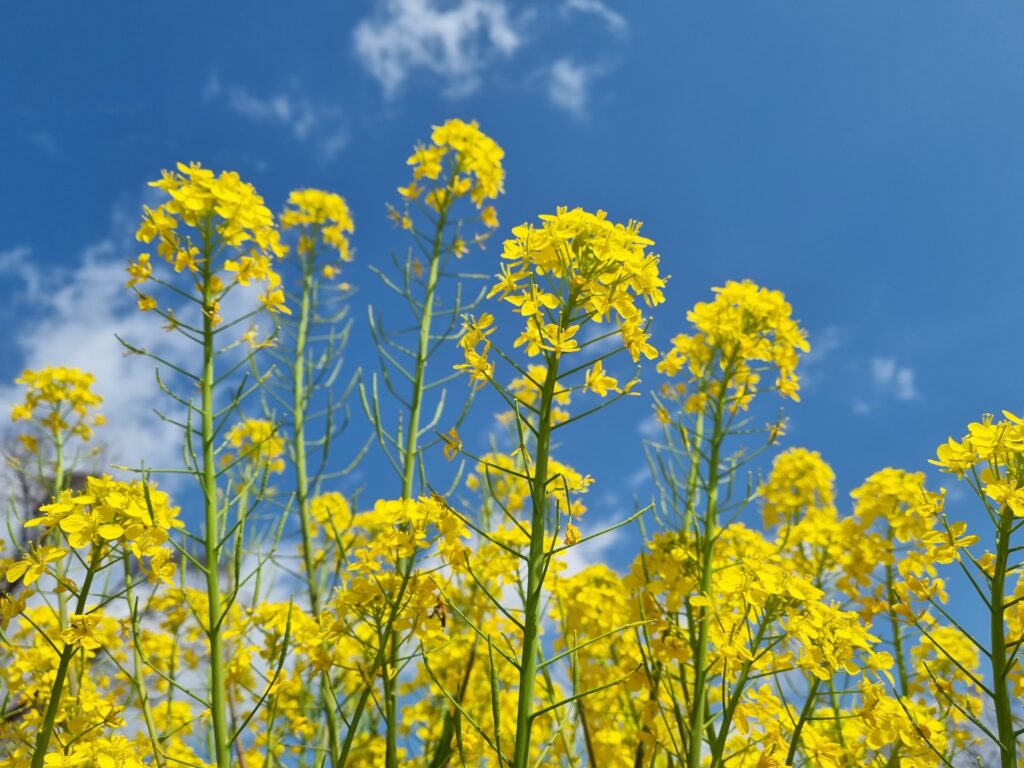
Kyoto Botanical Garden was huge! I enjoyed the tulips and the sakura trees here. When I visited, the tulips and the sakura trees were starting to blossom and they looked quite good. Besides that, I enjoyed the various trees and flowers that they had.
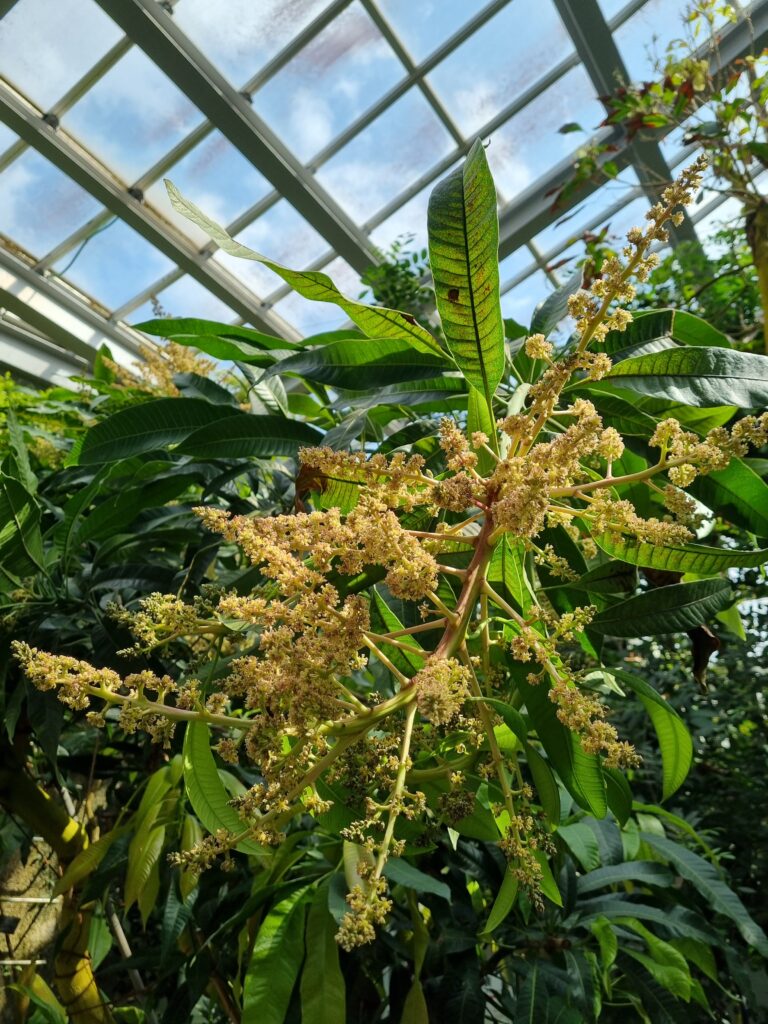
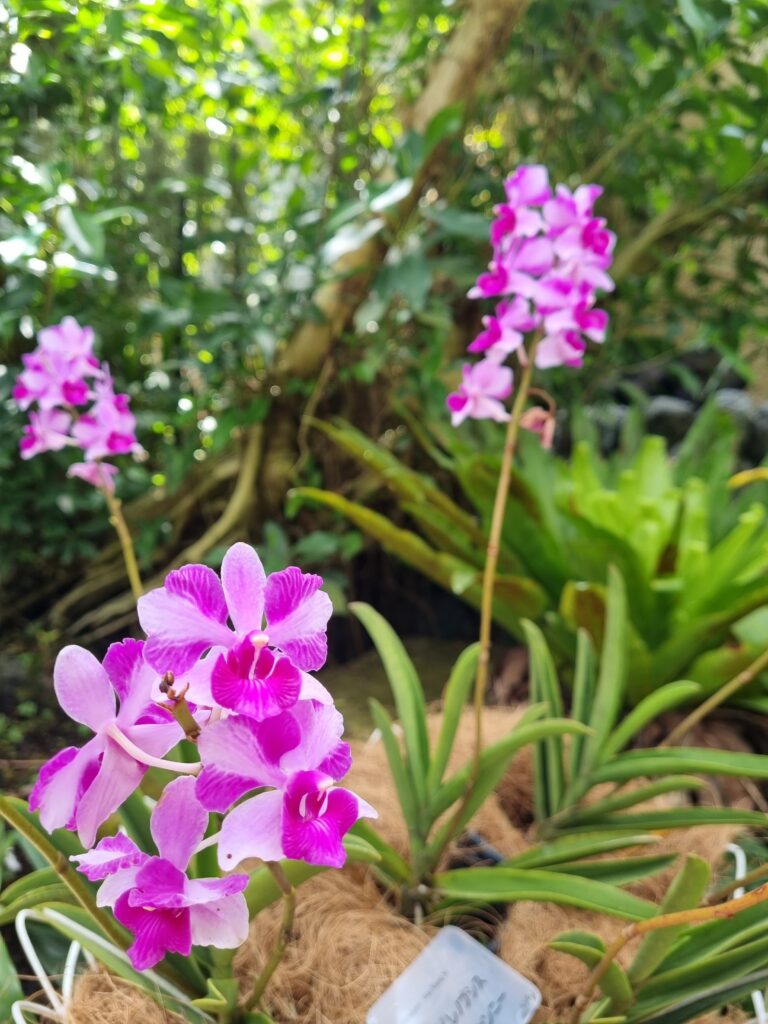
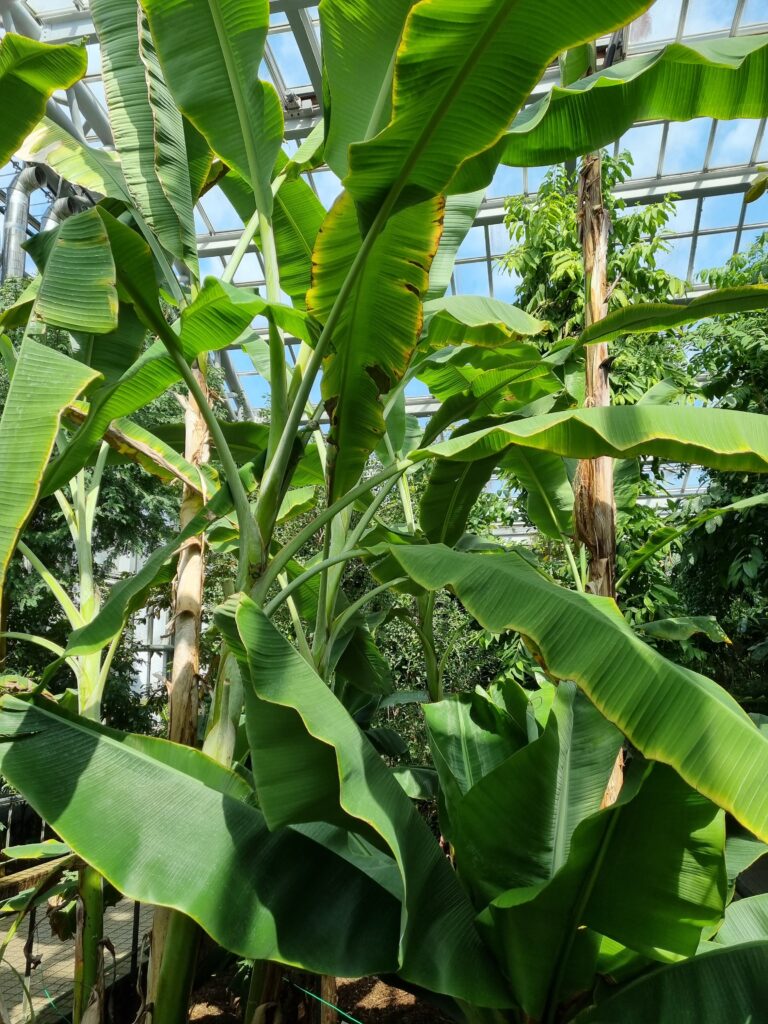
When I visited the conservatory, I was quite surprised since they were mainly tropical plants. It felt like exact opposite from Singapore Botanic Gardens’ green house. I overheard the locals and they were really excited to see the banana plants 😂.
I observed that some people spent their time here sketching the sceneries and some others were doing picnic. Seems like a good activity for full day of recreation.
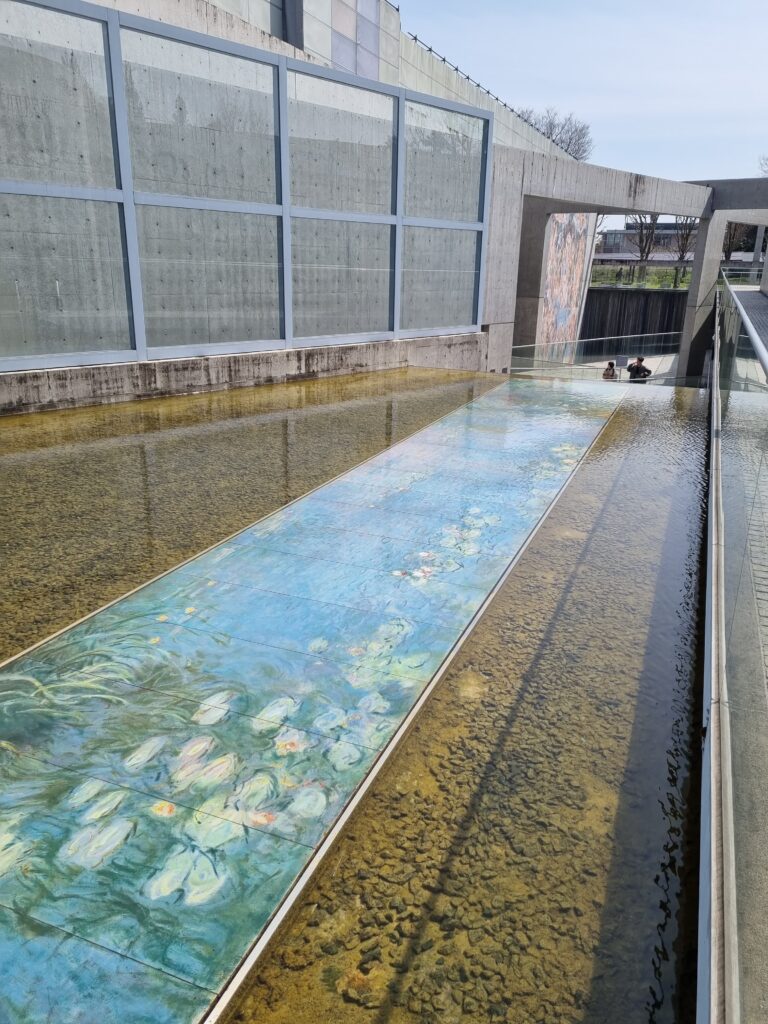


The Garden of Fine Arts was a short and weird museum. It was a modernist outdoor museum, which has some copies of famous arts displayed on their walls. I think it was worth a visit since it’s a short detour from Kyoto Botanical Garden with very unconventional display of arts. They also sold bundle ticket with the Botanical Garden too so I should’ve gone here first.
Kyoto Aquarium
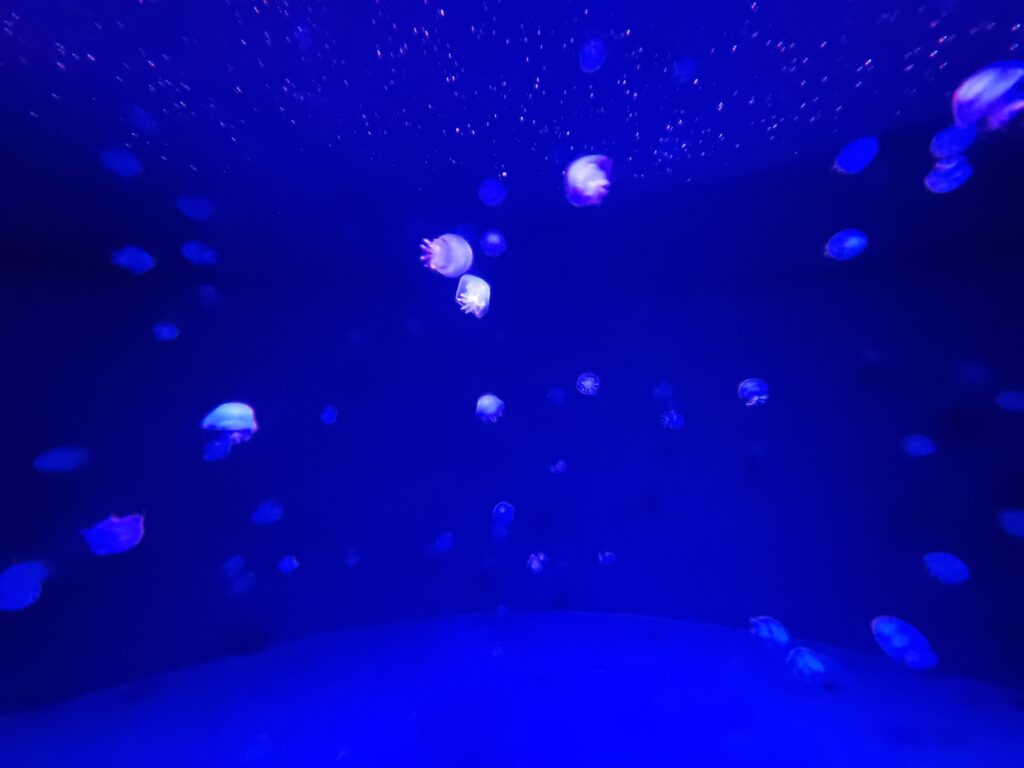
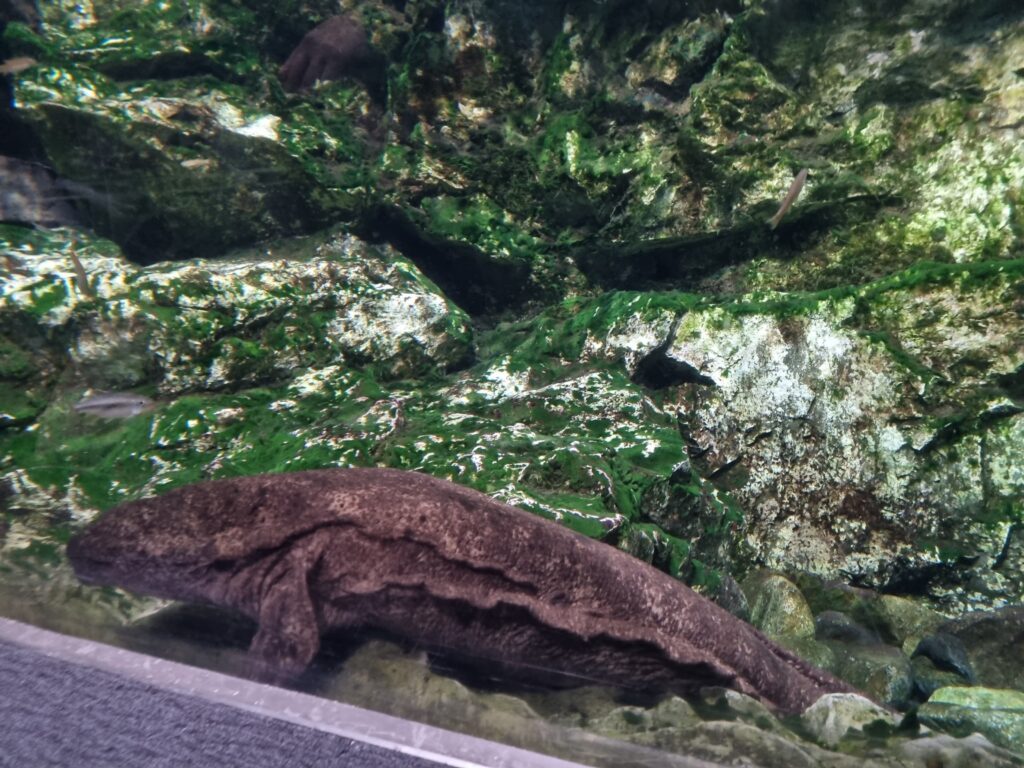
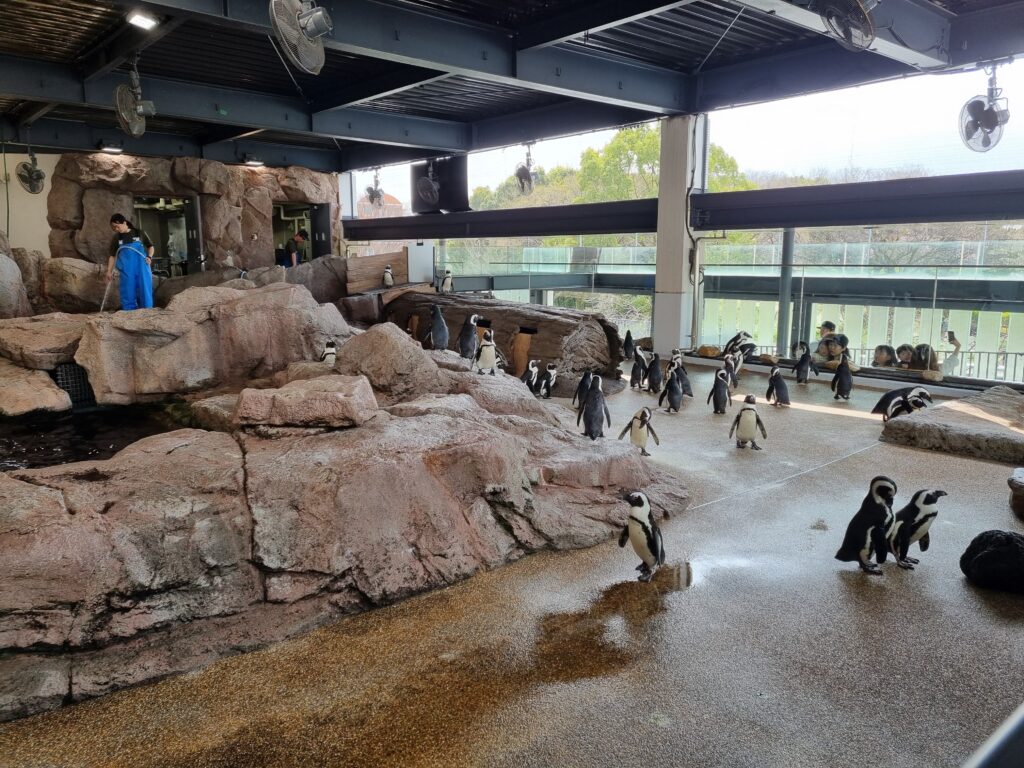
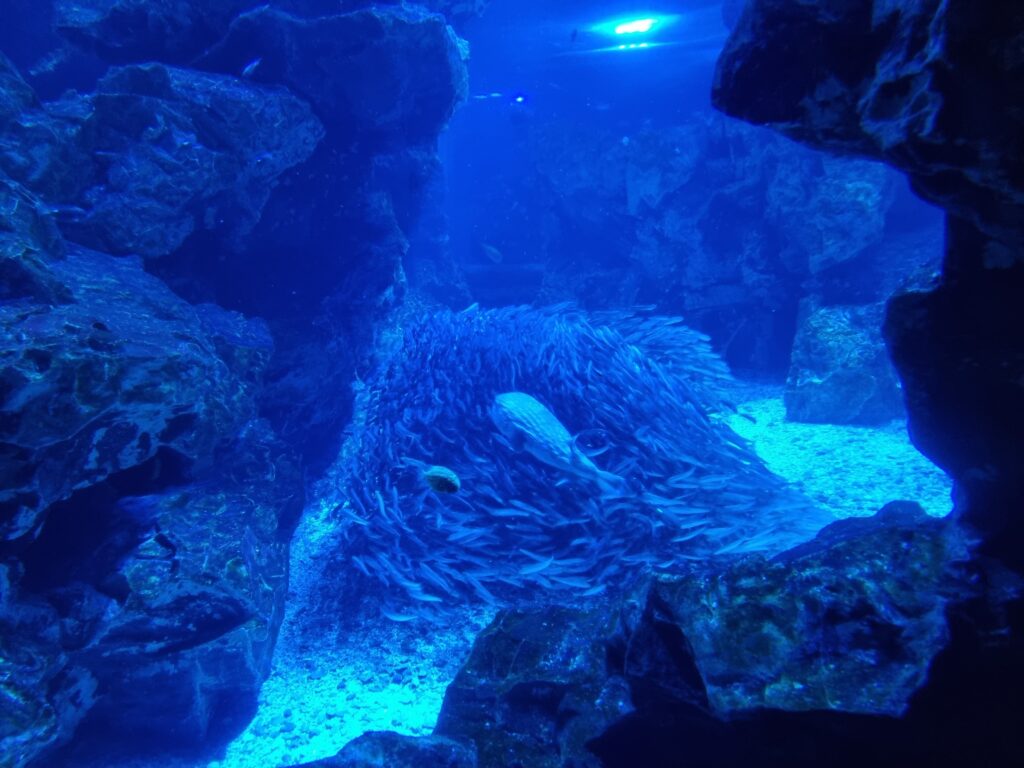

I visited on a Sunday so it was pretty packed, mostly with Japanese families with their little kids. Though most signs were in Japanese, the display were already really awesome. The mascot of the aquarium is a giant salamander, which is quite impressive in size and apparently a local species of the area. They have penguin area too but only contains African Penguins. The interesting thing about the penguin exhibit was that they have relationship chart of each of the penguins and also with their keepers. The jellyfish area were really beautiful as it was lighted with many different colors. I think the main highlight of the aquarium was the dolphin show. The stadium was fully packed with audience and the dolphins did so many tricks, like splashing water to the audience, waving tail, waving fin, and the climax was a very high jump. It is indeed an impressive aquarium.

Perhaps there are better Japanese aquariums out there, but since it was my first time visiting and watching a dolphin show, I was very impressed.
Uji
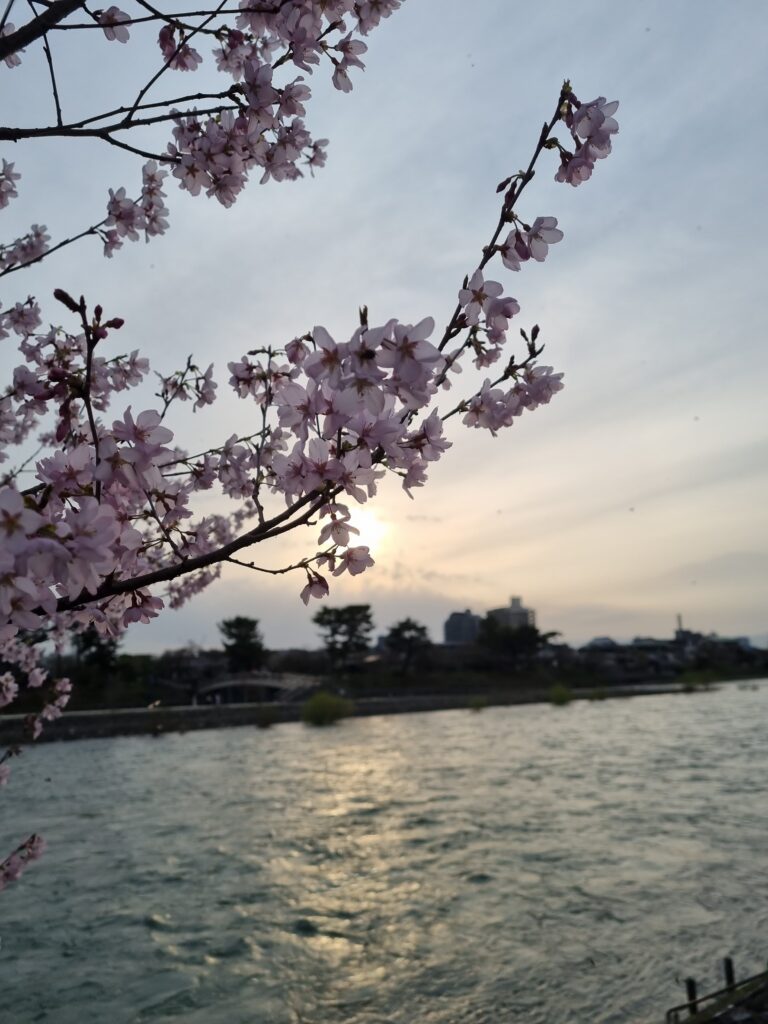
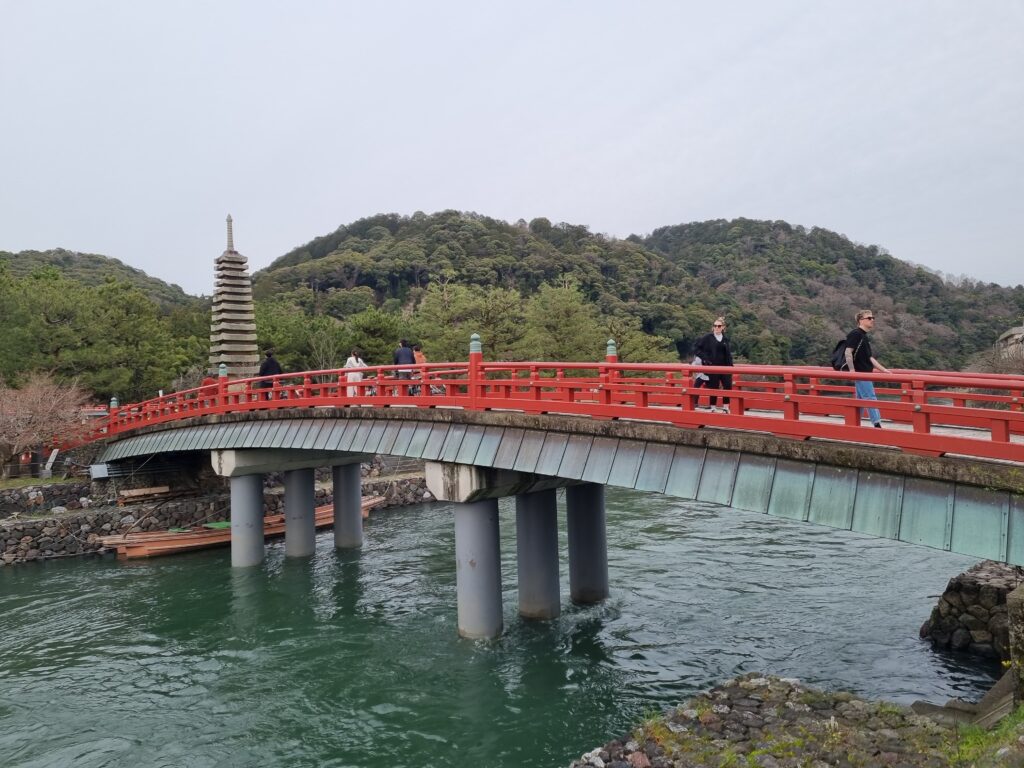
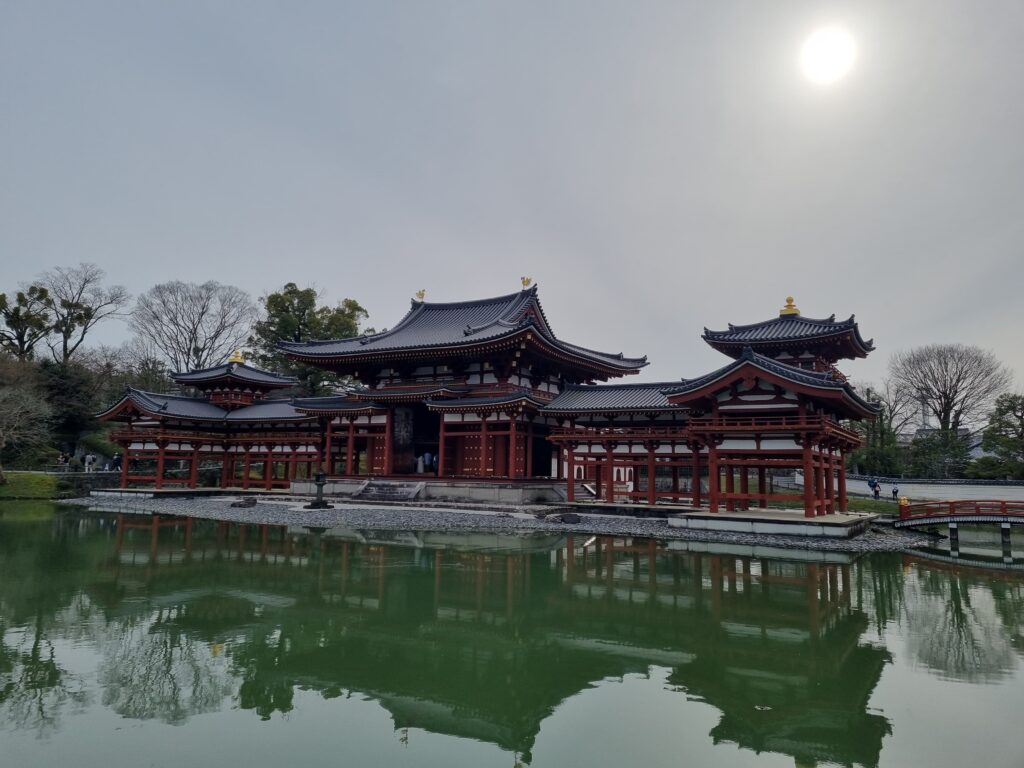
I initially didn’t include Uji in my itinerary. However after last minute plan changes, I shifted my schedules around, and I had some free time and decided to go for it. It was only half an hour train ride away from Kyoto station. I visited the mainstream tourist spots like Byodoin Temple, Uji River, and Uji Park, but the actual main purpose of the visit was for anime pilgrimage for the series Sound! Euphonium.
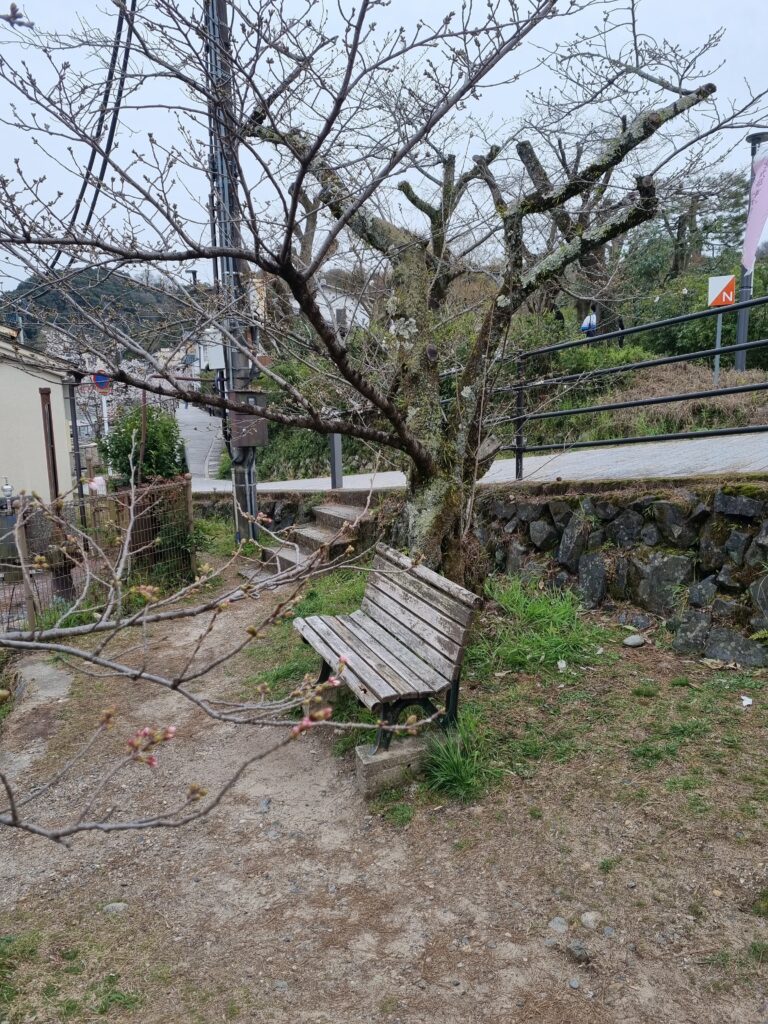
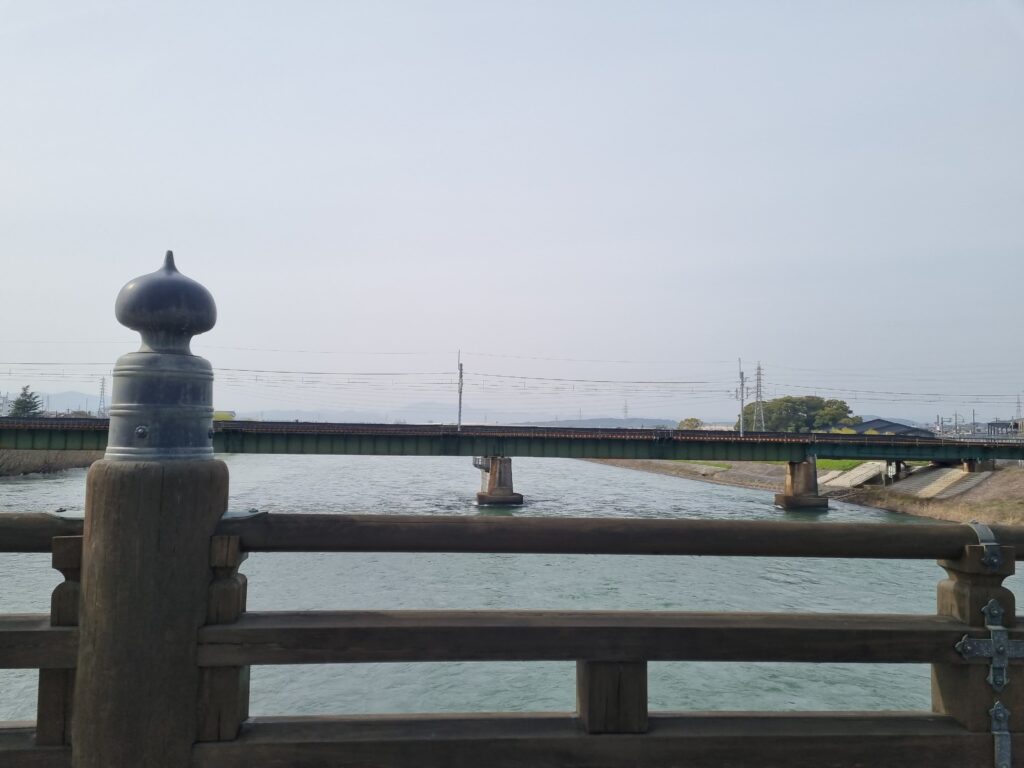
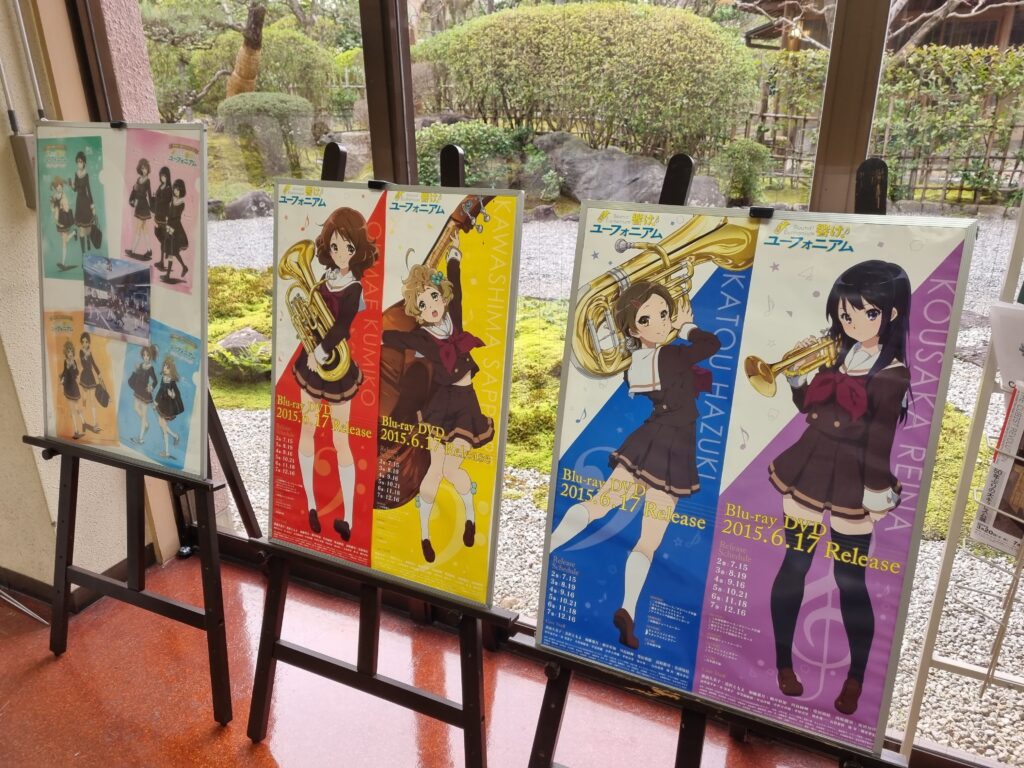
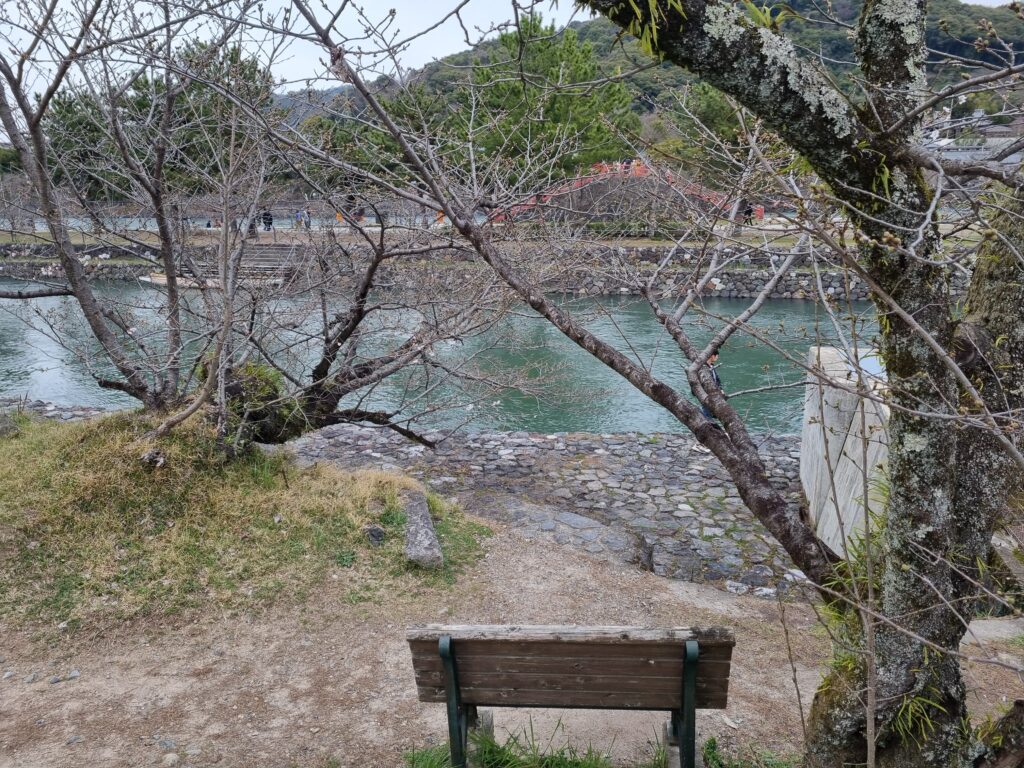
The holy Kumiko Bench was actually not that comfortable to sit on, since the ground was pretty high from the bench’s base, so you’d sit with your legs hanging. The dinner place I visited was surprising, since it was full of Sound! Euphonium merchandises from wall to wall. I was really happy to eat there to end the pilgrimage. 🙏
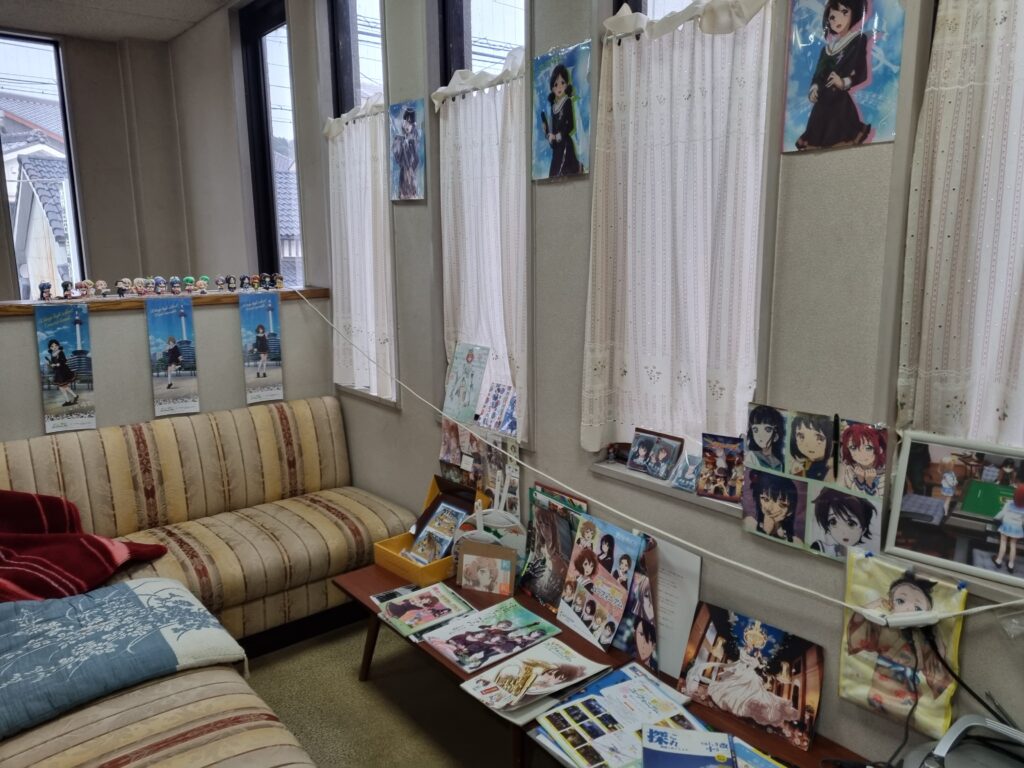
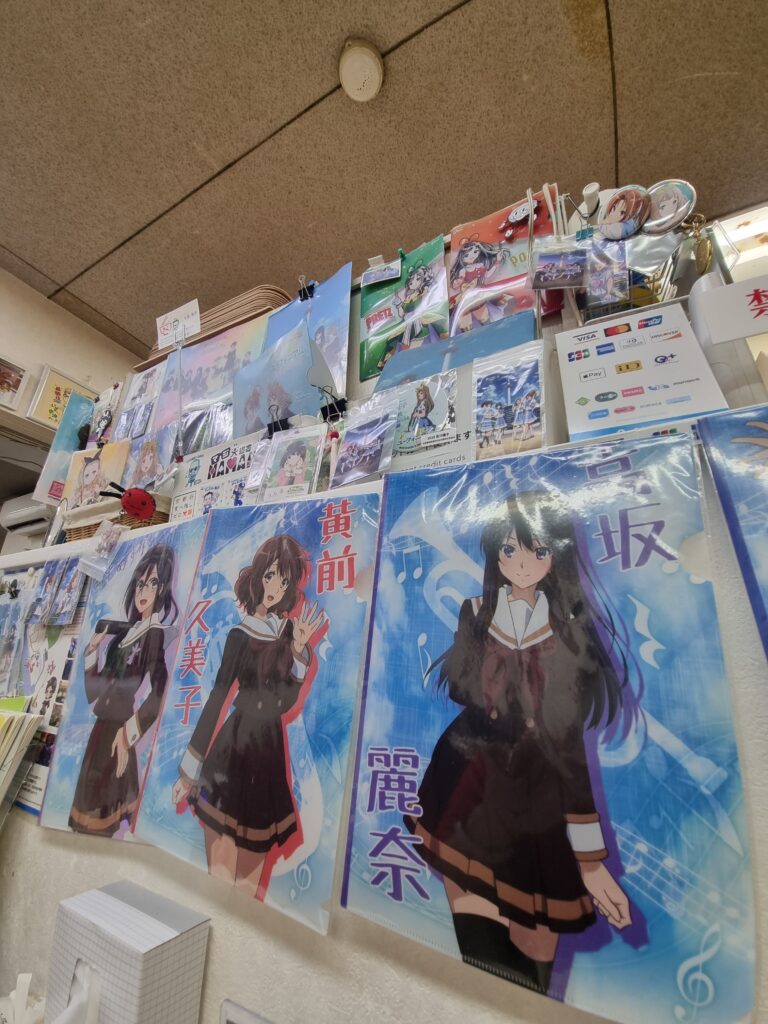
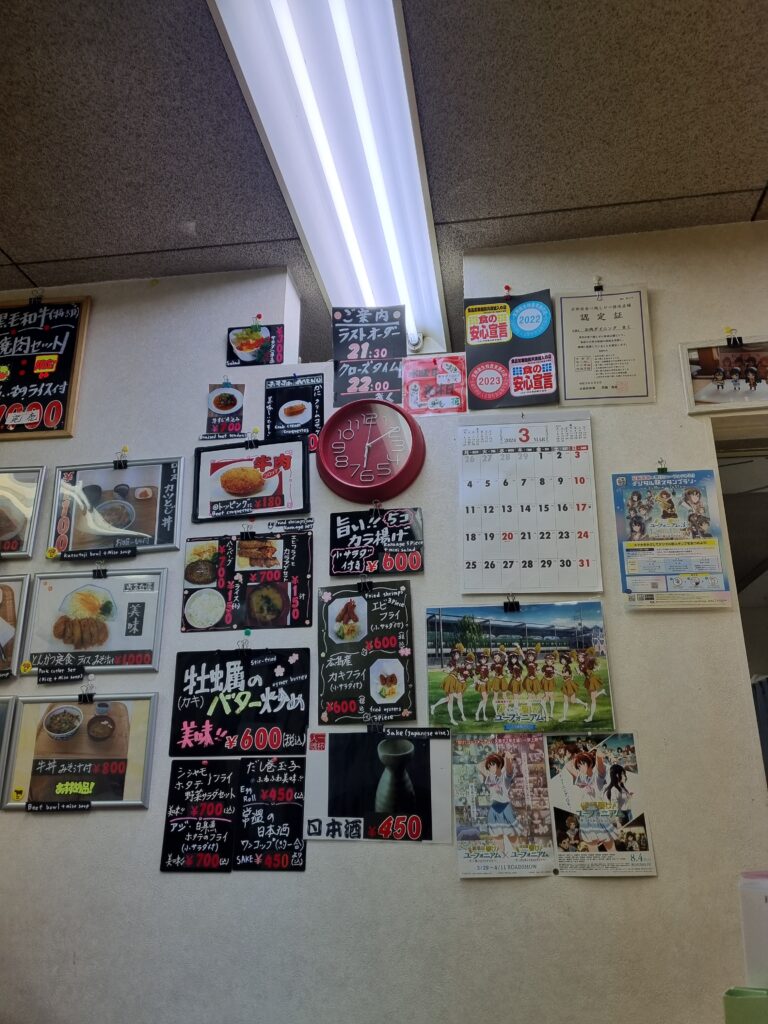
Fuji
The trip to Fuji was a day trip with a tour company that departed from Tokyo. The meetup was a bit messy since there were multiple companies and multiple busses from the same company having the same meetup point at Shinjuku, so I had to navigate through each of the people that looked like tour guides to find the correct one. I departed around 08:30 and arrived at Fuji area around 10:30. The weather initially wasn’t that good we departed but the rain stopped when we reached Fuji area.
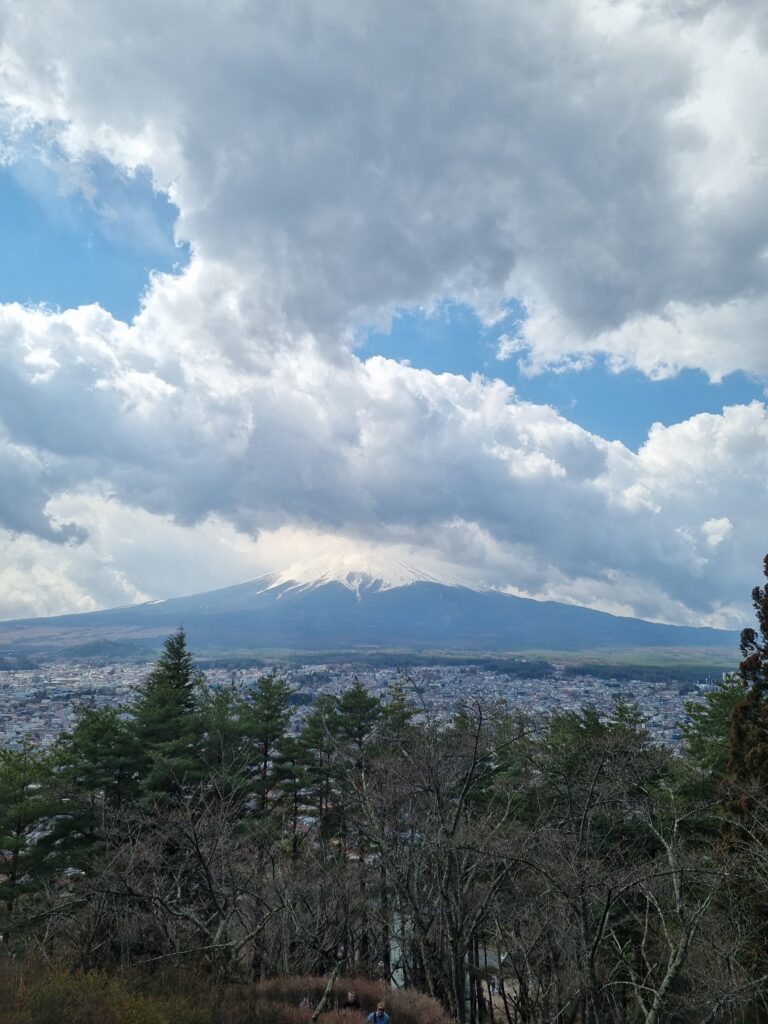
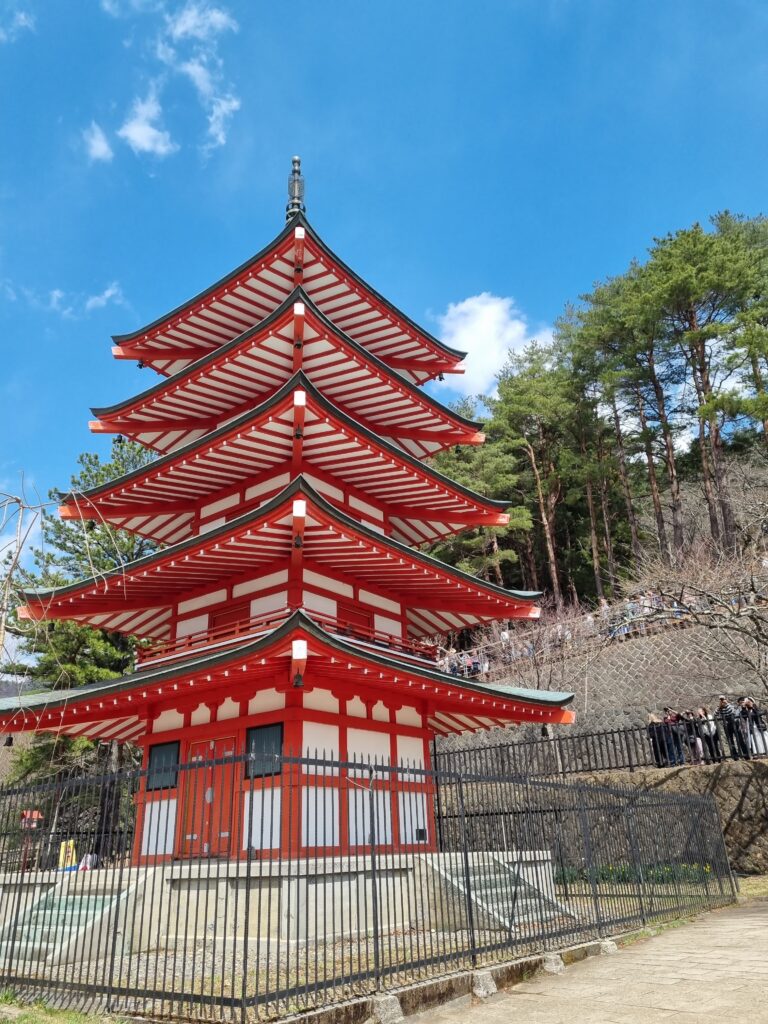
We headed to the first spot: Arakuyama Sengen Park. It was famous for the pagoda view with Mt Fuji in its backdrop. The hike up there was pretty tough, as it was a constant stairs after stairs. It was also very crowded, especially at the pagoda area. There were people organizing the lines to take picture and the sign said that the photo line would take at least 30 minutes. Our guide told us that we shouldn’t join the line for the picture since we didn’t have enough time and advised us to take picture at other spots higher up. Well, it wasn’t totally the same (up there you couldn’t take pics with both Mt Fuji and the pagoda) but the view of Mt Fuji was pretty good. I didn’t hike all the way up since I didn’t know how much further the path was, and when I asked the people that seemed to hike down, they also didn’t have much idea as they didn’t go all the way to the top too. On the hike down, I stopped by the shrine area and also had some snacks.
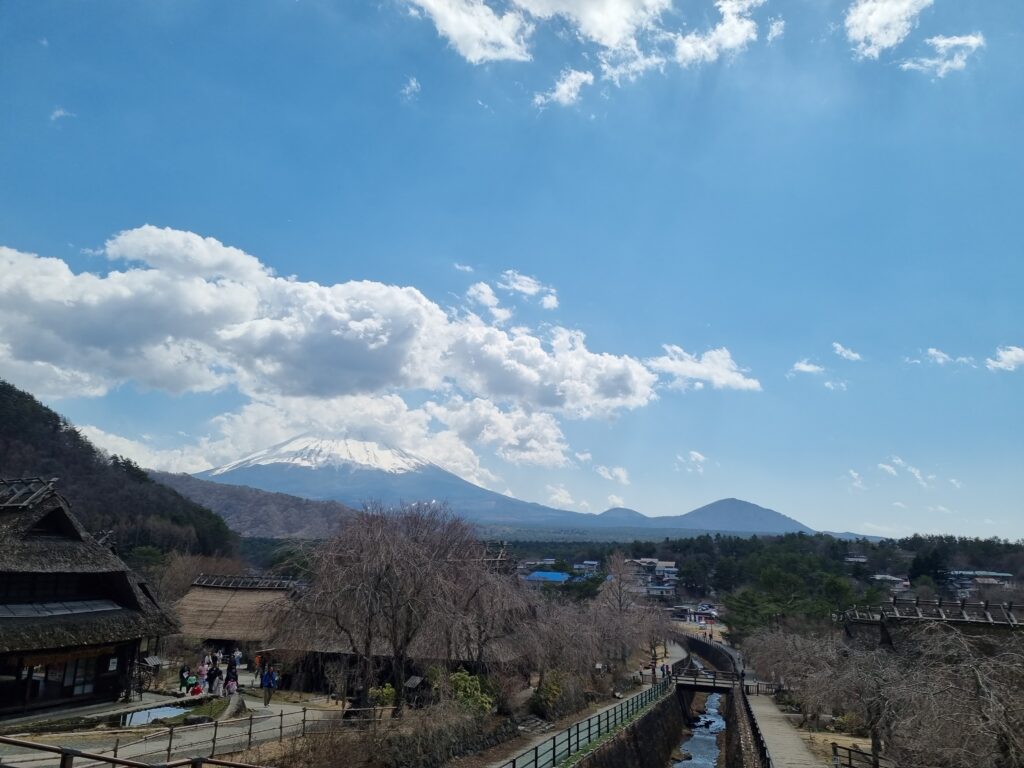

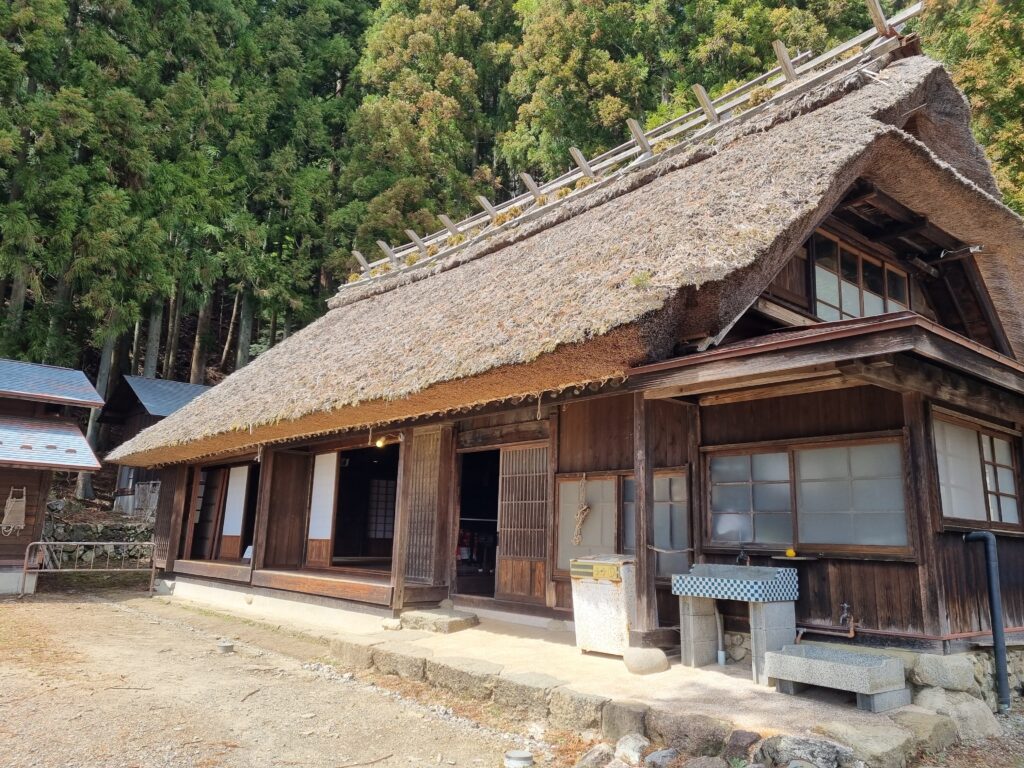
Next headed to Saiko Iyashi no Sato Nenba. It was a traditional village located beside Saiko Lake. Apparently it has a grim history, as it used to be a location of a village that was terribly destroyed during a typhoon back in the 1960s. As the original residents moved on to different place, this village was totally abandoned until the 2000s. The village was reconstructed as a museum and there was even a house that survived the landslide that was preseved. That house looked like a very traditional Japanese house that got its time frozen in the 1960s. This village has a backdrop of Mt Fuji too, so it was still a nice place to visit.
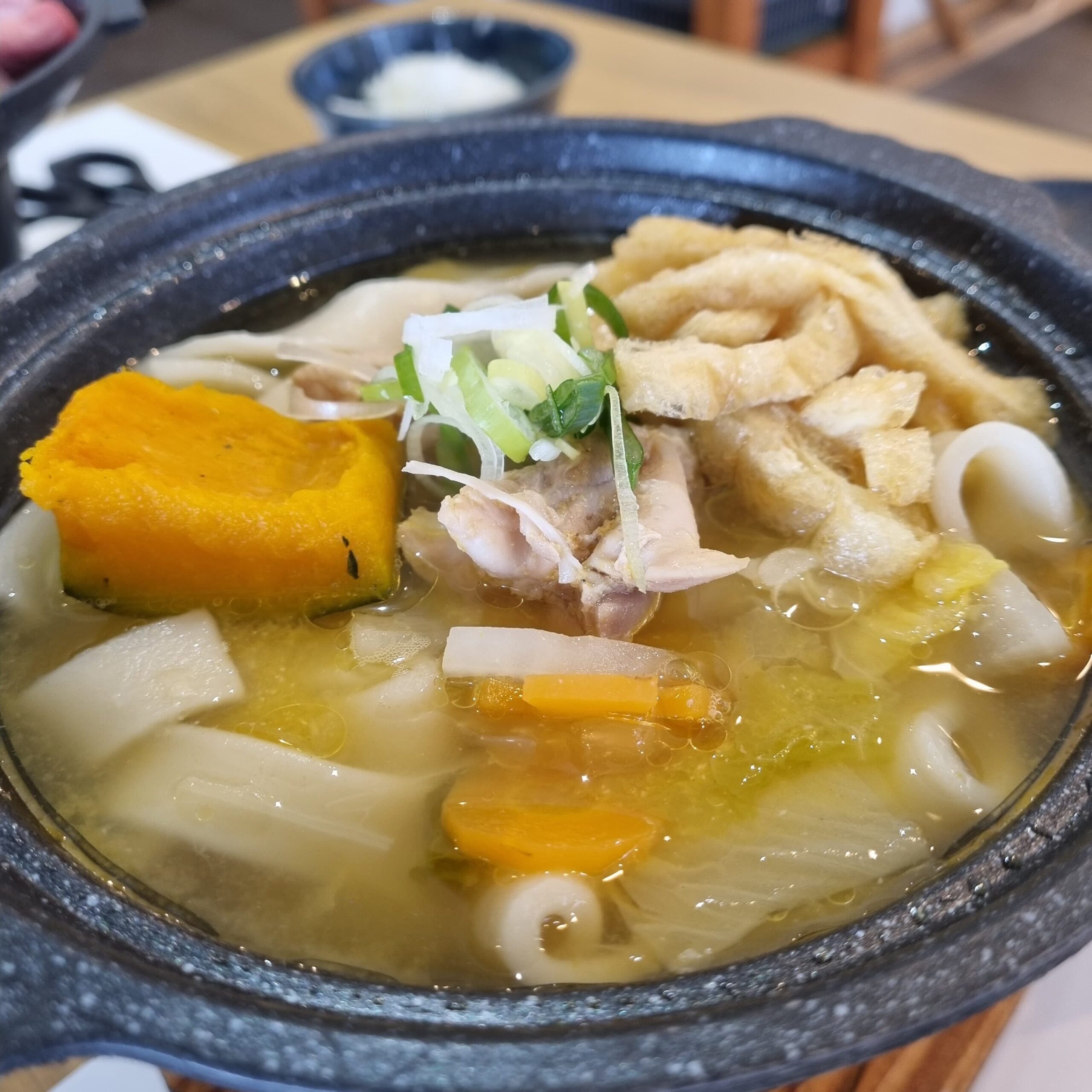
After that we had our lunch quite late in the day. We ate at Kawaguchiko Craft Park. The hoto nabe served, although seemingly simple, was really tasty. It was a udon dish, but I was surprised that it was served with rice. I still ate the rice though, since I was quite hungry.

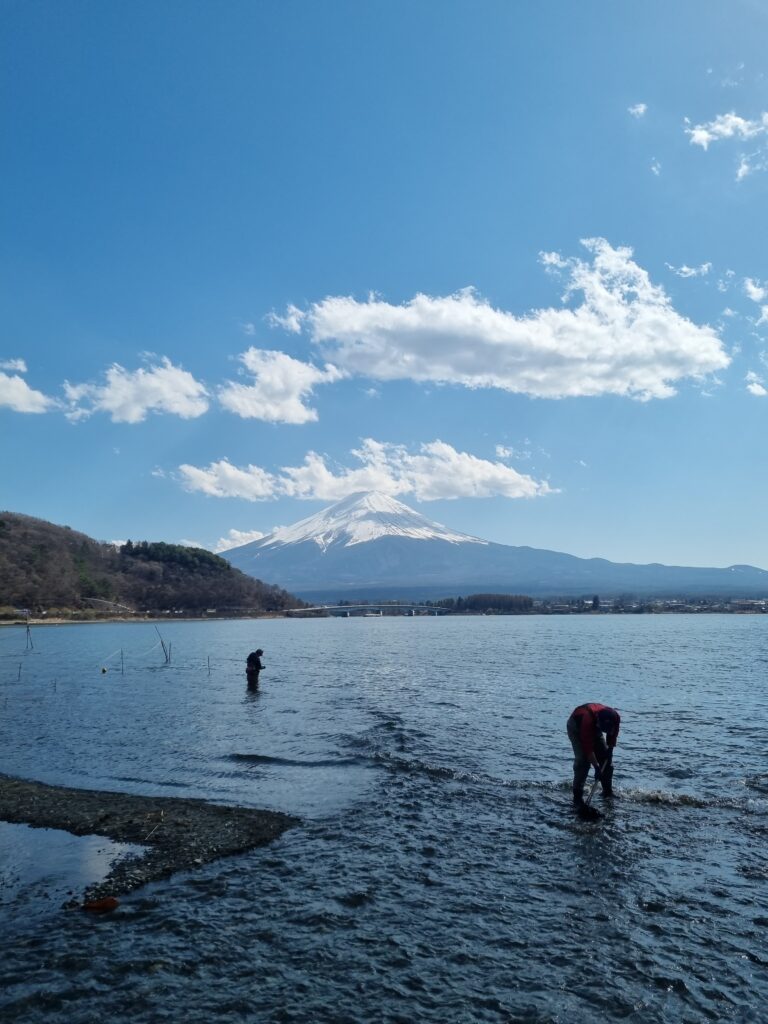
We had quite some free time after lunch before heading to the next location, so I walked around the area and took quite a lot of pictures of Mt Fuji with Lake Kawaguchi. The weather now was really good for pictures as it was really clear and hot now.

Our final stop was Oishi Park. It was quite crowded with tourists but I managed to find a good spot to take pictures with Mt Fuji & Lake Kawaguchi. The weather and the view from here was really good.
There was some people selling strawberries too and I bought some. Turned out it was really tasty!
Finally we went back to Tokyo and got dropped off at Shinjuku. The guide left a final advise not to be scammed at the Kabukicho area since it was nearby.
Thinking back, I was quite lucky, considering the weather on other days while I was in Japan was mostly rainy and cloudy. I felt like I haven’t explored enough of this area and had just scratched the surface of the attractions in Mt Fuji. Perhaps if I have a chance again I’d like to spend some more days to visit the different lakes of Mt Fuji.
Tokyo
I spent the rest of my trip in Tokyo. The good thing about Tokyo is that a lot of shops are still open at night. The not so good thing about it was that, on many places that I visit, it was really crowded. Since it was my first time, I visited many touristy places, like Tokyo Disneyland, Tokyo DisneySea, Shibuya, Shinjuku, Harajuku, Akihabara, Tokyo SkyTree, Tokyo Tower, Asakusa, and Senso-ji. Here I write some highlights of my Tokyo visit.
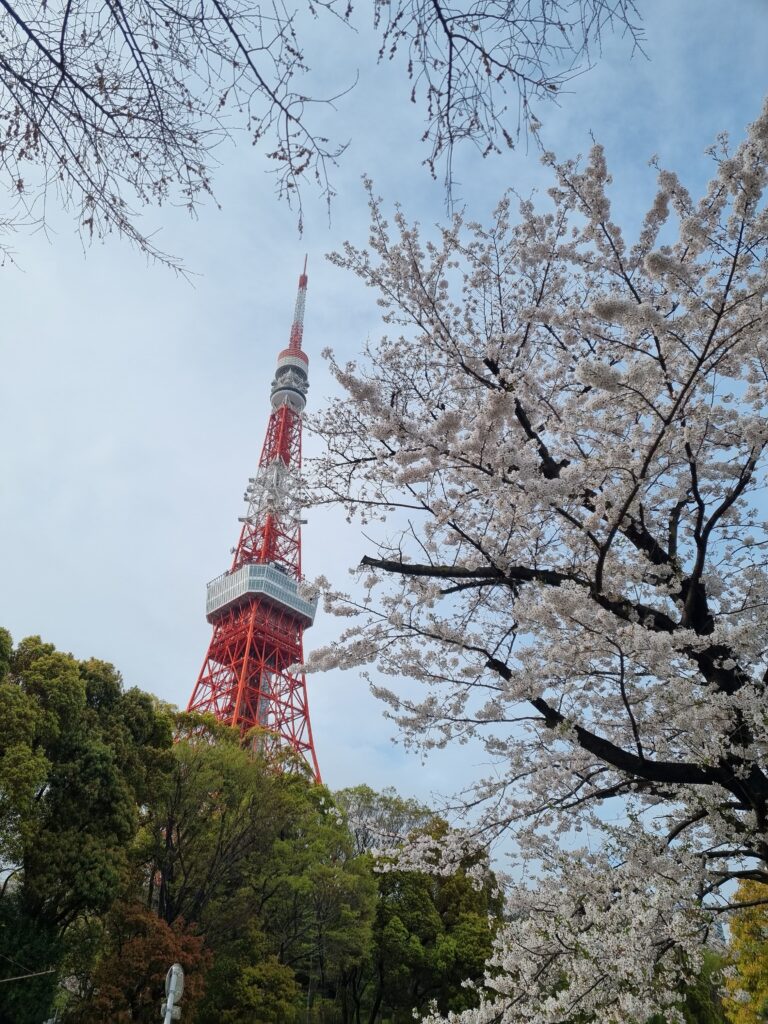

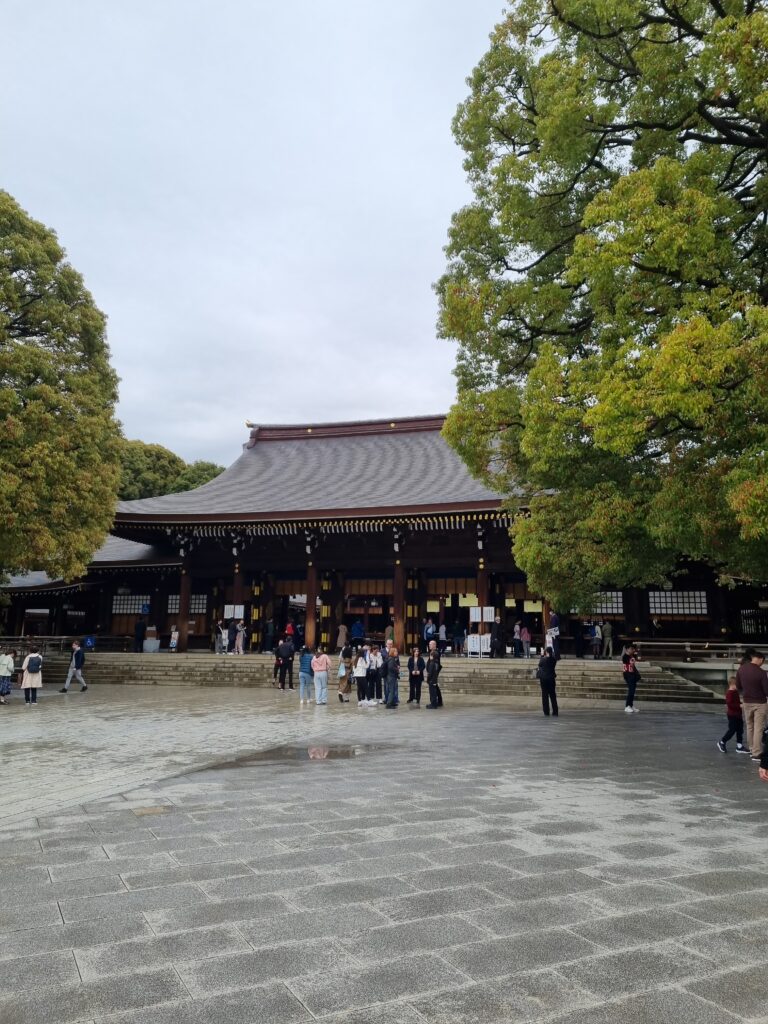

My Tokyo trip was supposed to be accompanied by my best friend Leo who lives in Kyoto. However, the day after we met for dinner during my Kyoto trip, he fell ill and tested positive for Covid. While he recovered some days later, since his test result was still positive, he felt that it wasn’t a good idea for him to join since we would be sharing a room and would most certainly be an inconvenience for me if I fell ill too. I was also sad that he had to skip this even though we’ve been planning this for many months. I do hope that we have another chance for a trip together.
Shopping
I did my shopping while in Tokyo. It was my intention to do shopping in the last leg of my trip so that I don’t carry those items around in my luggage. I shopped mainly in Ginza, Akihabara, and Shibuya area. Those Uniqlo, GU, Muji, Animate, and Don Quixote got me to spend quite a lot, tempting me with the tax-free shopping. I even bought a new small check-in bag to carry those items back. Those items were generally light, just that they took quite a lot of space since they were packed in boxes.
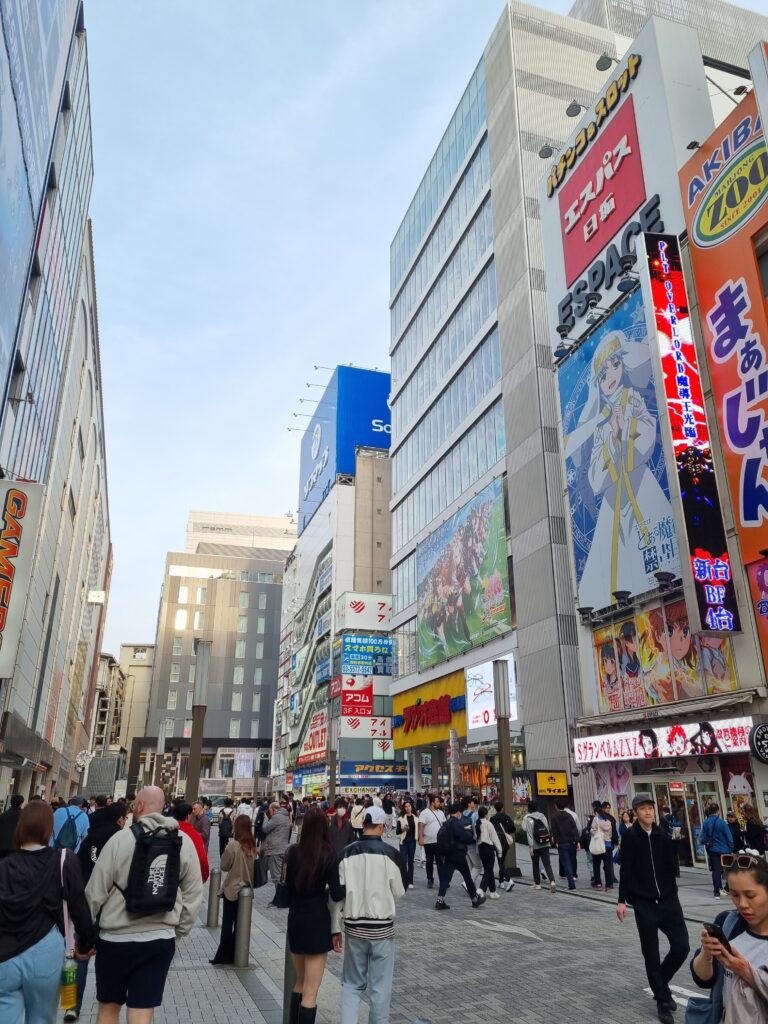
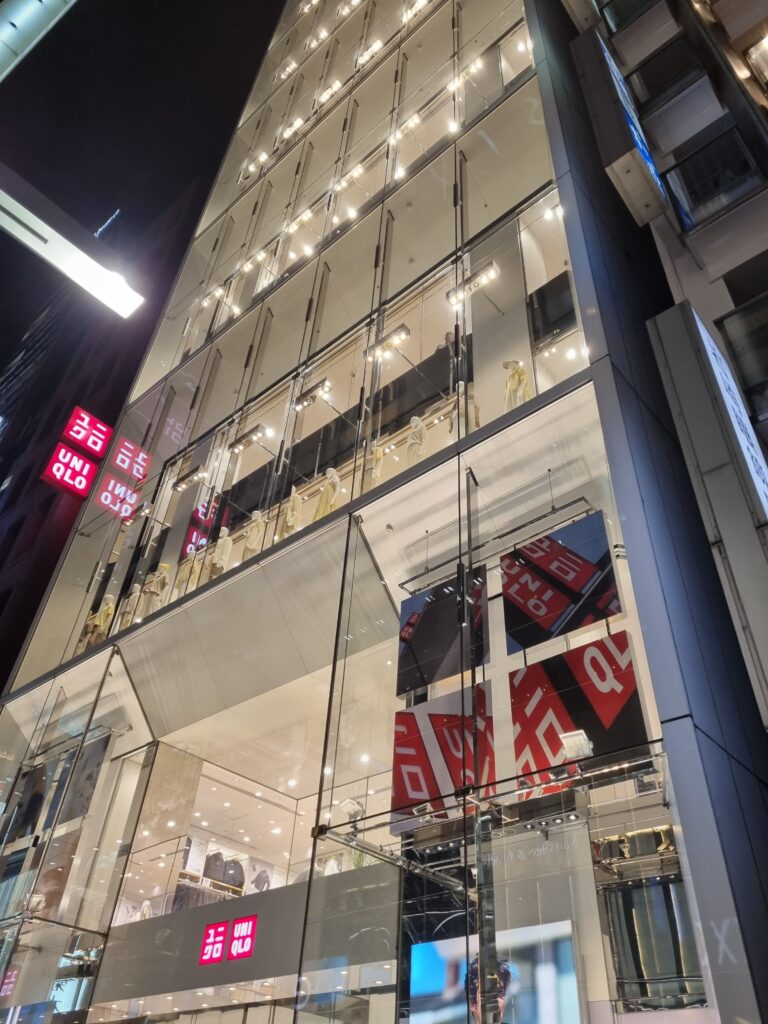

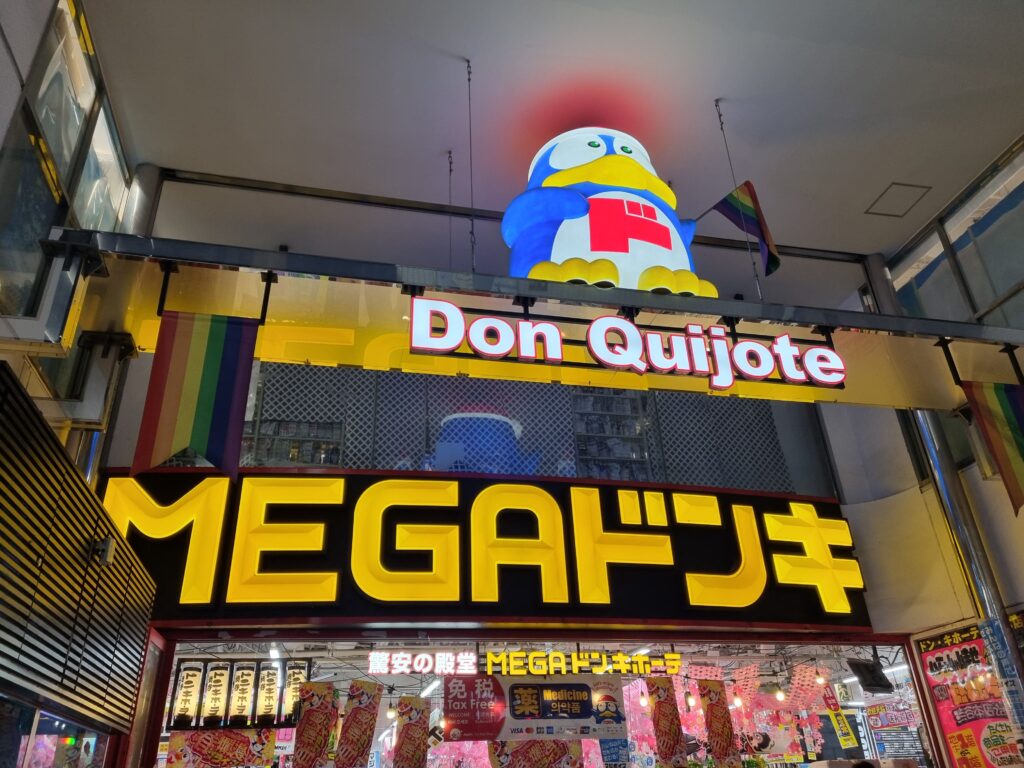
Shimokitazawa
For something out of the norm, I visited Shimokitazawa, mainly because I wanted to visit Shelter, the real life live house that’s featured in Bocchi the Rock! anime. Well, it wasn’t just a place that you can go any time, it’s a ticketed place that opens only for bands to play gigs.
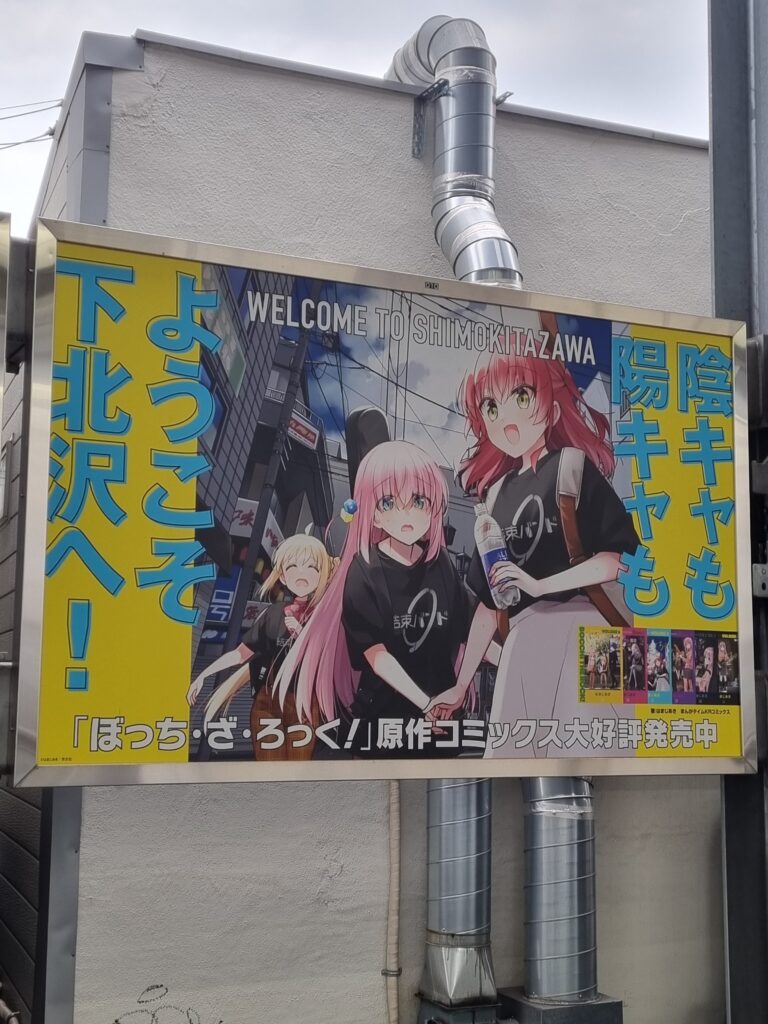
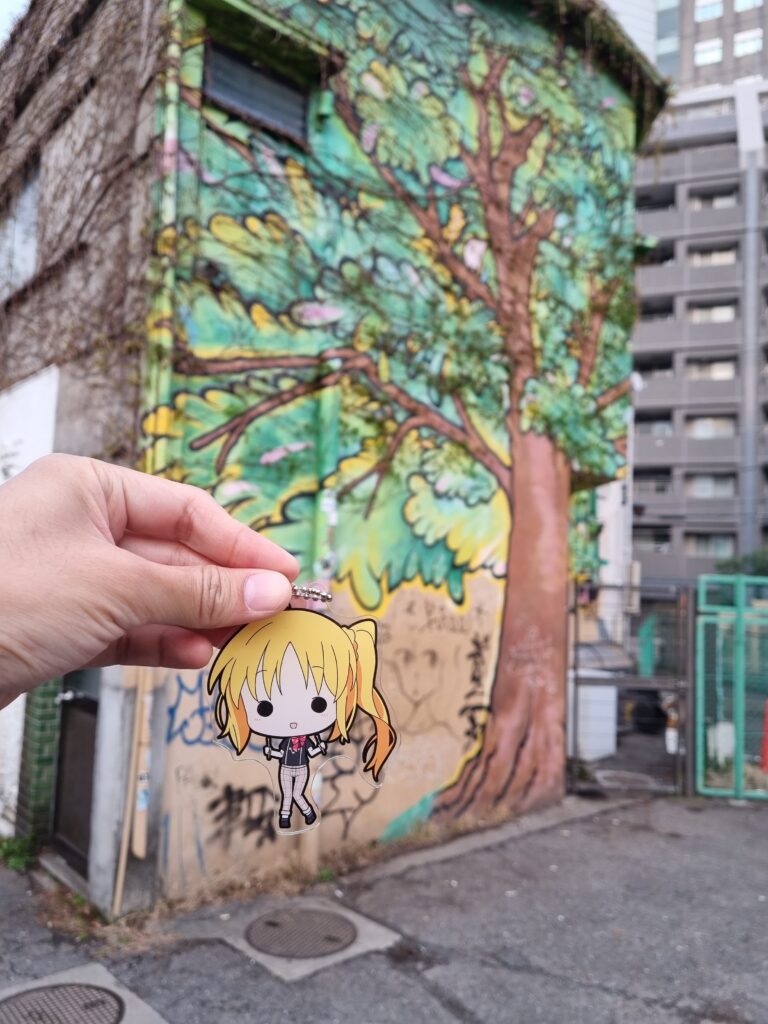
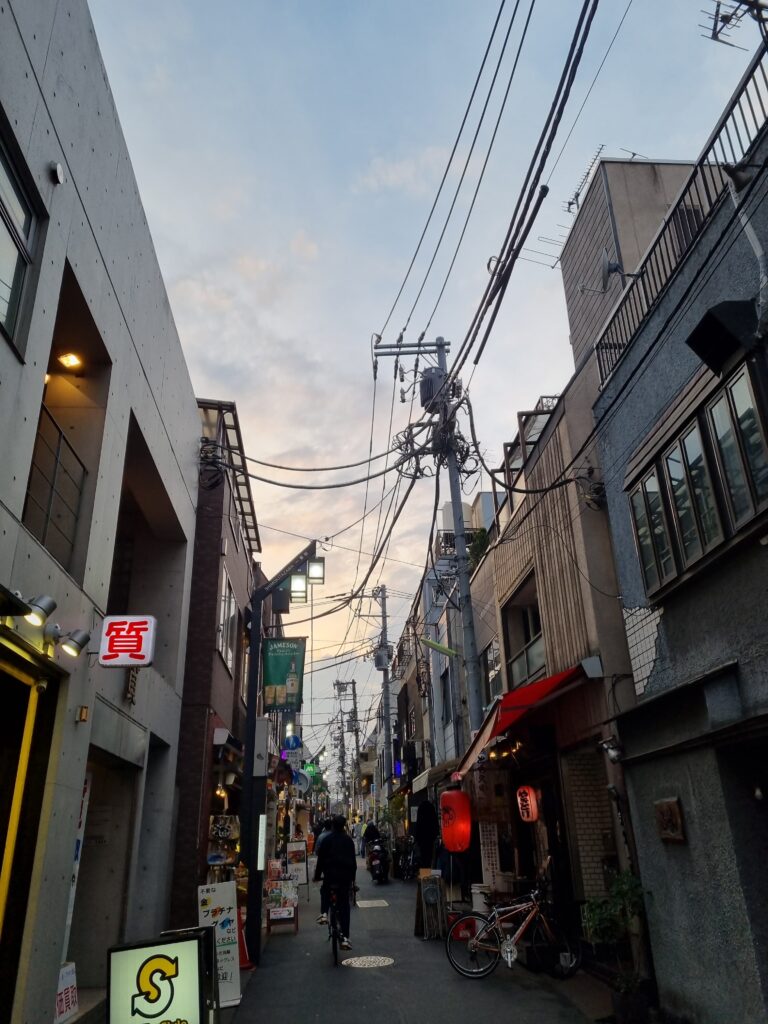
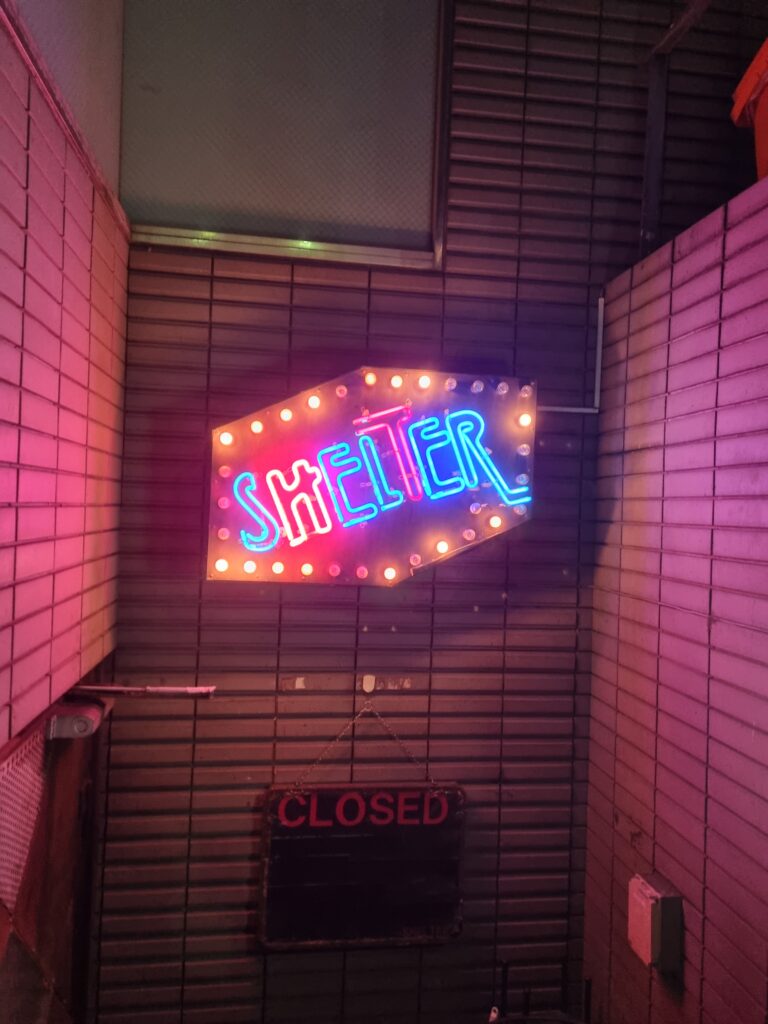
The event that I attended featured three bands: SuU, Kamisado, and ayutthaya. I didn’t know any of them before puchasing the ticket. I researched a bit but it was quite hard to find some of the band’s songs since gosh some of the band names are very not SEO-friendly. After I managed to find them, I was quite surprised that those bands were still really small: I think one of the band’s YouTube subscriber count isn’t even 1000 yet.
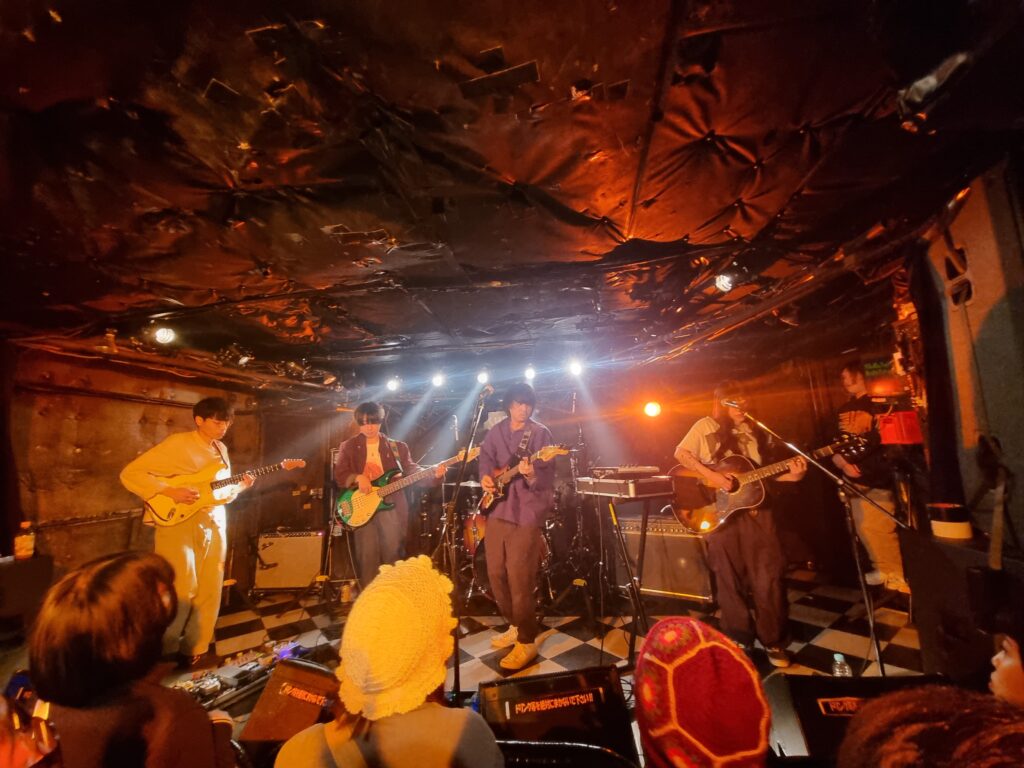
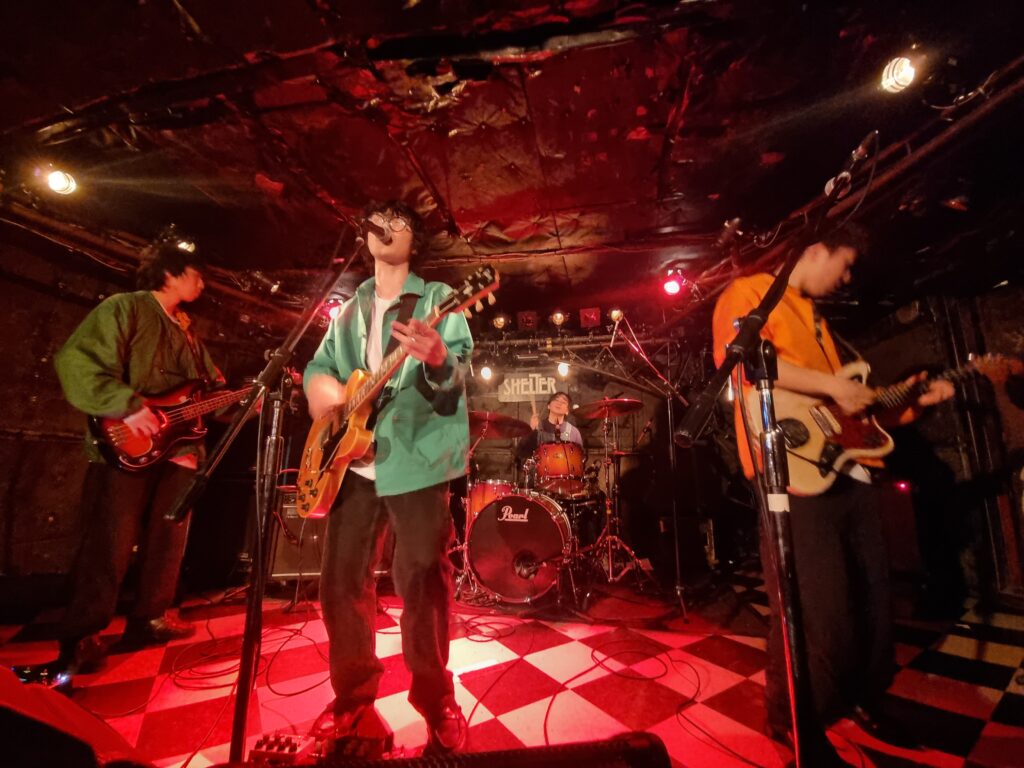
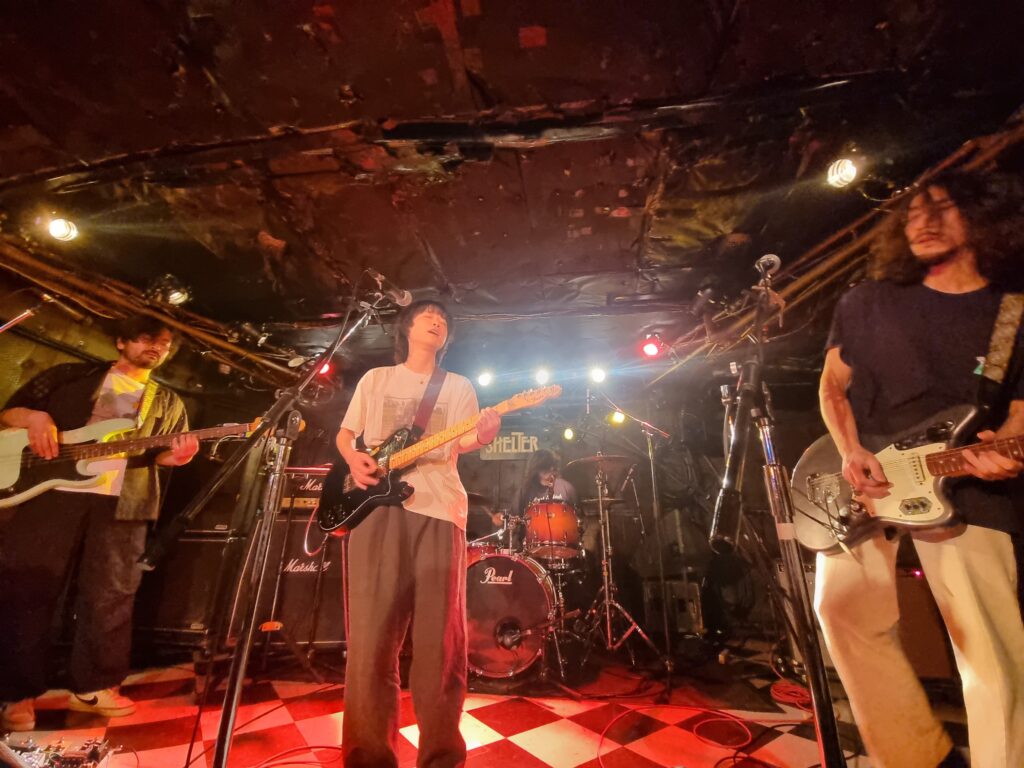
It was an interesting experience! As the night progresses, the place got more crowded with more and more fans at the end. Since I were there since the door opening, I got a pretty good standing location: right in front of the stage. Though sometimes it was awkward to be standing between real fans, I really enjoyed the music that was played. The genres of those bands were quite different I’d say. Within these three bands, I saw that ayutthaya played the best (and had the most fans), but their music didn’t really suit me. In terms of music, I liked Kamisado the most. It was also surprising that the vocalist’s guitar string snapped midway through the performance and he had to play through the rest of the setlist with that.
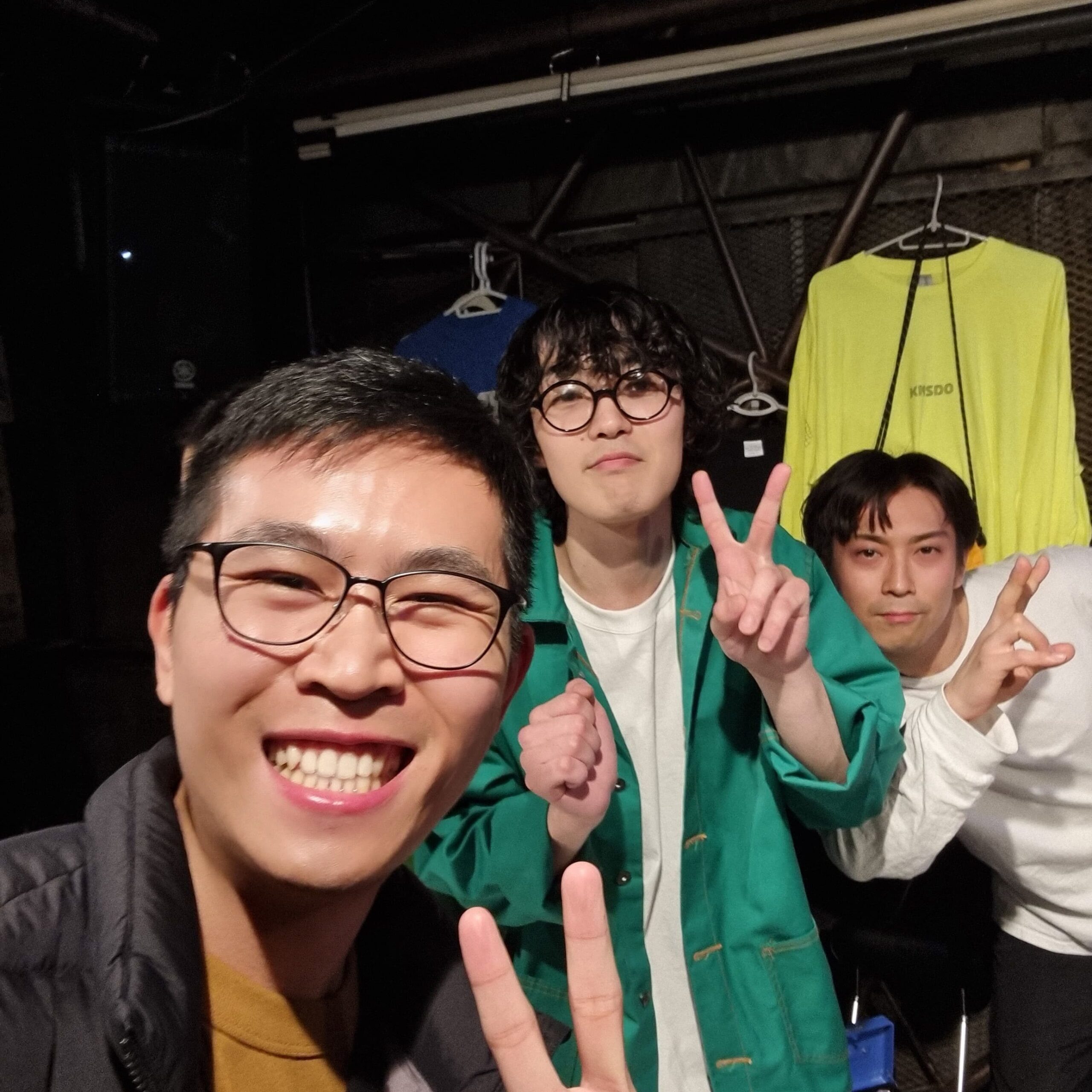
After their performances, I went to buy their latest album and even took a pic with them. I hope to see their music career progresses well.
Tokyo DisneySea & Tokyo Disneyland
I also went to the theme parks: Tokyo DisneySea and Tokyo Disneyland. I totally loved the atmosphere, although it was physically draining.
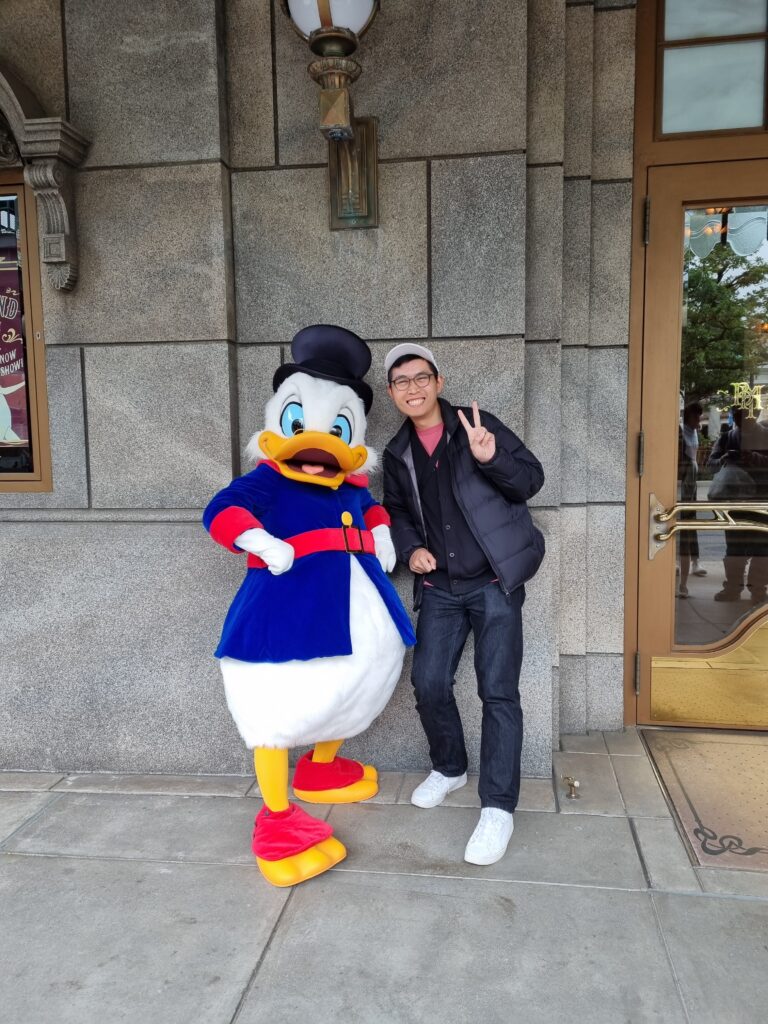
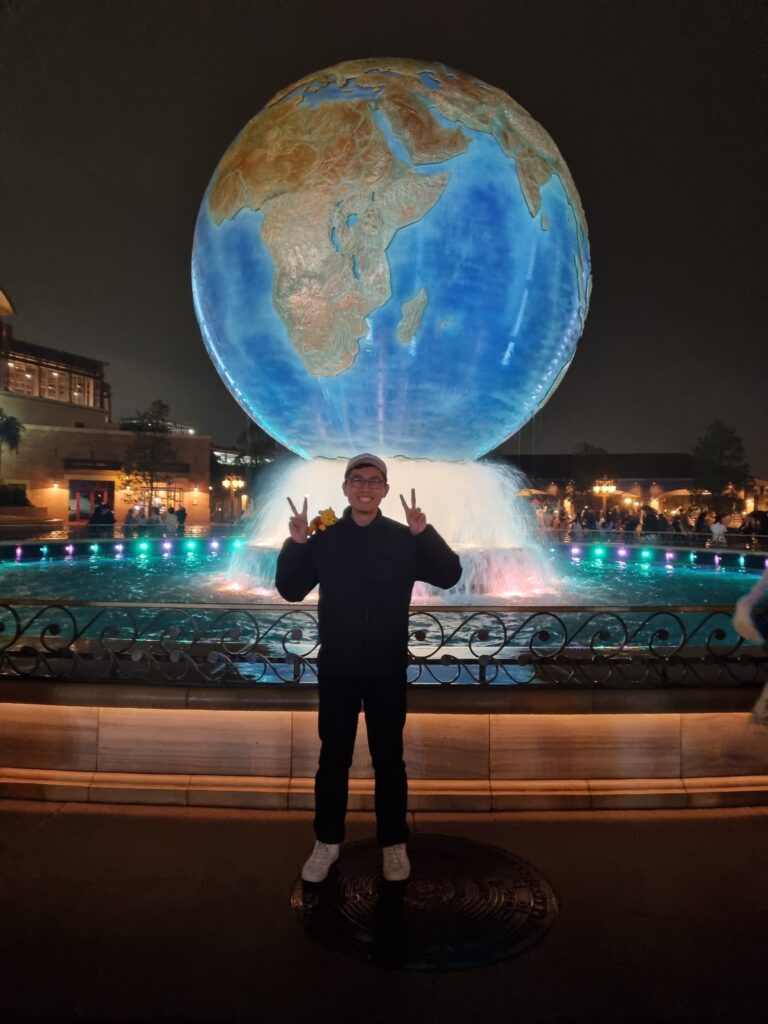


The rides on those parks were much less intense than those of USJ, however I felt like they are more immersive. In the rides, you really felt like you’re in Disney’s world.
It was a bit unfortunate that my experience in Tokyo DisneySea was full of water: it started to rain around 11 and lasted till the evening, which caused some of the parades & shows to be cancelled.
For Tokyo DisneySea, I really liked the “Soaring: Fantastic Flight” ride which I queued for 1.5 hours. It’s actually really incredible. It made you feel really like you’re flying, and with the winds and artificial aroma, you felt like flying in different places.
For Tokyo Disneyland, I really liked the “Enchanted Tale of Beauty and the Beast” ride which I got an express pass for (Disney Premier Access). Gosh it was so magical… the audience were seated in flying tea cup, following along the story of Beauty and the Beast accompanied with Disney songs. It was so good that I teared up during the “Beauty and the Beast” song.
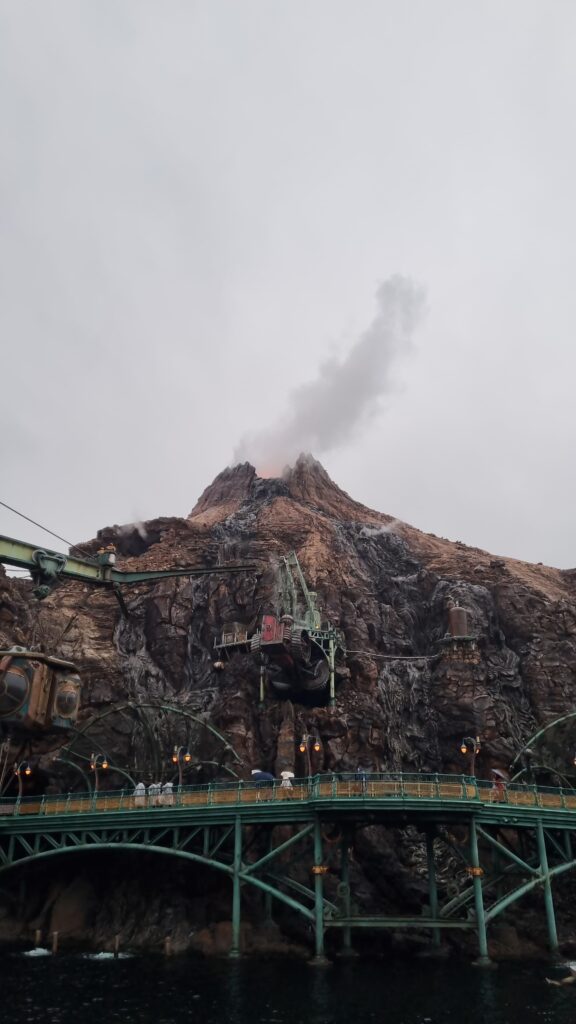
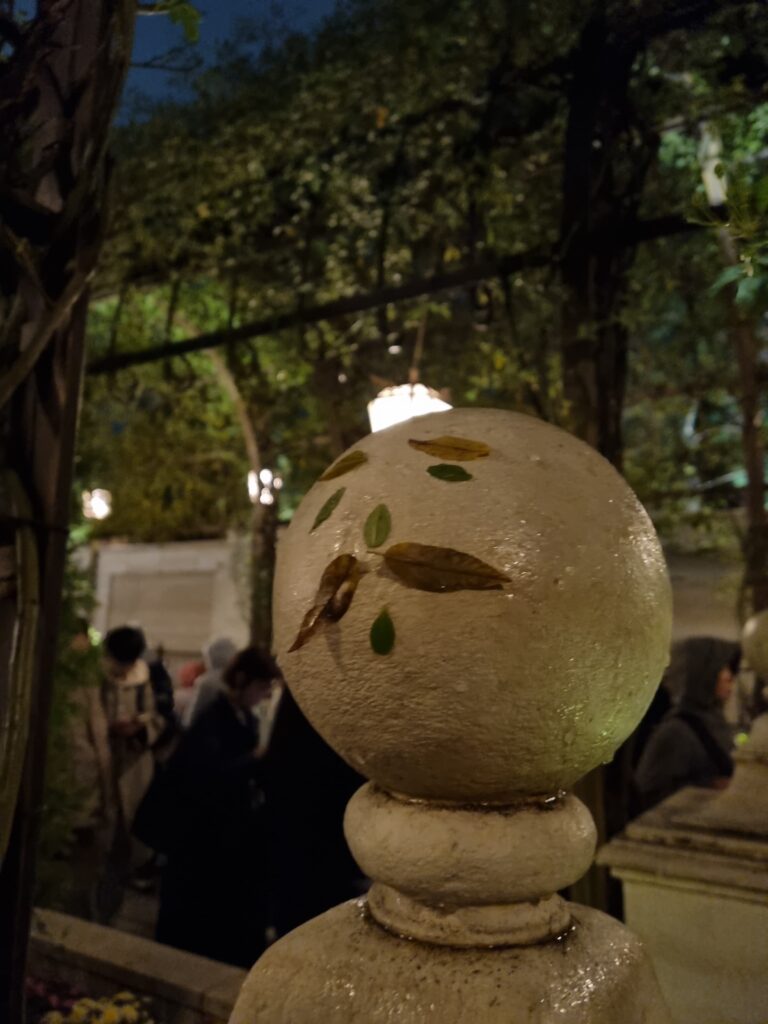
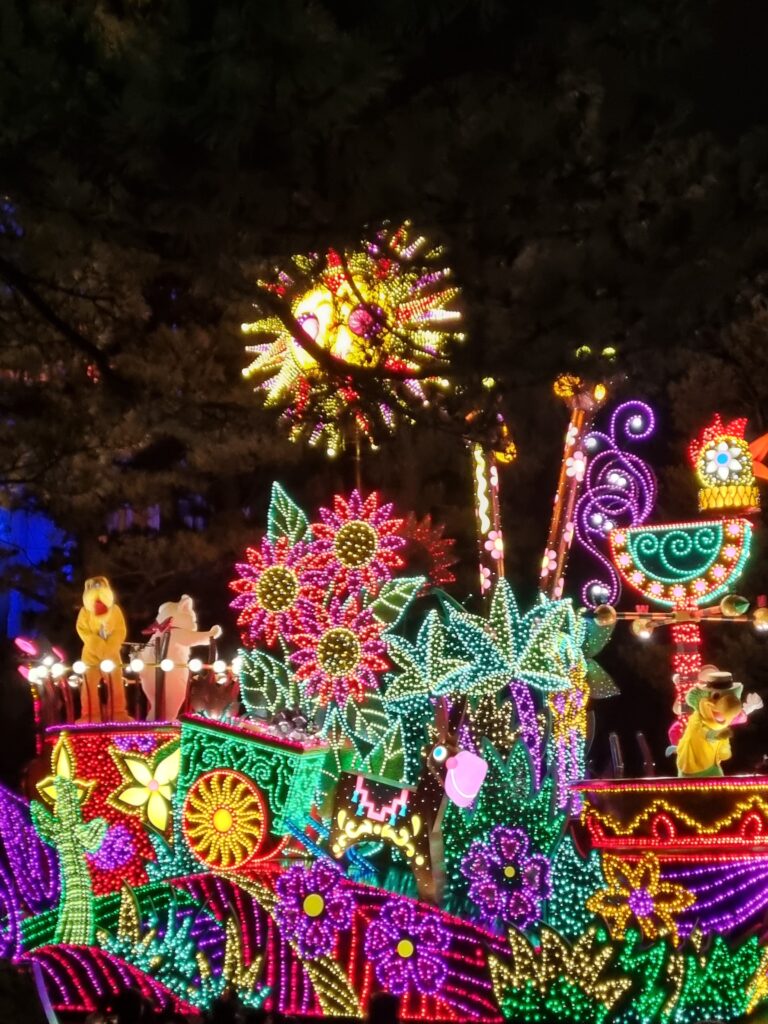
I booked my lunches & dinners through the app and I felt I really saved my time queueing, especially during lunch. However, when I visited Tokyo DisneySea (which I did first before Tokyo Disneyland), I didn’t utilize these tools to reduce my time queueing for rides:
- “Disney Premier Access” is a per-ride express pass that you can buy after entering the park
- “Tokyo Disney Resort 40th Anniversary Priority Pass” is a free express pass that you can book after entering the park
Those passes are also limited and there’s a cool down time after purchase, so it’s quite fair to everyone I guess.
I also really enjoyed the slow transportation rides. On both parks, I took boat rides and it was really fun waving at people inland and they waved back at you. Somehow it makes everyone’s mood a little better.
That’s my experience during the end of my Tokyo DisneySea’s visit. While walking out of the park, I noticed that there were people in the hotel room windows waving at us (and of course I waved back). I felt it was really cute.
At the end of Tokyo Disneyland’s visit, while watching the fireworks show, I broke down crying. The fireworks were the most beautiful I’ve ever seen. Perhaps the tears were tears of joy, perhaps it was also tears of sadness since it signifies that the park is closing and I didn’t want to leave the park yet.

Shinjuku Gyoen National Garden
Initially I didn’t plan to visit Shinjuku Gyoen National Garden, but since I had a blank day in my final day in Tokyo, I decided to pay a visit in the morning. I arrived at the opening hour and the queue to enter the park was already quite long. Apparently if I come later, I had to book admission ticket (which already sold out for the day). If I recall correctly, they implemented this booking system if one is to enter the park between 10 am to 4 pm on weekends of March & April to manage the crowds.
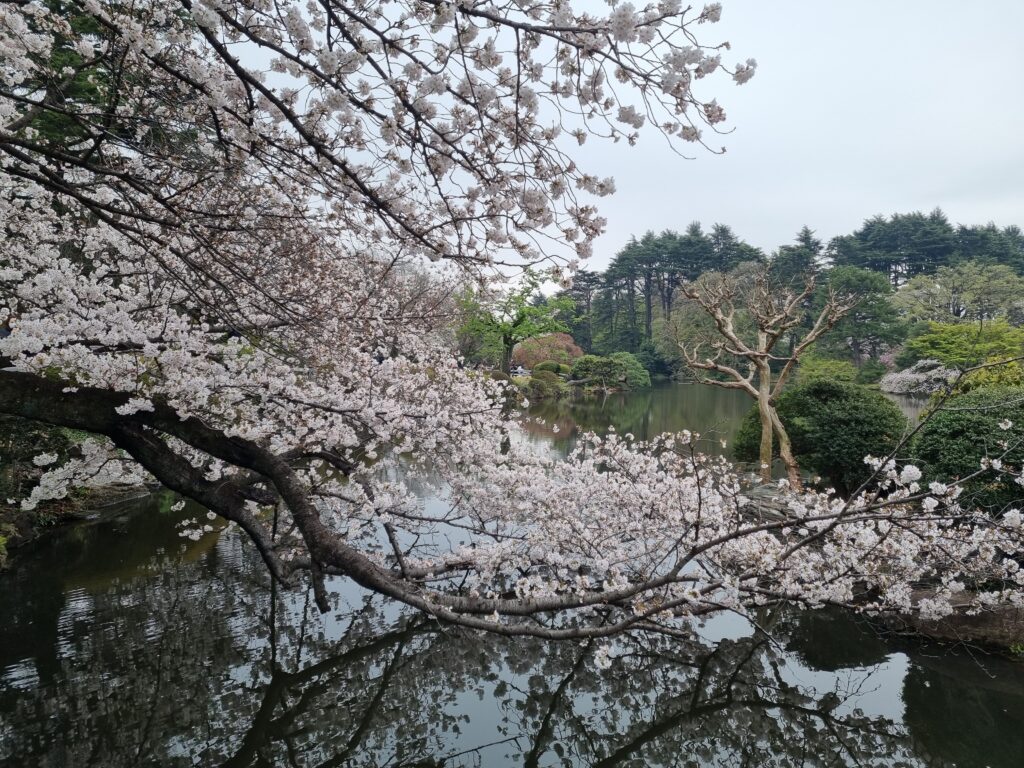
I managed to get in quickly then started my stroll along the sakura trees. It was very beautiful. I observed that there’s so many species of sakura and they bloom at slightly different times, and that there were many hybrid trees, so they produced so many different colored petals. I think the most beautiful one is the one nicknamed America: it’s white but with a pinkish shade near the border of the petals.
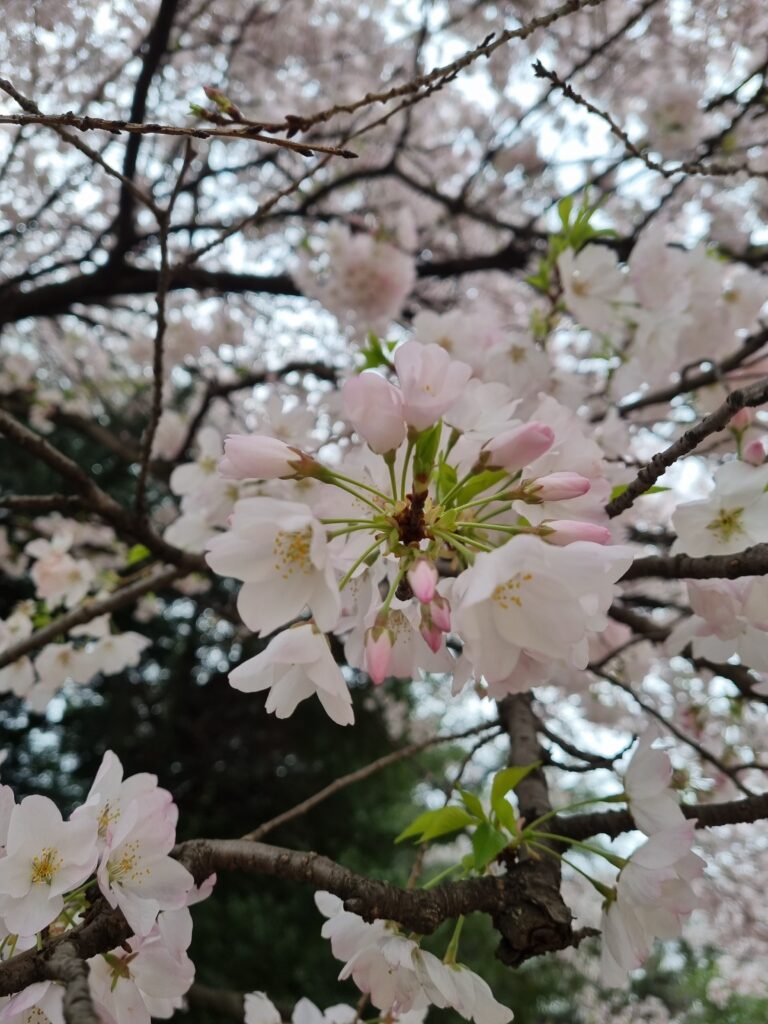
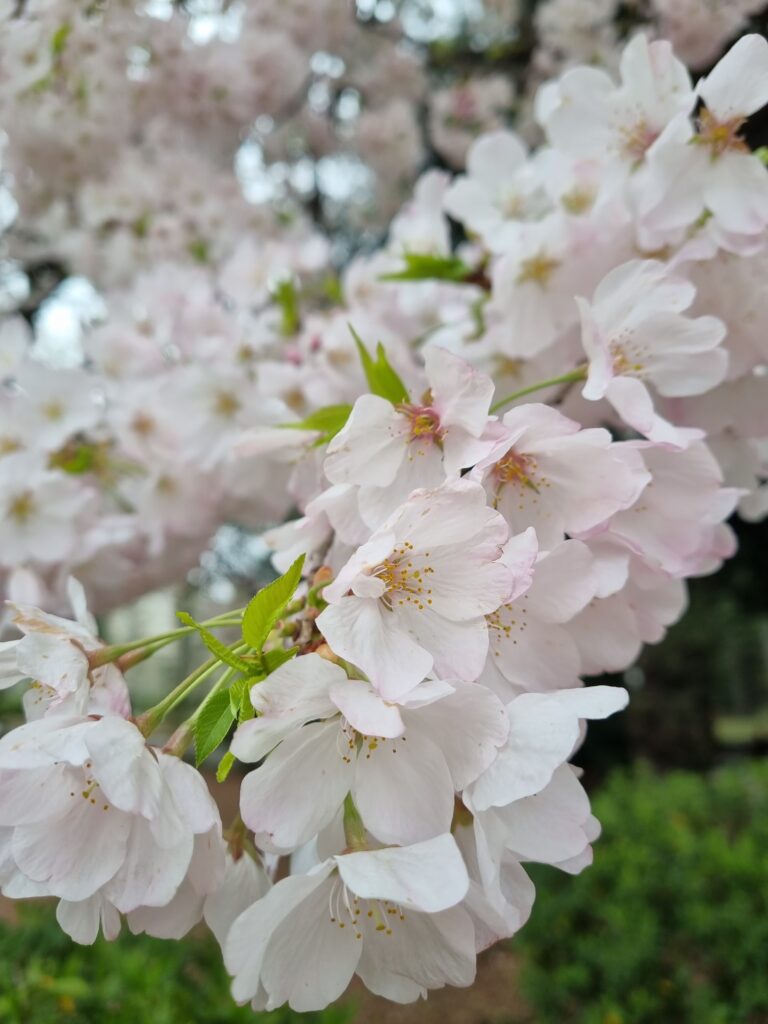
I explored the whole garden including the ponds, the forest area, and the greenhouse. It really felt like Kyoto Botanical Garden although here it’s so much more about sakura than other plants.

I also observed that many of Japanese people were doing sakura viewing (hanami), which is basically a picnic under sakura tree. Quite a nice view.
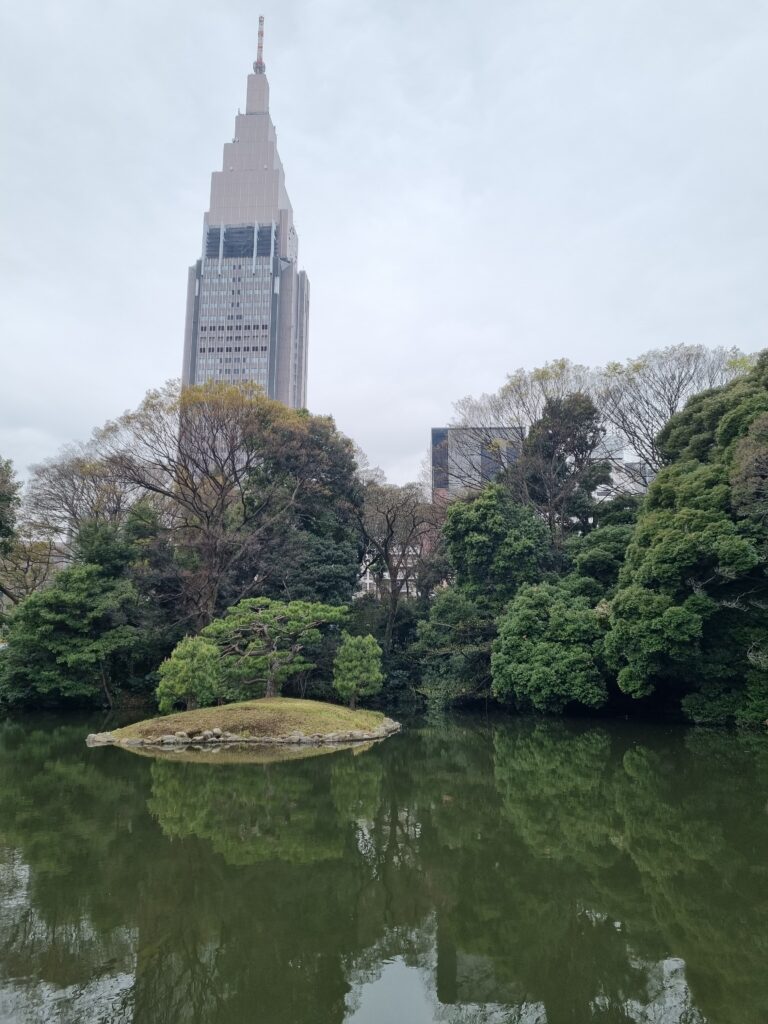
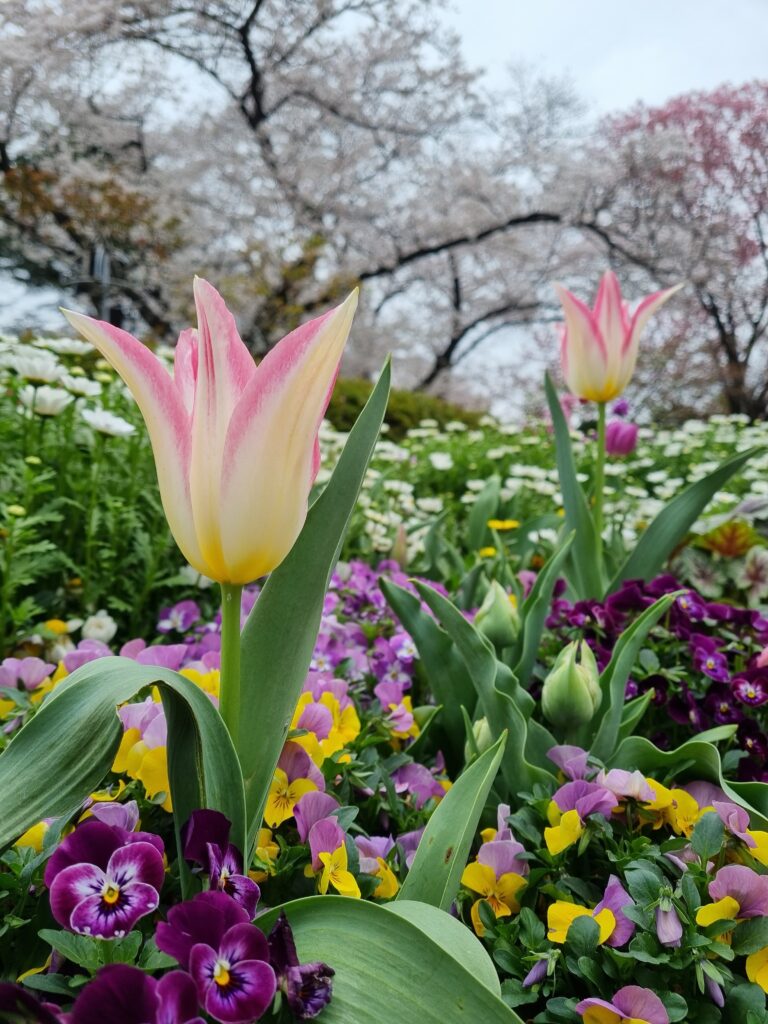
It was here that I sat down and enjoyed the view, and had an epiphany while watching the sakura petals fell down the ground: it really reminded me of impermanance. All flowers will bloom and eventually wither. It is the same too with vacations and life: they will start and eventually end.
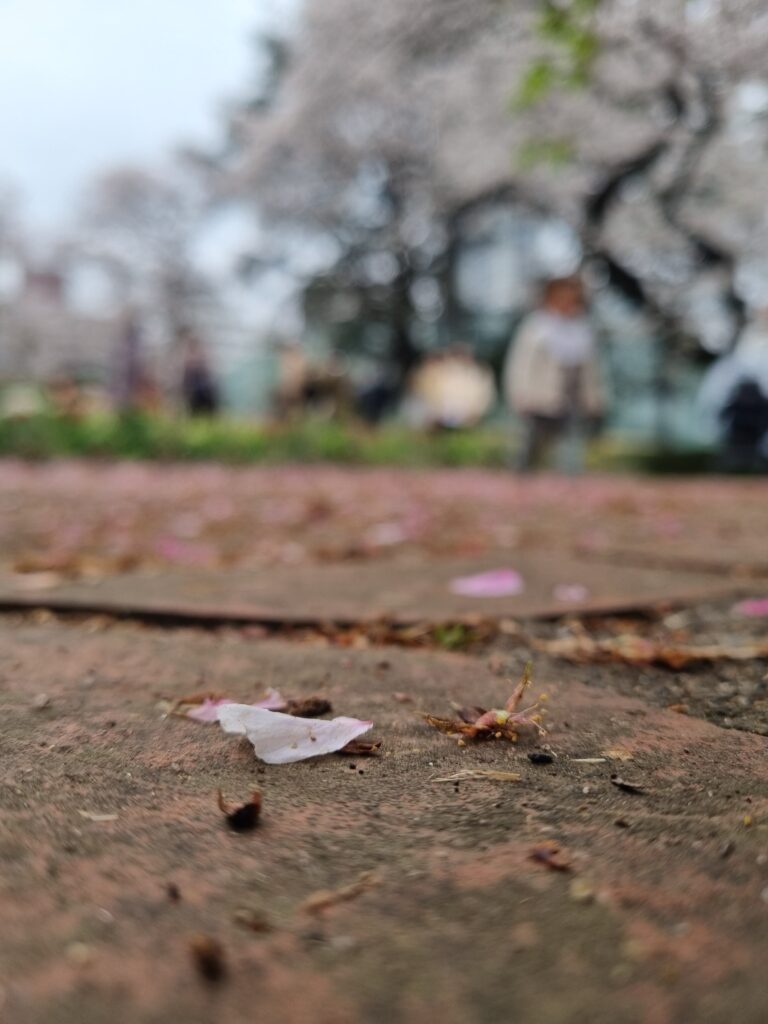
Reflections
Language
In this trip, I found that my Japanese language that I studied weren’t that practical yet. Most of the time, when people spoke in Japanese, I did understand what they mean but had some “loading time” while trying to reply. Because of that, the speaker would perceive that I didn’t understand Japanese and switched to English. And I’d also defaulted back to English to reply.
I had one funny incident in Kyoto Aquarium while waiting for the dolphin show to start. There was a Western lady suddenly approached me and spoke to me in a very fast and fluent Japanese, essentially asking if the seat beside me was taken or not. Before I had the chance to reply (in either Japanese or English), the other Japanese audience had replied.
On public transportations that I took, they all had Japanese and English signs, and some even had Mandarin Chinese & Korean too, so I had no problem in navigation.
While some places (like museums or gardens) had signs only in Japanese, if I try, I can read and understand the gist of it. Though for restaurants, I found that many of the menu contained names (and some names were written in Kanji) and it was still puzzling to understand what that menu was even if I could read them.
I was glad that I can speak some Japanese. Most of the time was to ask other people to take picture for me. The other times were when I need to find something in a store and ask the staff where those items are. There was a time in Tokyo DisneySea where I lost my neck warmer after a ride and had to approach the staff to accompany me to go back to the ride and help to find it for me. I was glad that my Japanese was quite useful at that time.
People
I observed that Japanese people, especially the adults, were quite aware of their surroundings that they tried to minimize disruptions to other people. I felt like this is why the trains were really quiet even though it can be really packed. There was one example that impressed me: in Tokyo Disneyland while watching the parade, I stood behind some high school girls wearing those bunny ears headgear, but after a while, one of them was aware that I was standing behind her and she took her headgear off.
Other than that, I observed that the people, especially the youngsters, were quite fashionable. They generally didn’t wear generic Uniqlo items like most Singaporeans do. Also I saw that many of the high schoolers wear their high school uniform to theme parks, and they actually looked pretty good in those fit.
Food
I felt that a lot of the Japanese food I encountered were quite high in carbs & sodium and low in fibre. The most vegetables I had was when I was eating in a tonkatsu restaurant where they served free-flow cabbage (and I ate 3 servings of those).
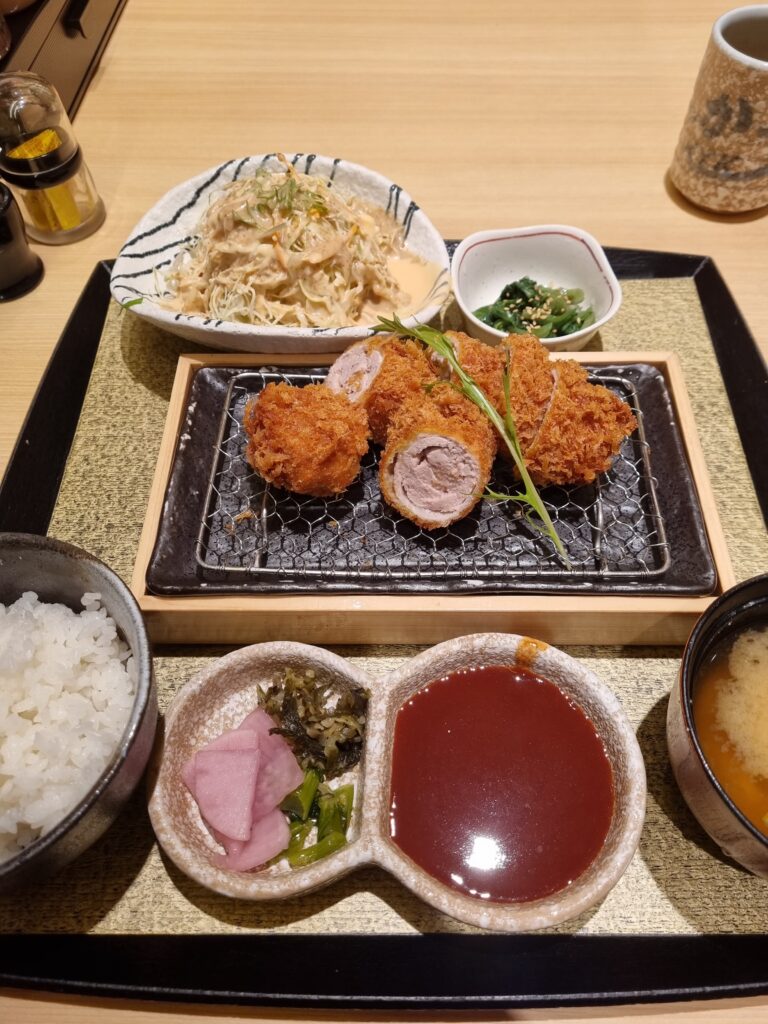
The best food I had wasn’t those that had long queues, but a mere omurice. I had it a family restaurant chain “Royal Host” while in Kyoto. The egg was so fluffy, the sauce goes very well with the rice, and the croquette just melted when I put it in my mouth. Ahh…

The best snack I had was the fried chicken from Family Mart (famichiki). It was really crispy and hits perfectly even though it was very oily.
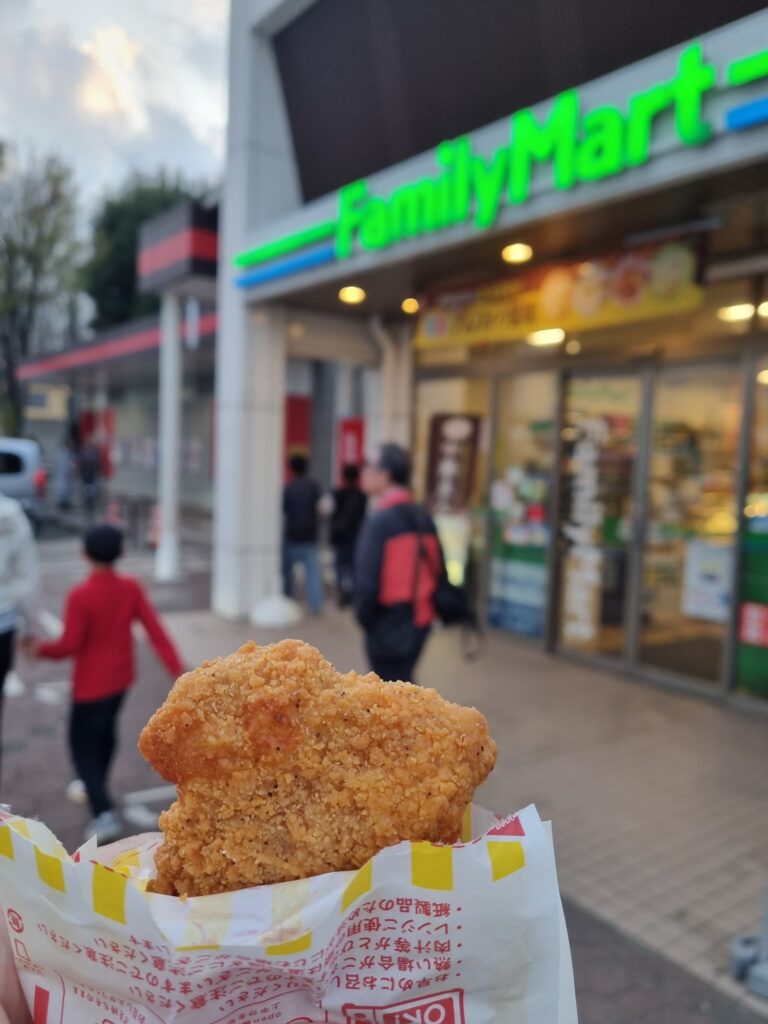
For bread, I really loved the melon-pan though I’m pretty sure there wasn’t any melon in its ingredients. I think here it is called “polo bun“.
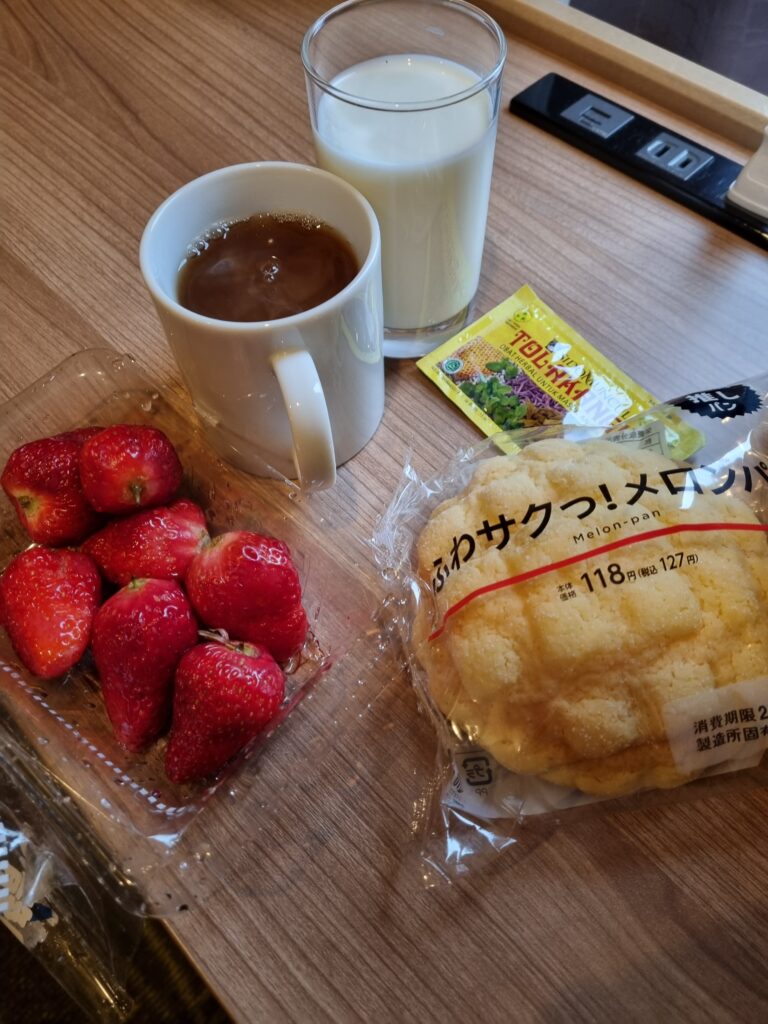
I had an incident with cup noodle where I opened it one morning and realized that I didn’t have the cutleries. I closed it back and ate it the next day after I went to a convenience store to ask for cutleries. Anyway, I had the “curry” instant noodle (as featured in Laid-Back Camp episode 1) and it tasted real good. The curry slaps!
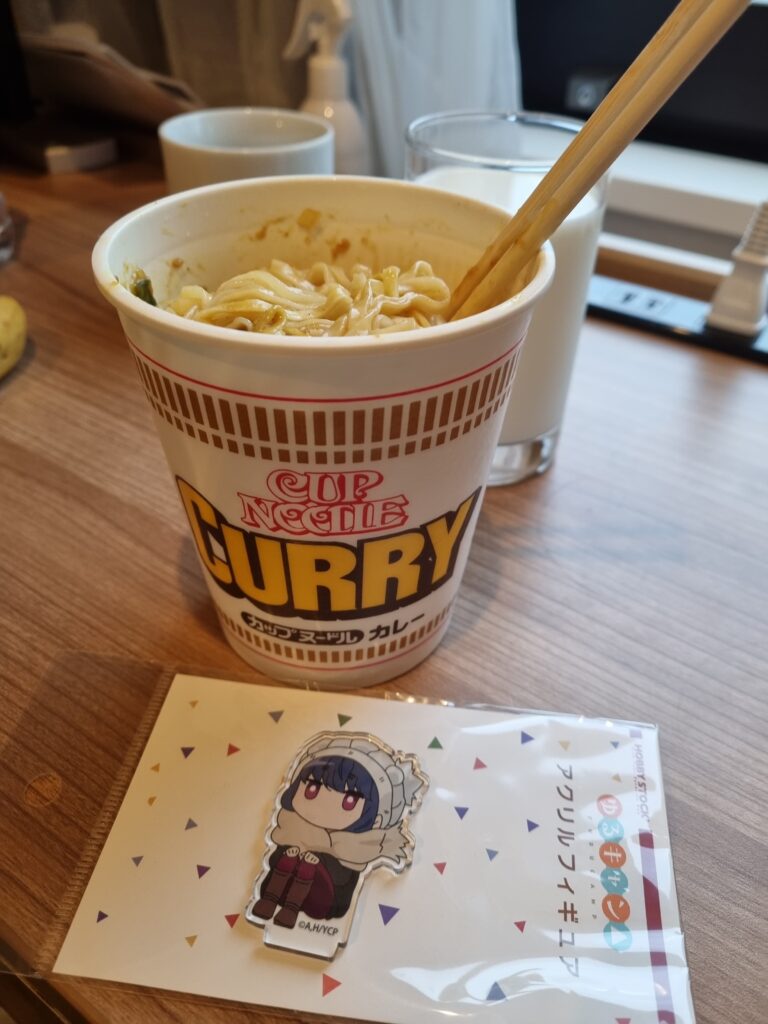
I observed that fruits in Japan were quite expensive. I asked my friend who had been staying there for more than 10 years and he mentioned that the most common fruit he ate was banana, since it was the cheapest. Quite interesting, since it wasn’t even produced locally.
Conclusion
What a journey. I planned this trip for months and finally managed to execute it.
This trip have some days that are quite packed and others that are quite relaxed. I enjoyed both kind of days. On the packed days, I could visit many places and clock more than 30,000 steps. On the relaxed days, I can chill at park, enjoy the sakura flowers, and reflect on life.
I encountered many ups and downs throughout the trip. I enjoyed places like theme parks and natural parks the most. I also manage to insert some anime pilgrimages and they were actually fun, like a self-imposed photo treasure hunt. I also learned that health is very important as it may affect the plan execution drastically.
I think I did not have much problem to communicate with the locals. I also think I can adapt well to the food, culture, and public transportation there.
Overall, I really enjoyed this trip very much. While I visited a lot of places, still, I had this feeling that I didn’t see enough, especially in the Kansai area. Perhaps, time to plan for another Japan trip? 🤣


Pingback: Ikuyo: Plan Your Next Trip – Kenrick's Notes